Steps Involved in a Professional Furnace Installation
%20(1)%20(1).webp)
Steps Involved in a Professional Furnace Installation
Ensuring that your home stays warm and comfortable during the colder months begins with a proper furnace installation. A professionally installed furnace can offer reliable heating and improved energy efficiency, which is essential for maintaining a cozy home environment. Understanding the steps involved in a furnace installation can help you prepare and make informed decisions regarding your heating system.
Assessing Your Home's Heating Needs
The first step in a professional furnace installation is assessing your home's heating needs. This assessment ensures that the chosen furnace will provide enough warmth and operate efficiently. Our professionals consider several factors during this evaluation.Firstly, they measure the size of your home. Larger homes require more powerful furnaces to distribute heat evenly. Conversely, smaller homes may not need as much heating power, and an oversized furnace can lead to unnecessary energy consumption and frequent furnace maintenance.Secondly, insulation levels are checked. Proper insulation helps retain heat, allowing the furnace to work more efficiently. Our technicians will examine the insulation in your walls, attic, and crawl spaces to determine its effectiveness. Based on this evaluation, they may recommend improvements to your home’s insulation to enhance the new furnace's performance.Lastly, they inspect your existing ductwork and potential airflow issues. Well-maintained ducts are essential for consistent heating and energy efficiency. Any leaks or blockages can hinder the performance of your new furnace. By addressing these factors before installation, our professionals ensure that your new heating system operates at its best.
Selecting the Right Furnace System
Once your home's heating needs are assessed, the next step is selecting the appropriate furnace system. Various factors influence this decision, and our technicians help guide you through the process to ensure the best fit for your home.First, you must choose between different fuel types. Furnaces can operate using natural gas, oil, or electricity. Each option has its own advantages, and our professionals will explain these to help you determine the most suitable choice. For instance, natural gas is often more cost-effective, while electric furnaces are known for their safety and ease of installation.Next, consider the furnace's efficiency rating. Higher efficiency models consume less energy, leading to reduced energy bills. Although these models might have a higher initial cost, the long-term savings and lower need for frequent furnace repair can make them a worthwhile investment.Finally, decide on additional features that could enhance your furnace's performance. Modern furnaces come with features such as variable-speed blowers and two-stage heating, which provide better temperature control and comfort. Our technicians will outline these options and explain how they can benefit your home.
Preparing for Installation Day
Preparing for furnace installation day ensures the process goes smoothly and efficiently. There are several steps you can take to get ready for our professionals to arrive.First, clear the area around the existing furnace or the space where the new furnace will be installed. Removing clutter and any obstacles allows our technicians to work more efficiently and safely. This step ensures ample space for the new unit and easier access for the installation team.Second, inform everyone in your household about the installation day. This helps minimize disruptions and ensures everyone is aware of any temporary changes. It also ensures that our professionals can work without interruptions and complete the installation as quickly as possible.Lastly, check for any necessary permits or approvals. Sometimes, local regulations require permits for furnace installation. Our professionals can guide you through this process, ensuring that all legal requirements are met. Being prepared for installation day helps make the process seamless and stress-free.
The Installation Process
The actual furnace installation process involves several precise steps carried out by our skilled technicians. Understanding these steps can help you be more comfortable and informed about the procedure.First, our technicians will safely remove the old furnace, if present. This involves disconnecting it from the power supply, gas, and ductwork. They take care to do this step properly to avoid any damage or safety hazards.Next, they will prepare the installation site. This includes cleaning the area and making any necessary adjustments to fit the new furnace. Proper preparation ensures the new unit will be installed securely and operate efficiently.Then, the new furnace is installed and connected to the existing ductwork and power supply. Our professionals ensure that all connections are secure and meet safety standards. They will also integrate the furnace with your home's thermostat for optimal temperature control.Finally, our technicians will test the system to ensure it operates correctly. They will check for proper airflow, correct temperature output, and overall system performance. This testing phase ensures that your new furnace is working perfectly before they leave your home.
Conclusion
A successful furnace installation involves several important steps, from assessing your home's heating needs to the actual installation process. Each step is crucial to ensure that your new furnace provides efficient and effective heating throughout its lifespan.For expert furnace installation in Cashmere, trust Central Washington Heating and Air. Contact us to schedule your furnace installation and ensure your home stays warm and comfortable all year round!
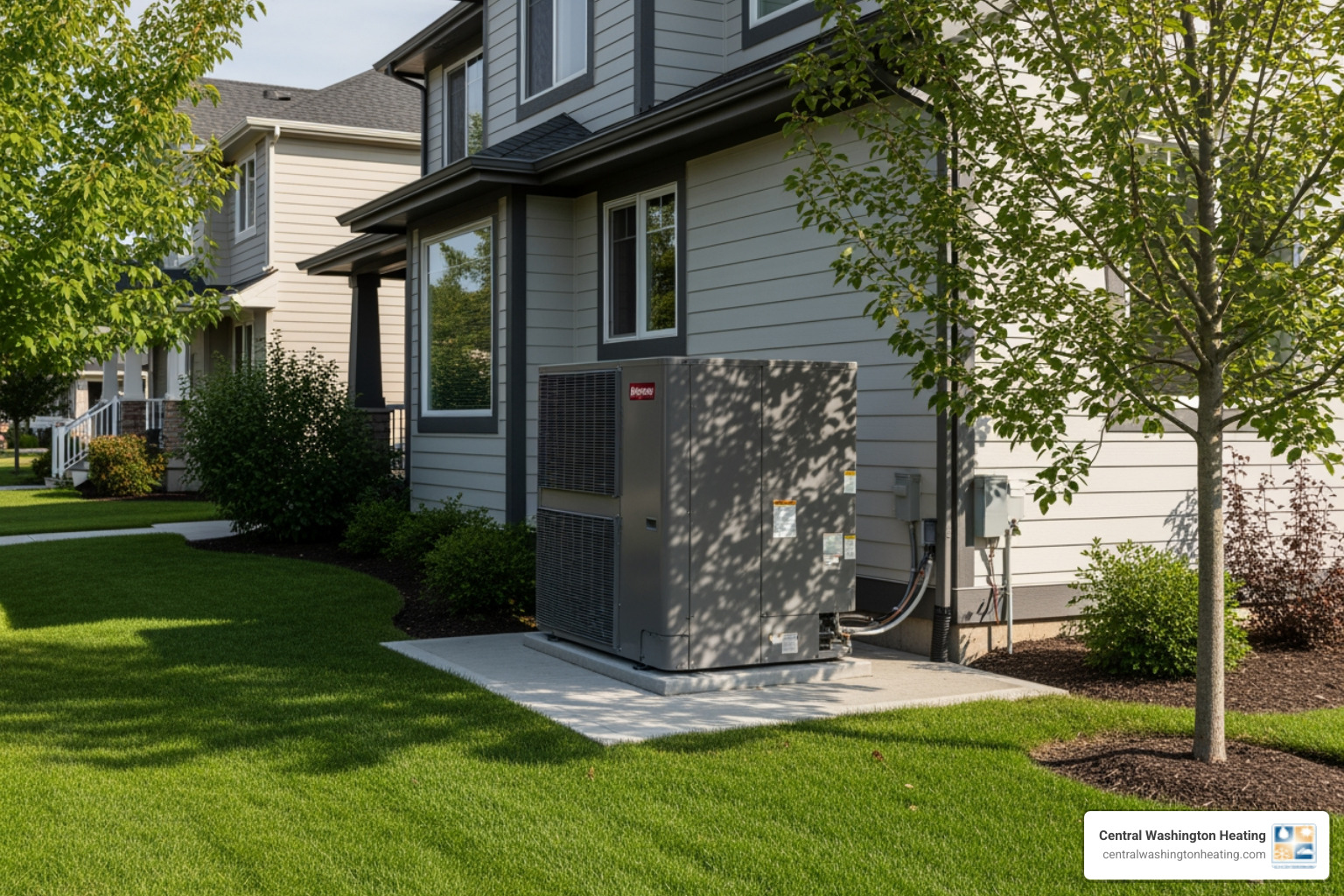
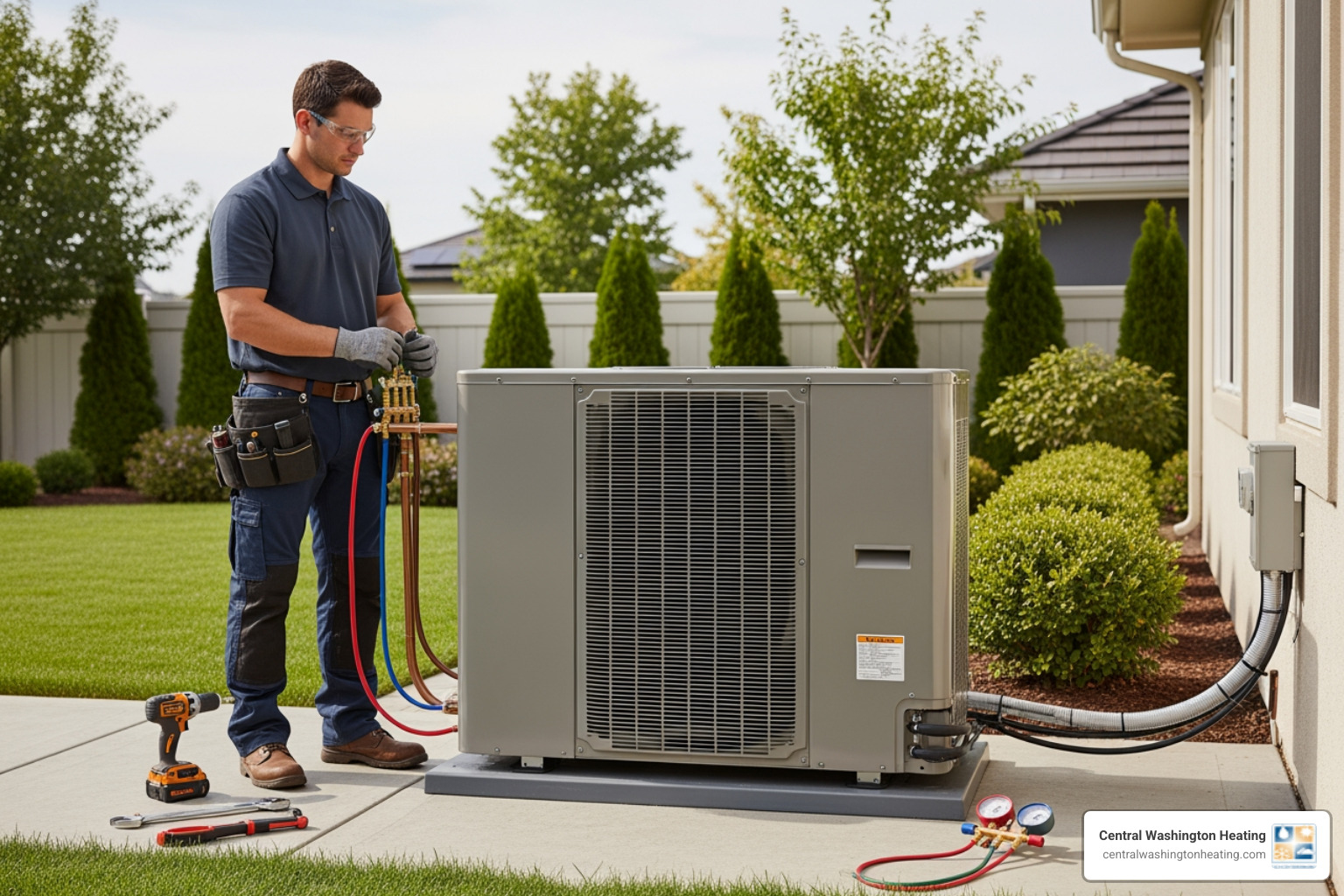
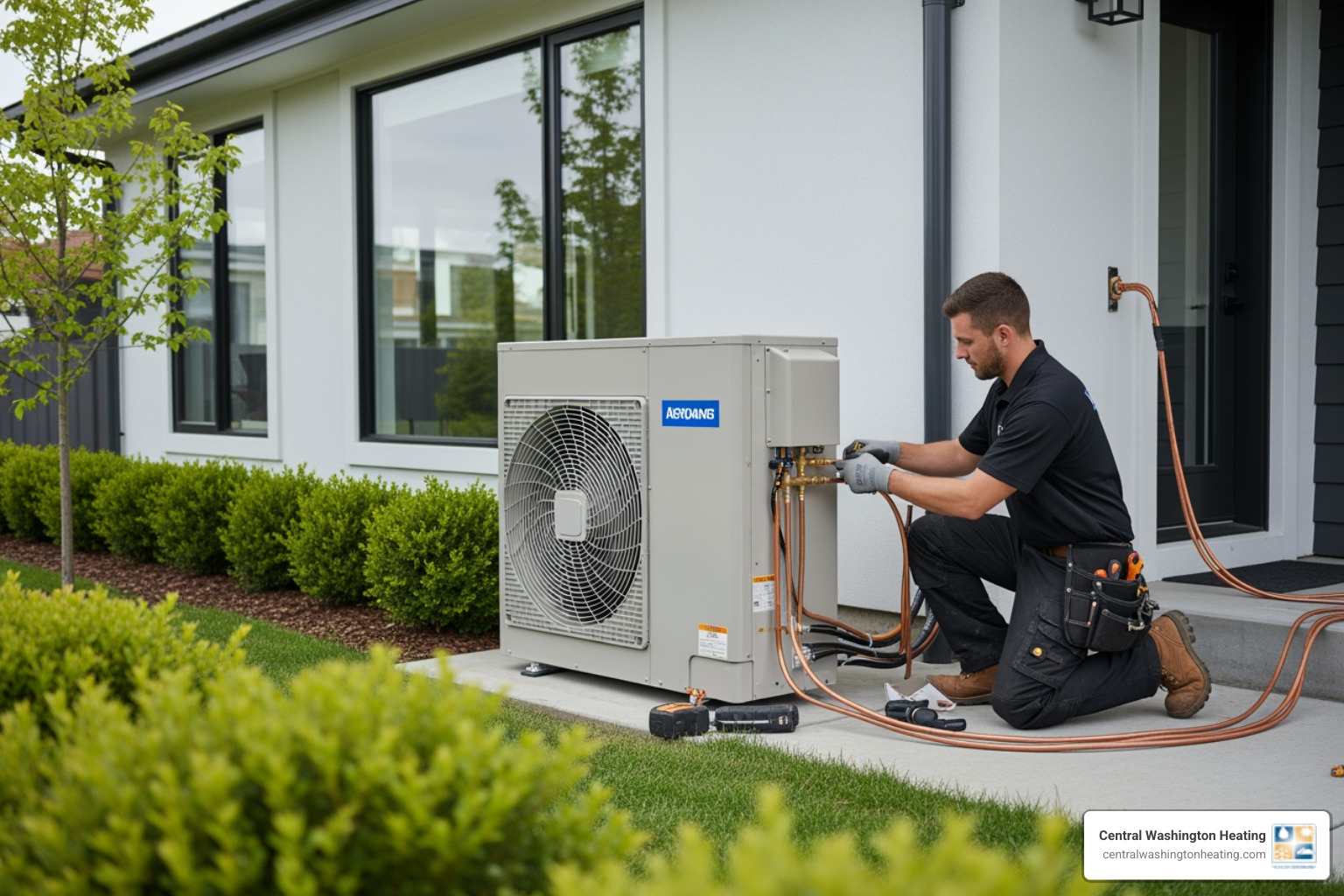

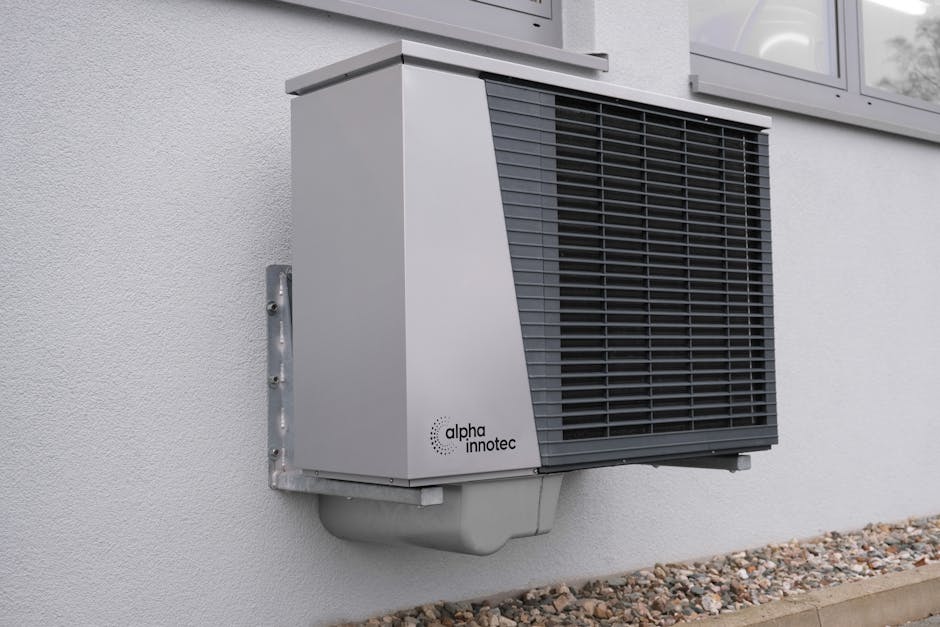
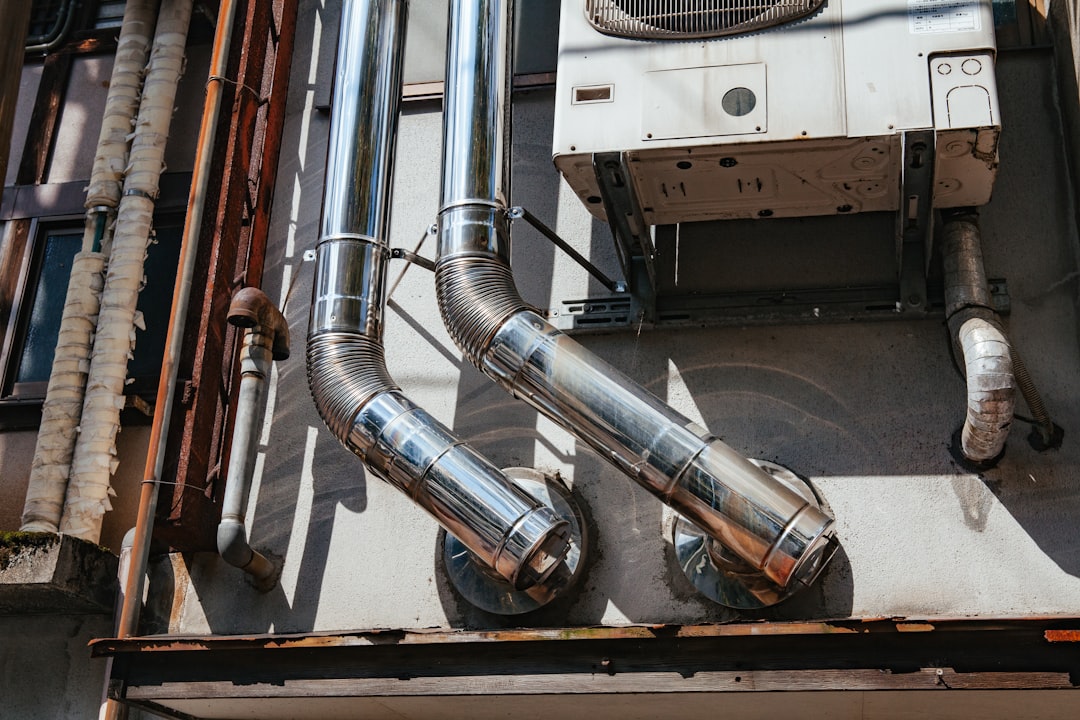
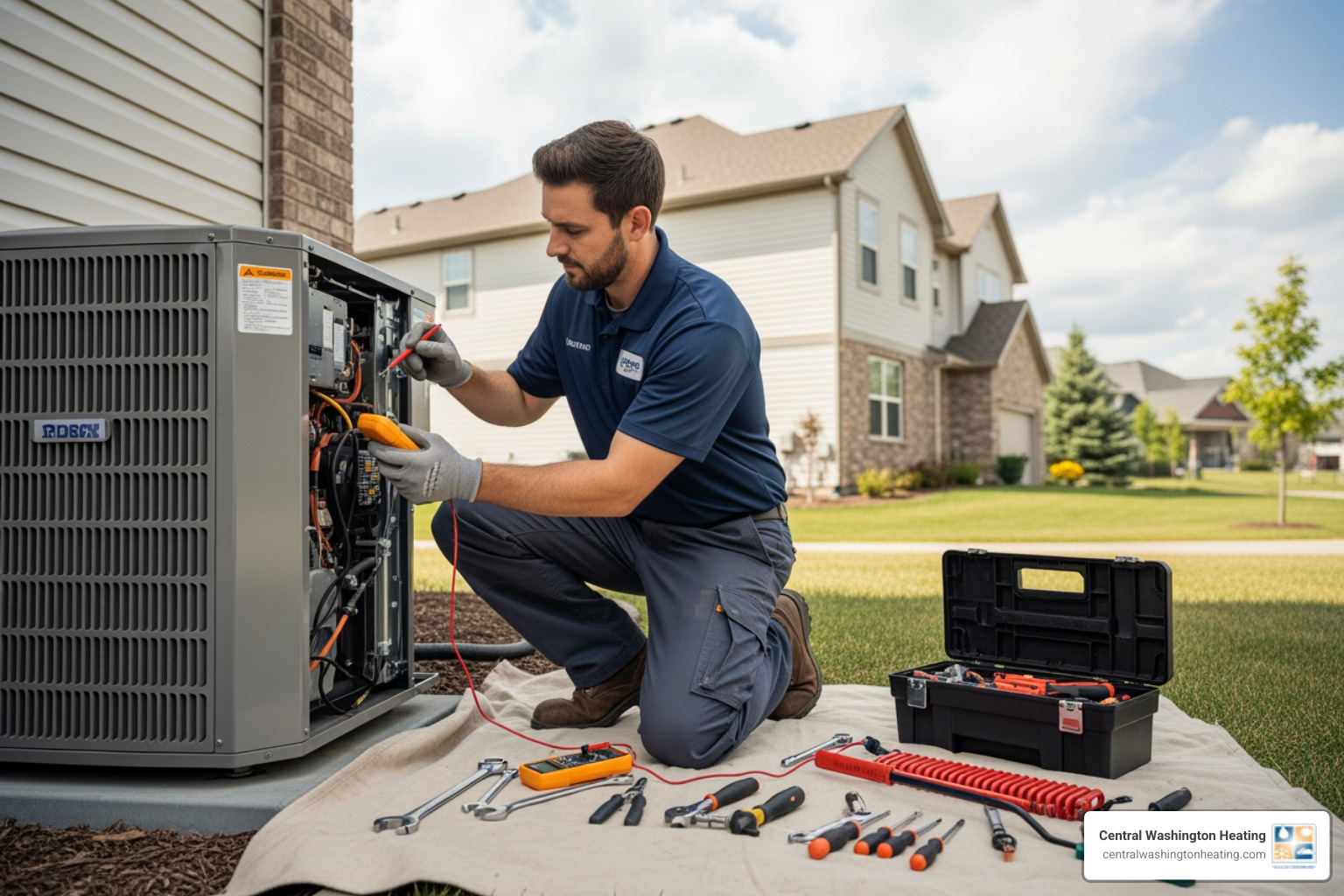
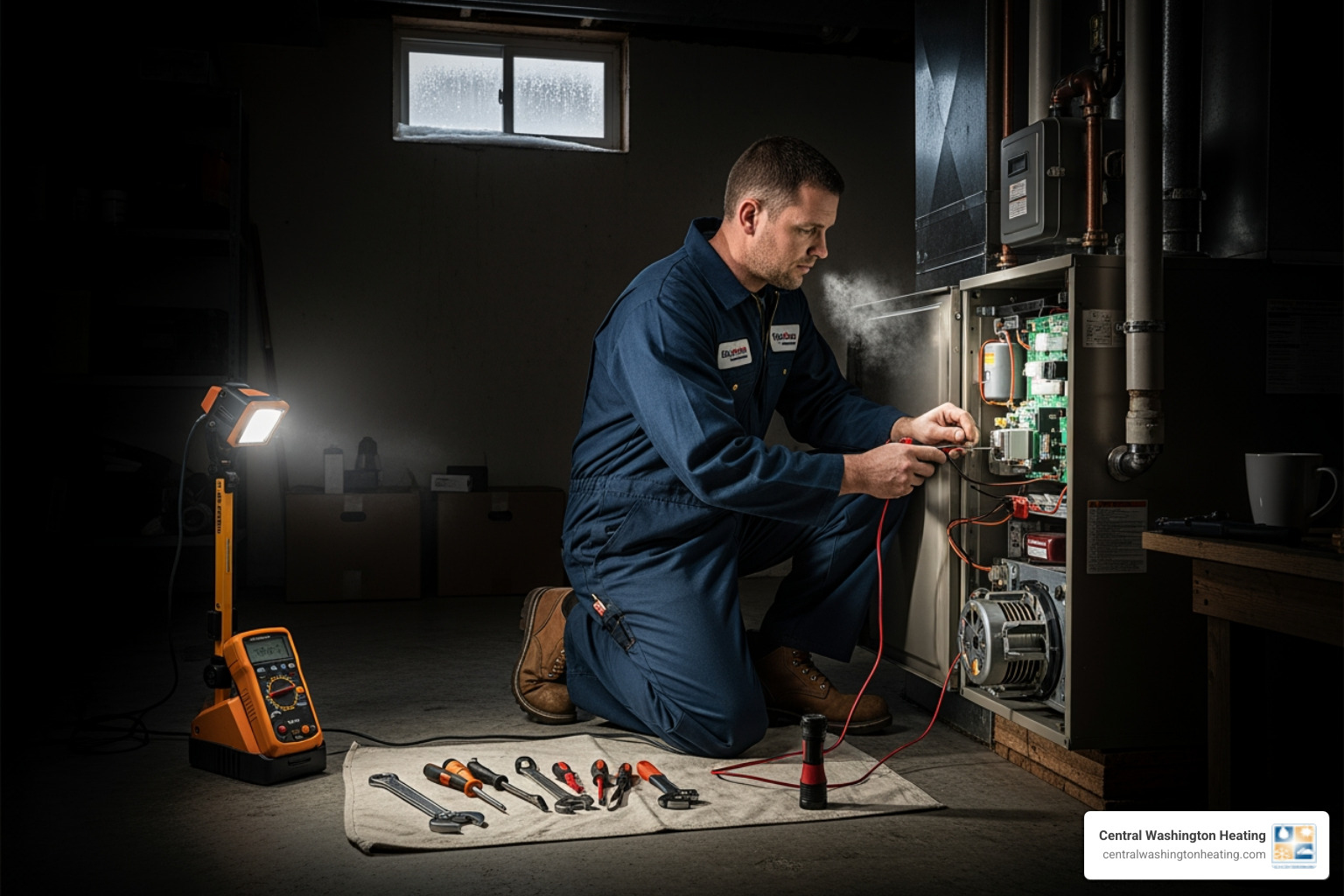
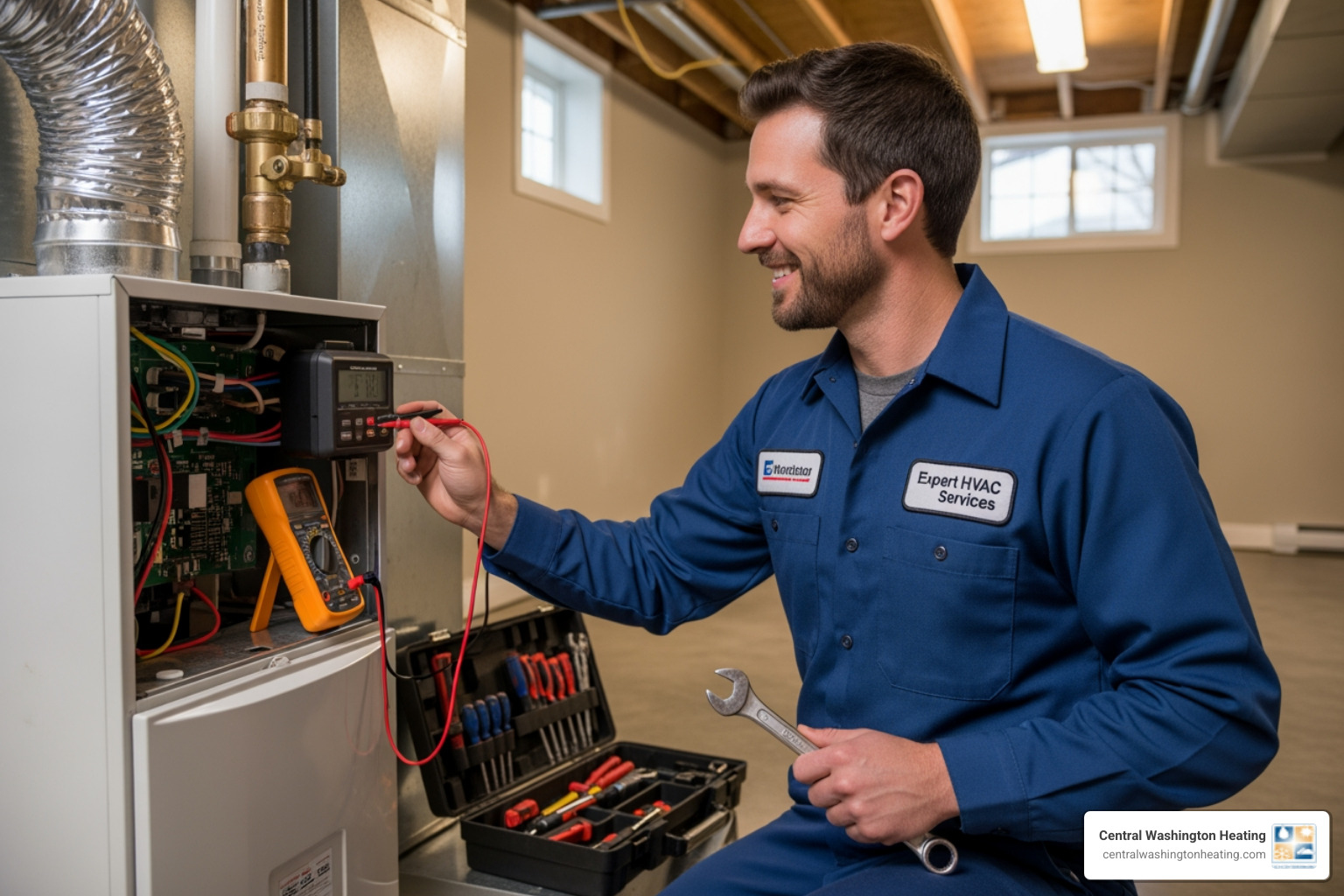

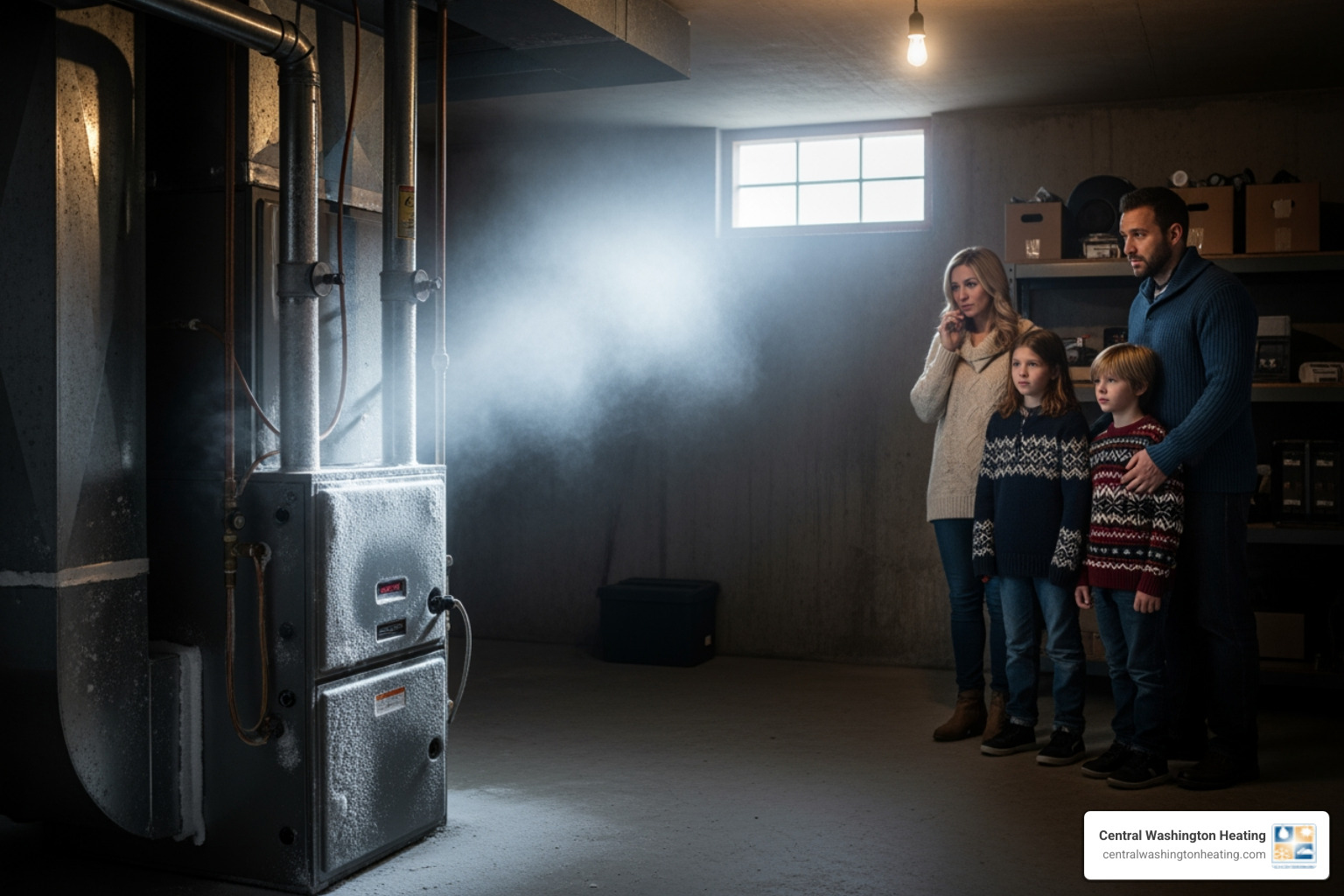

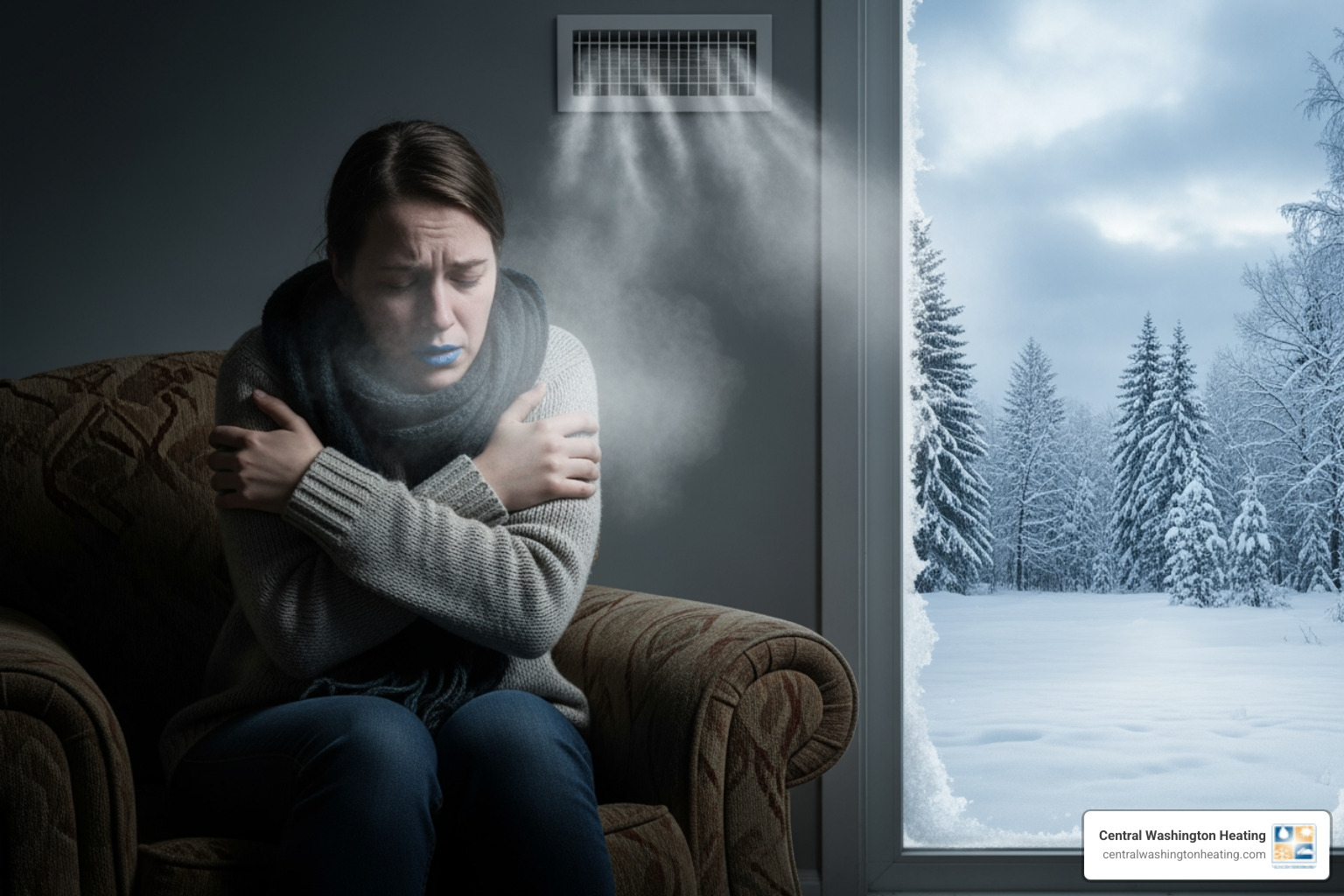
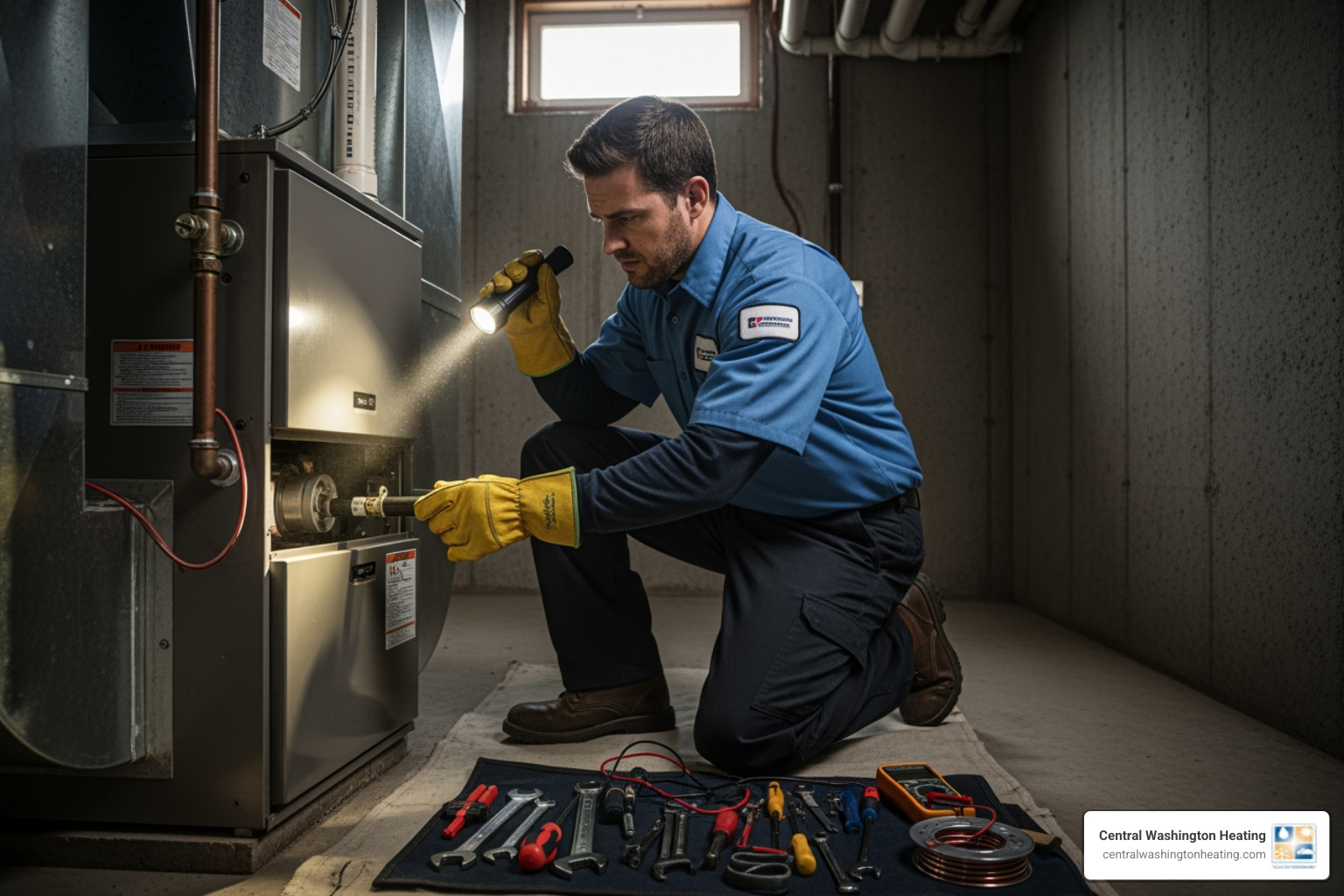

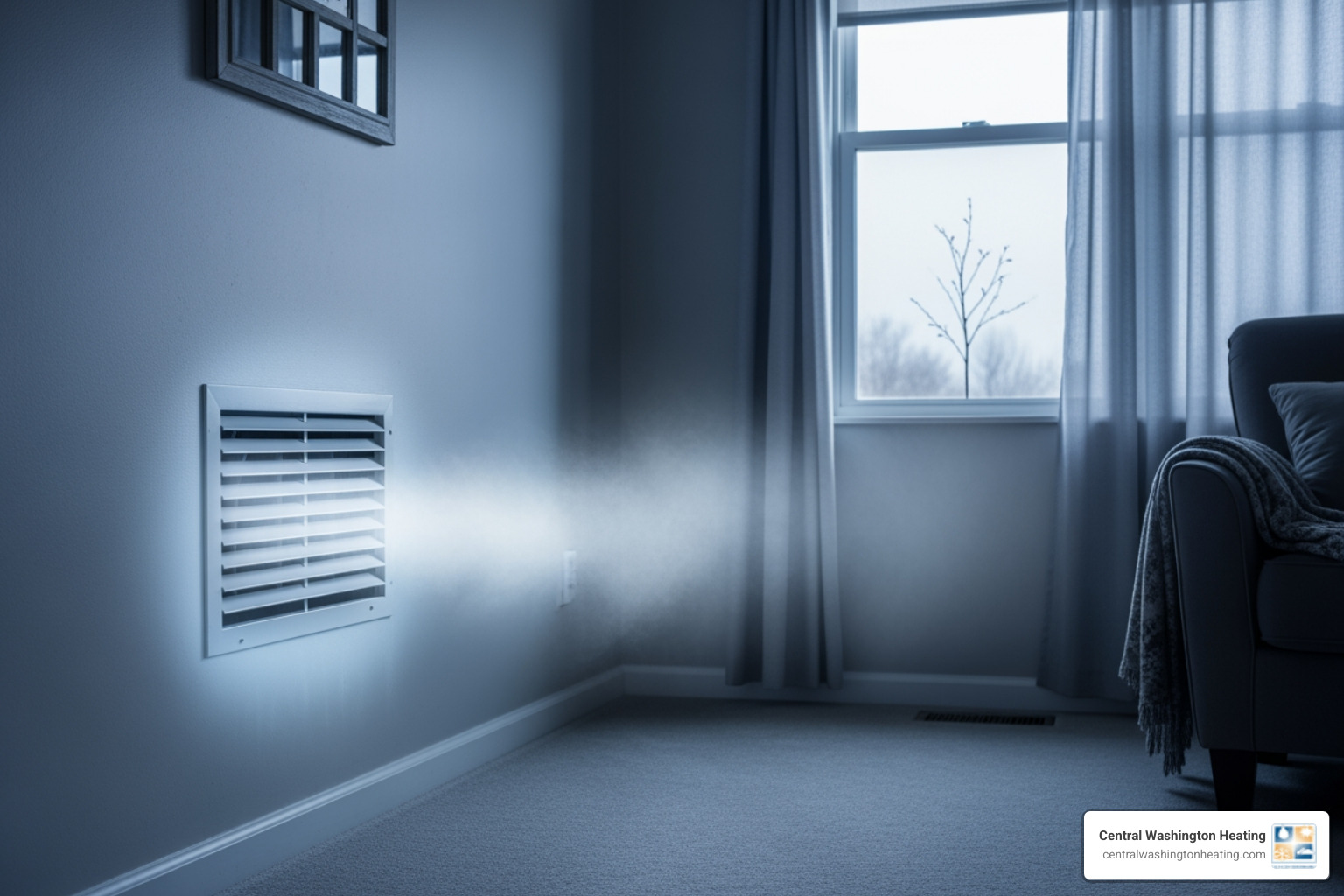



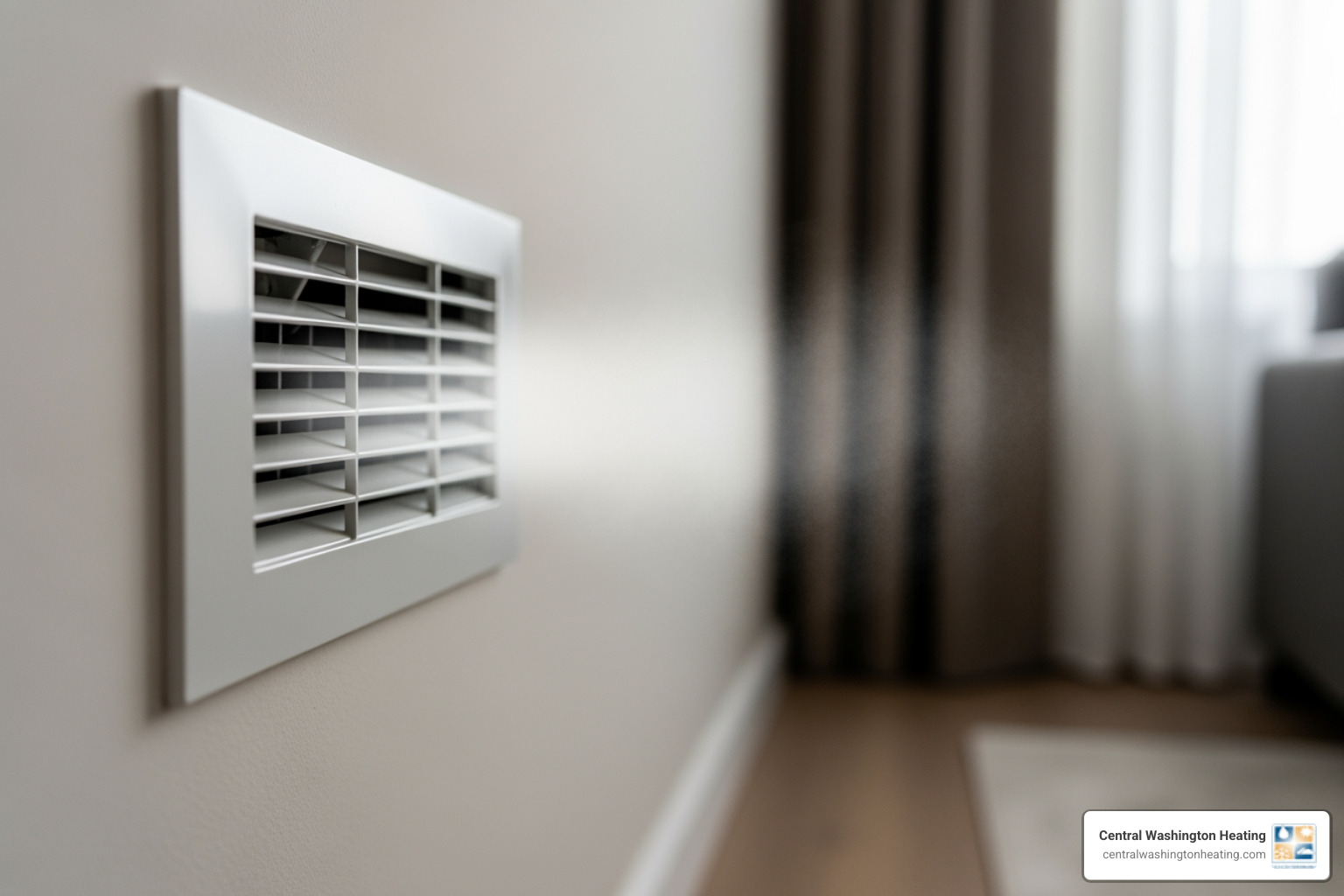
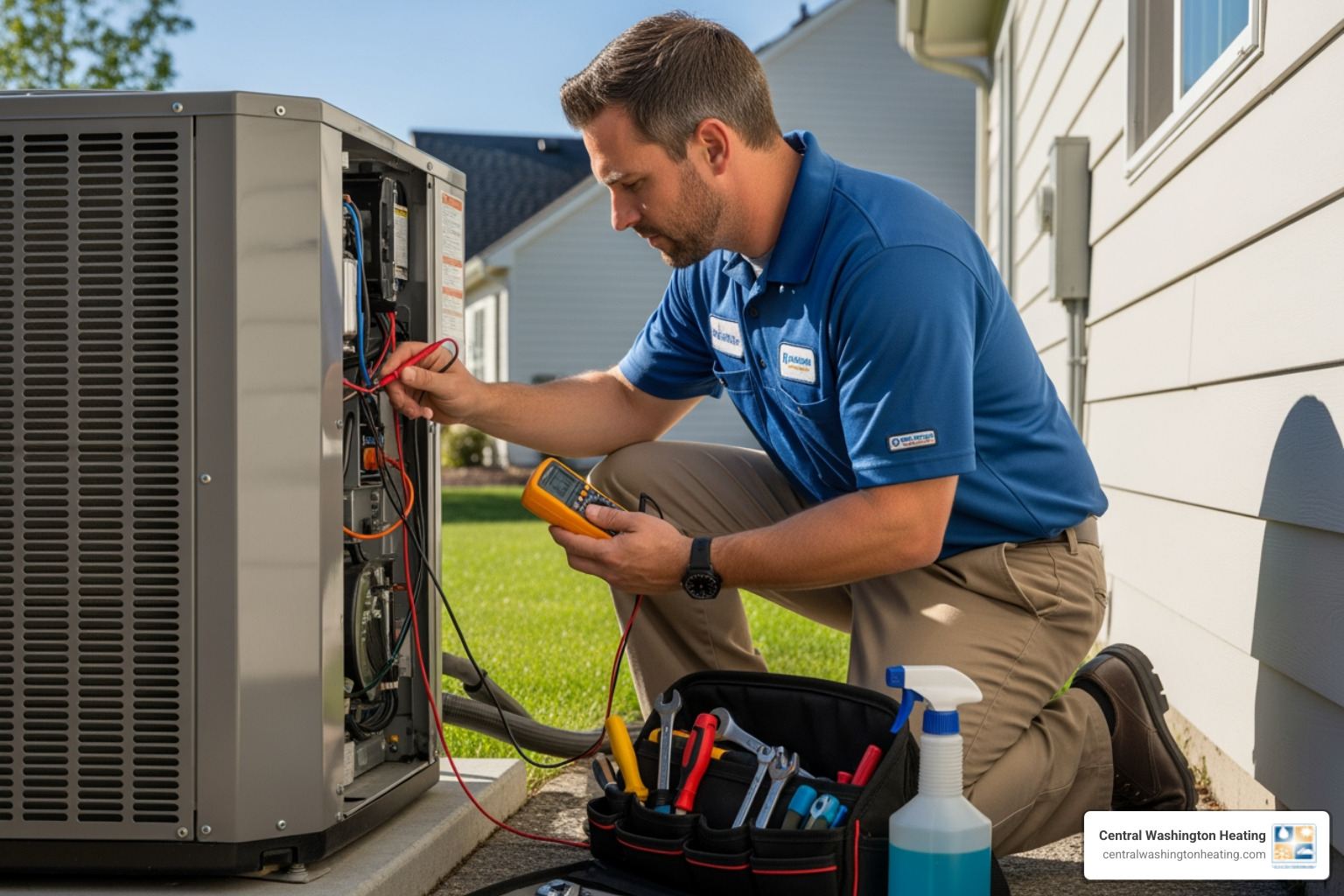
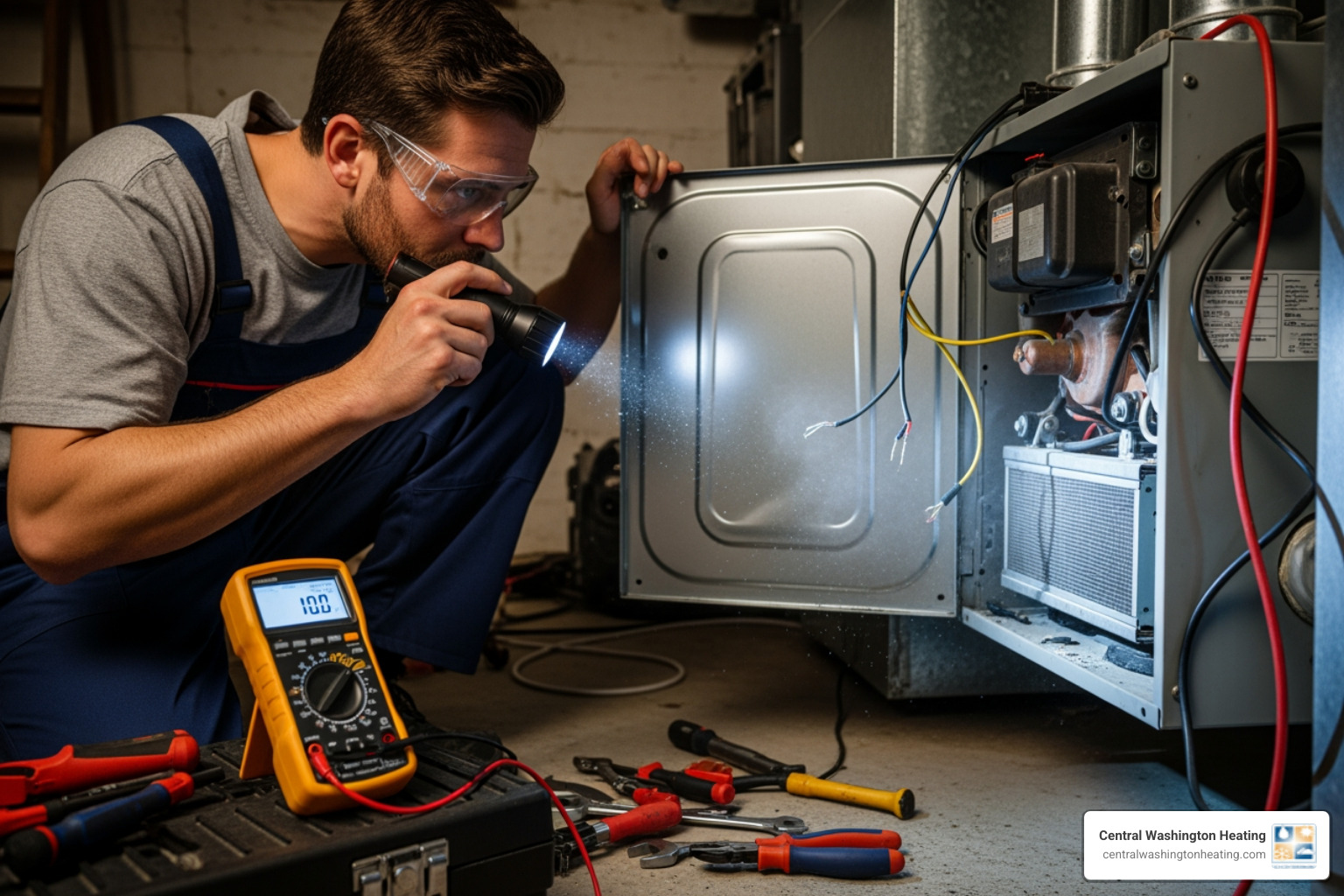
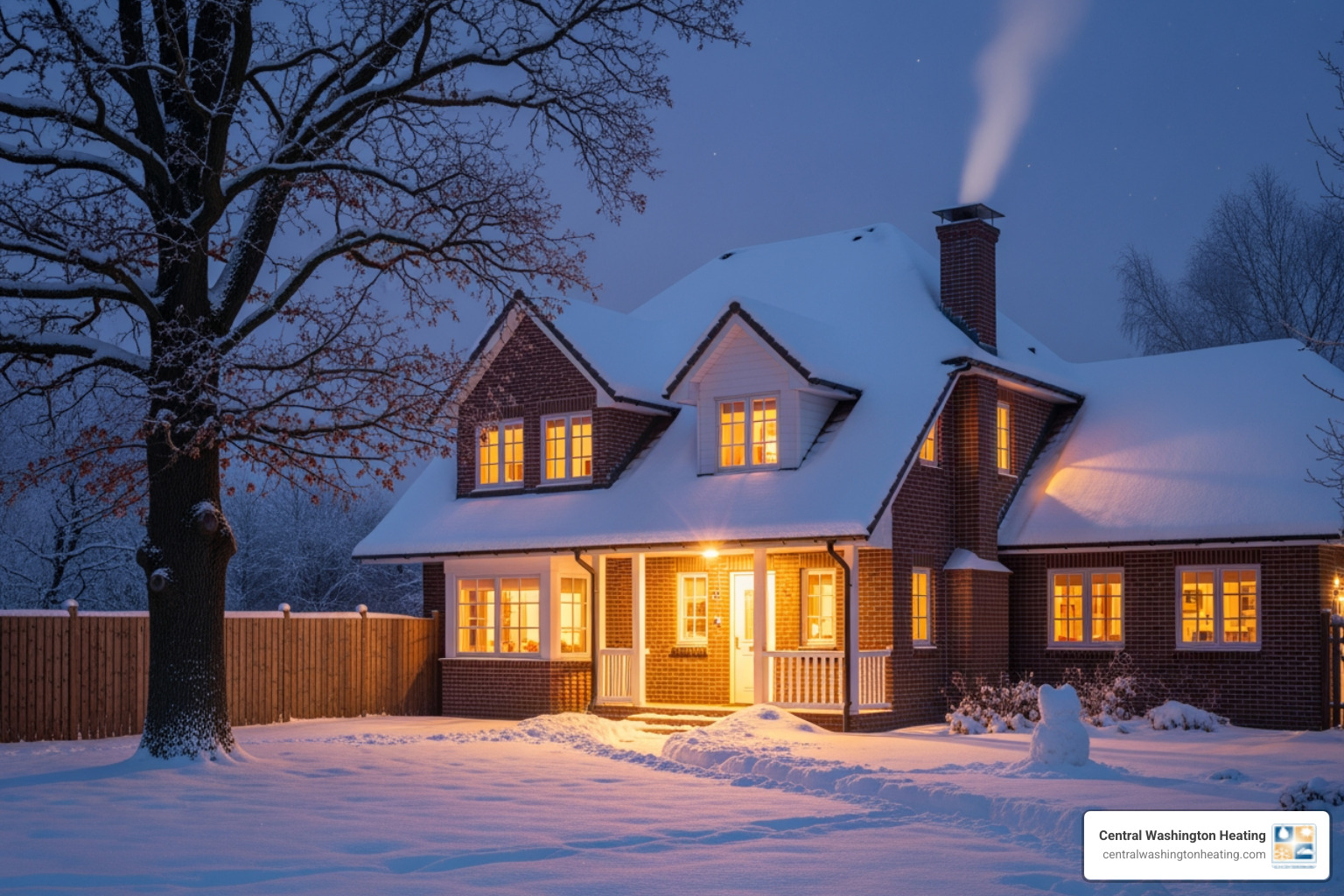
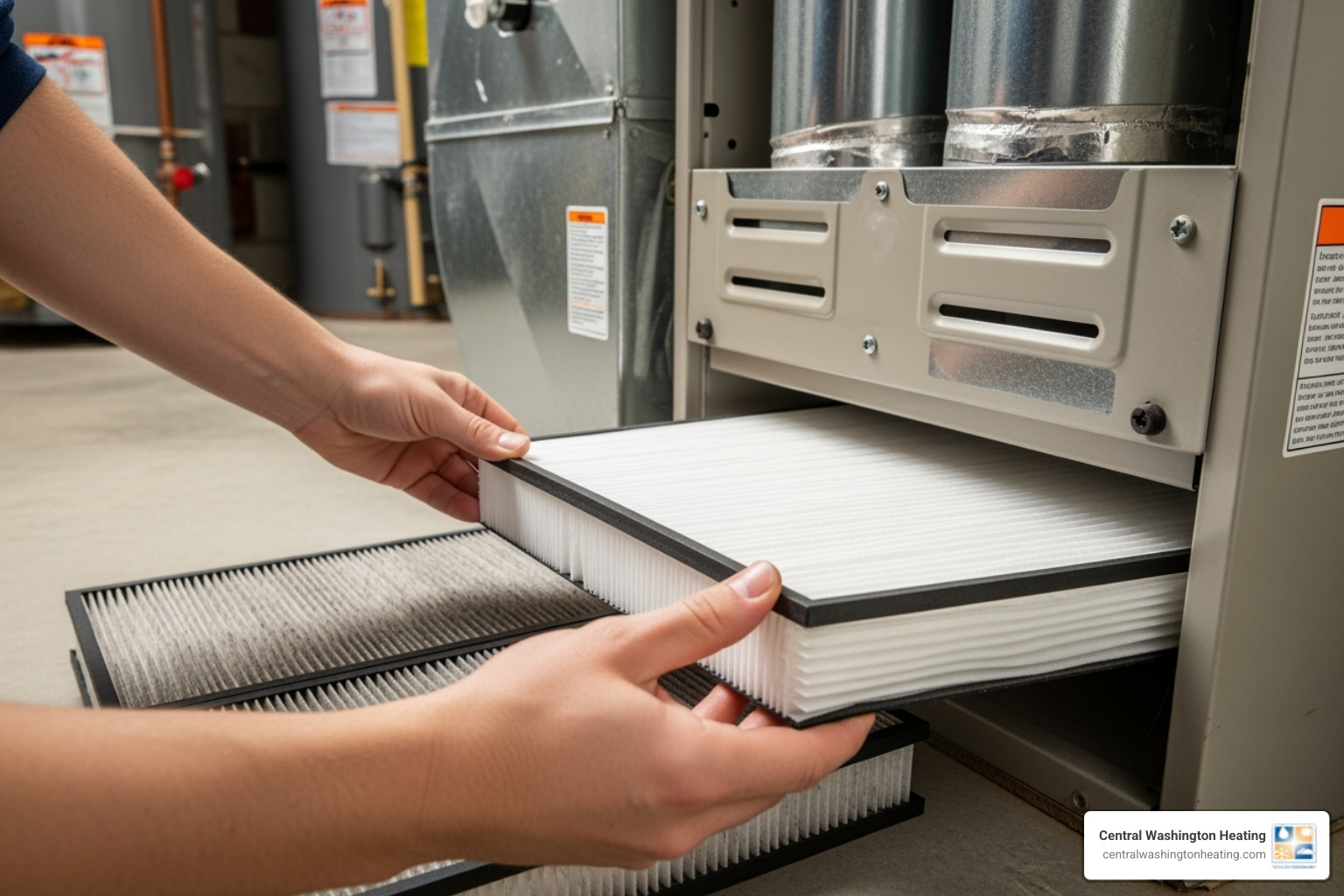
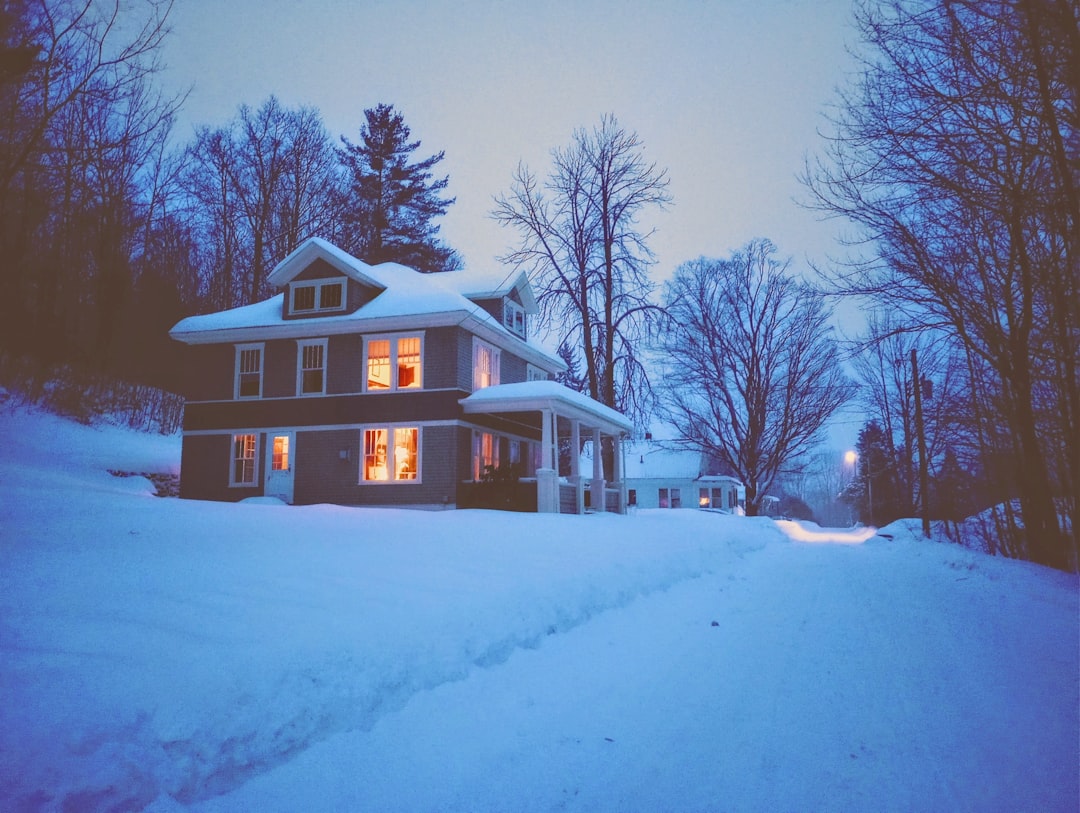
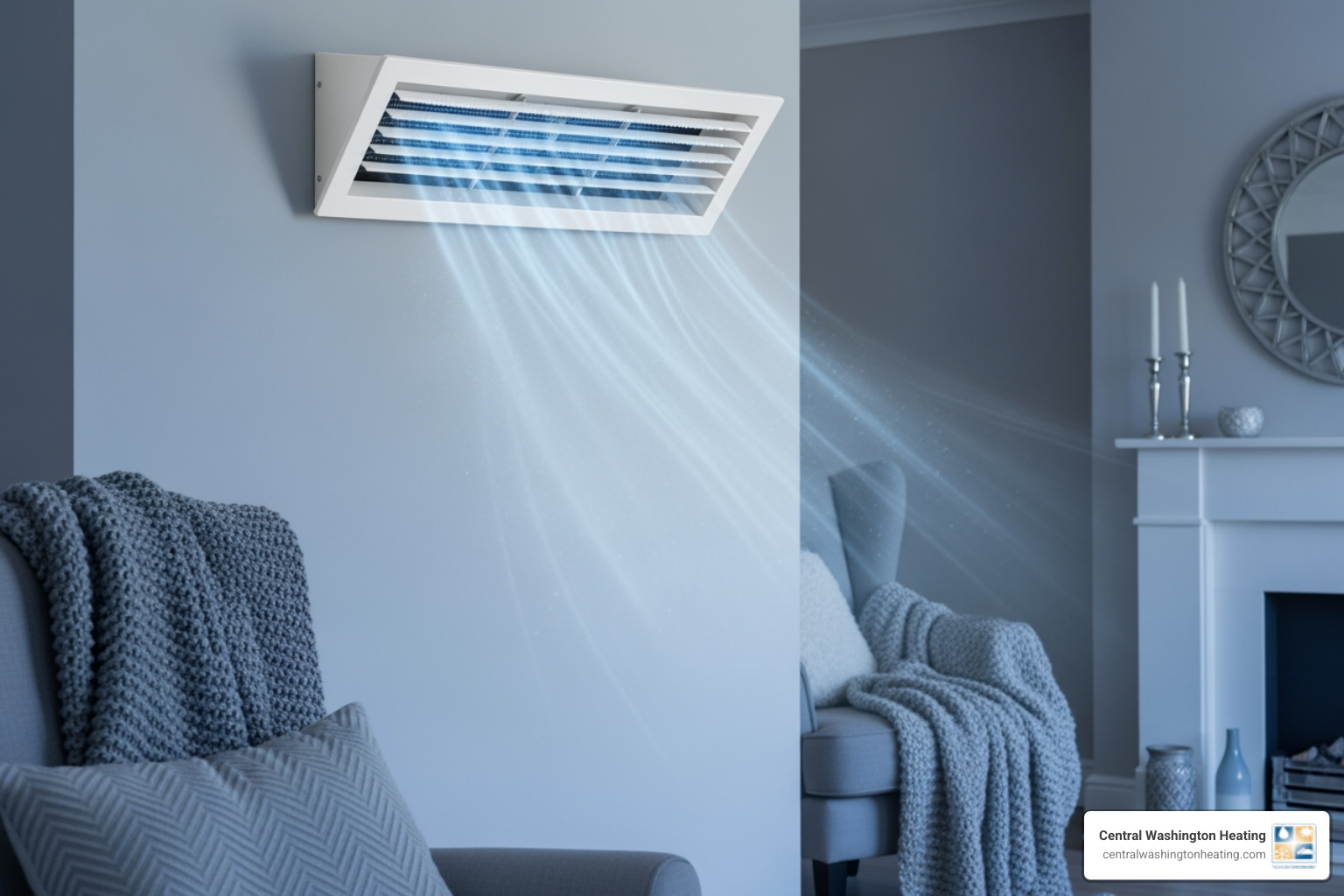
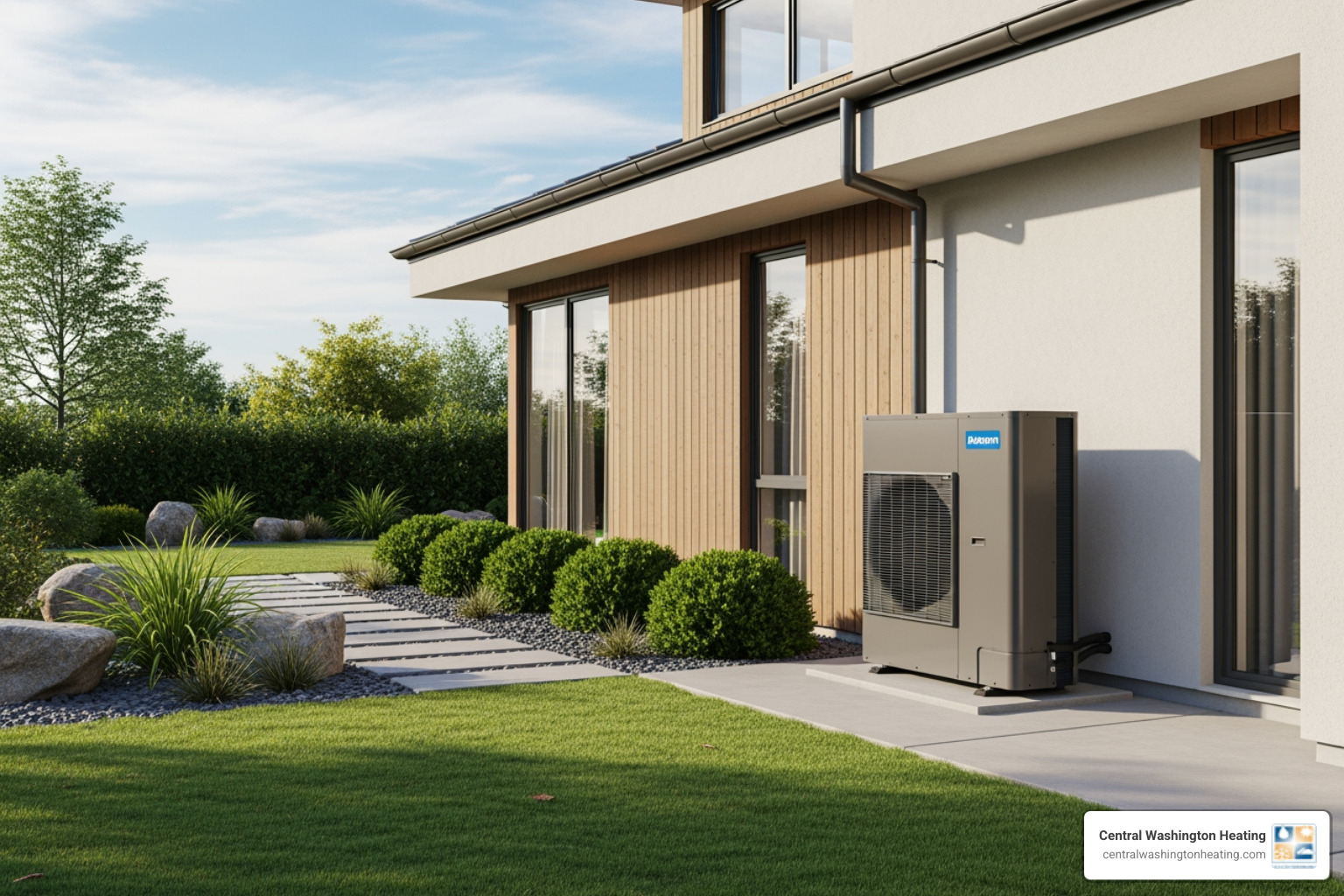
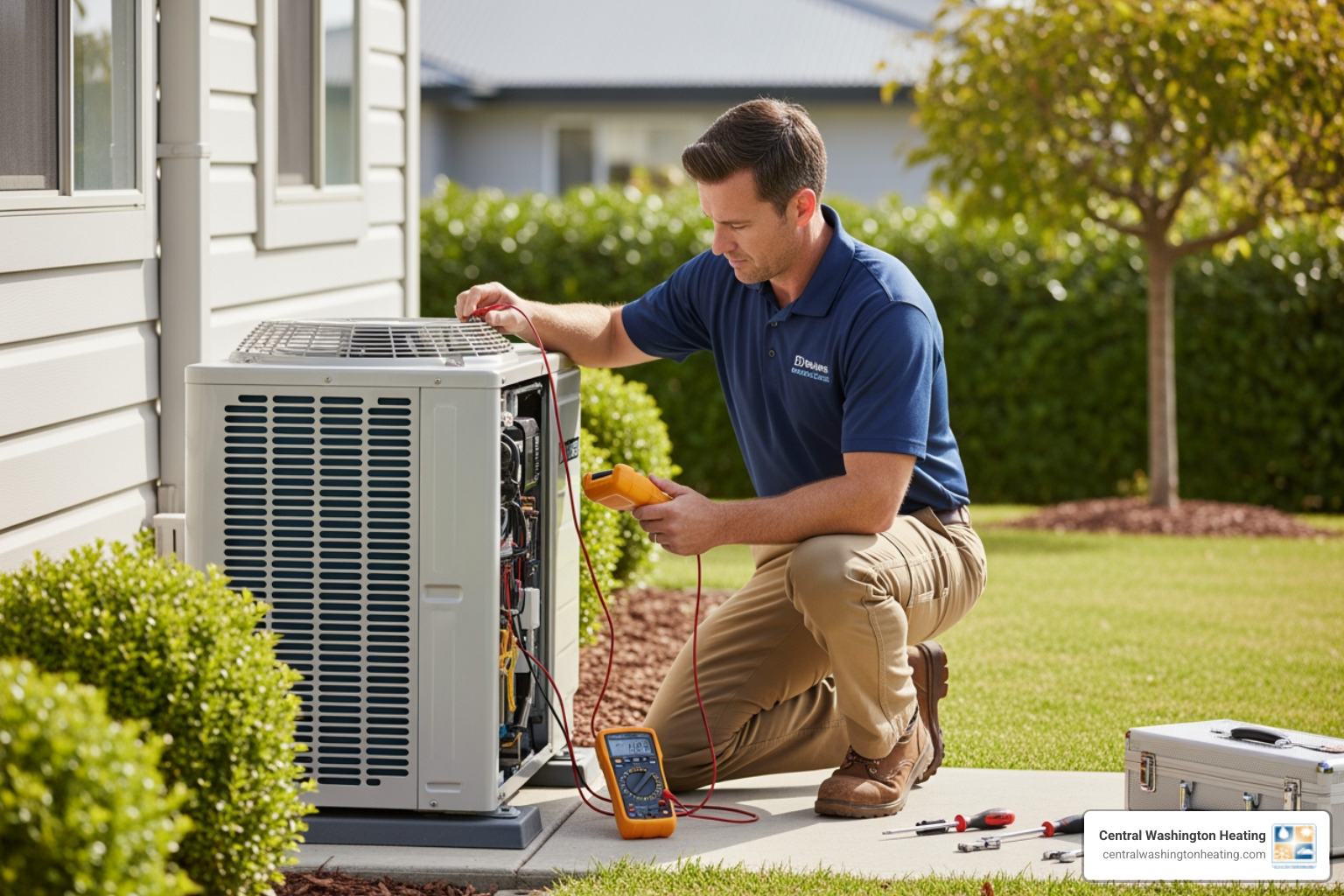
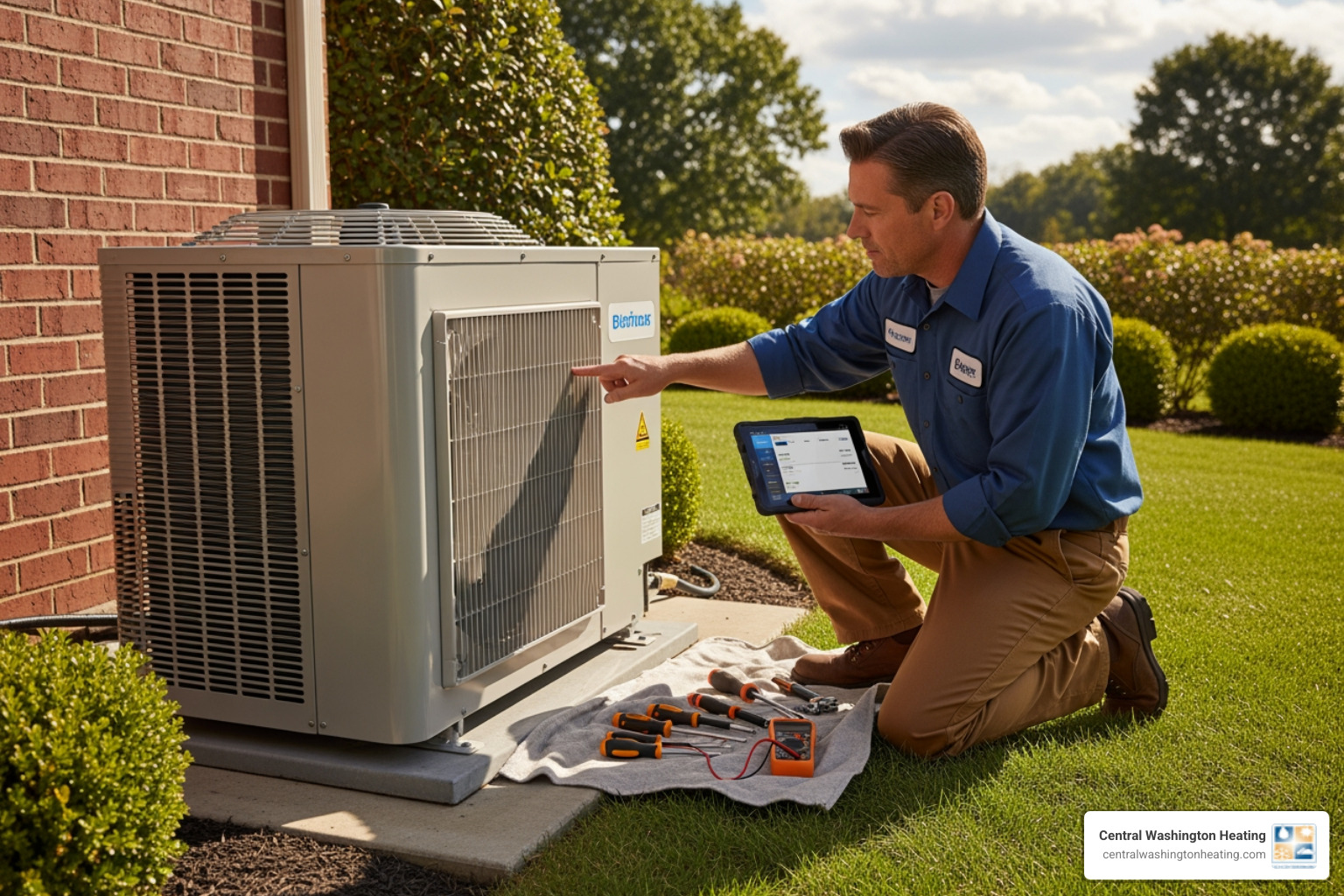
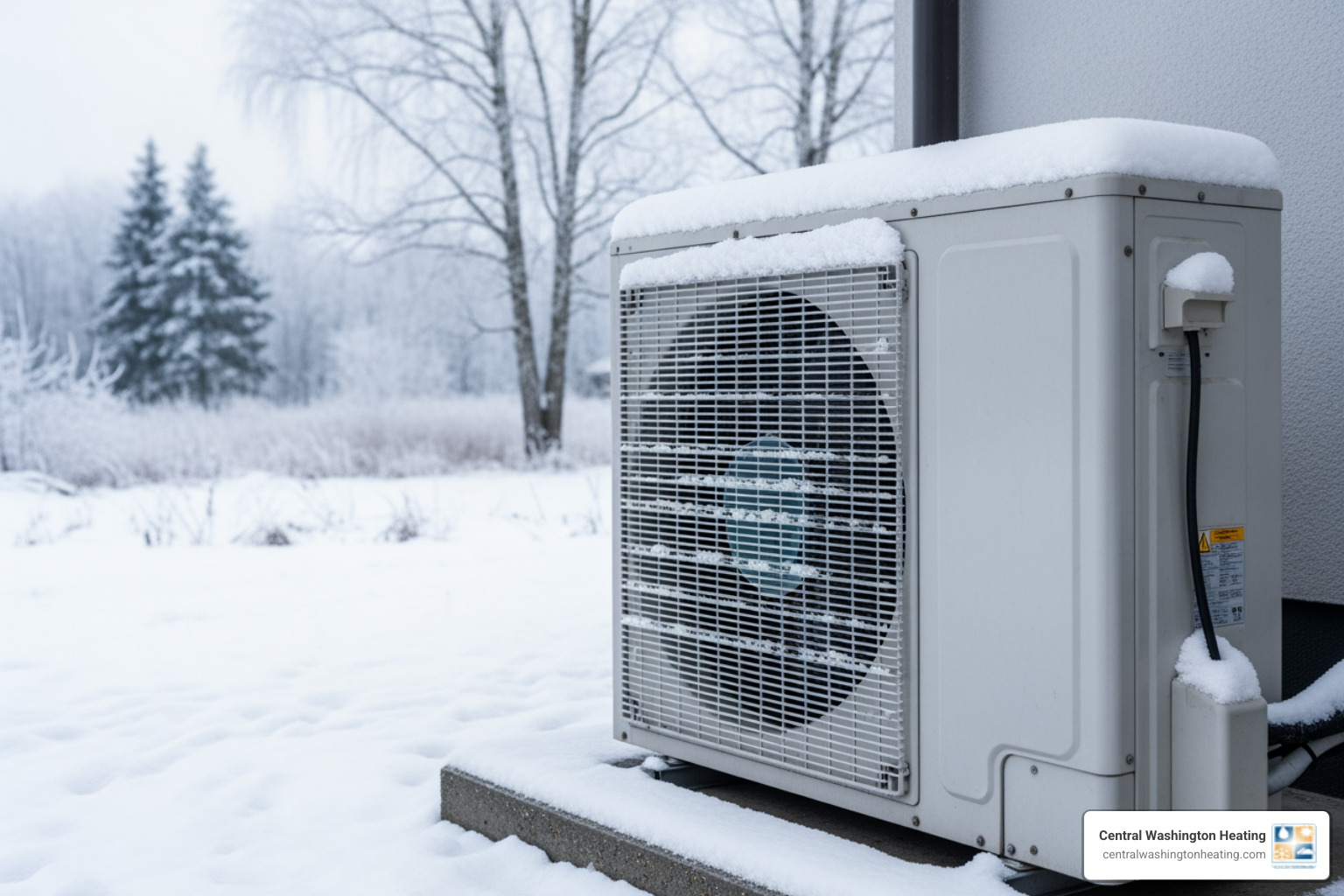
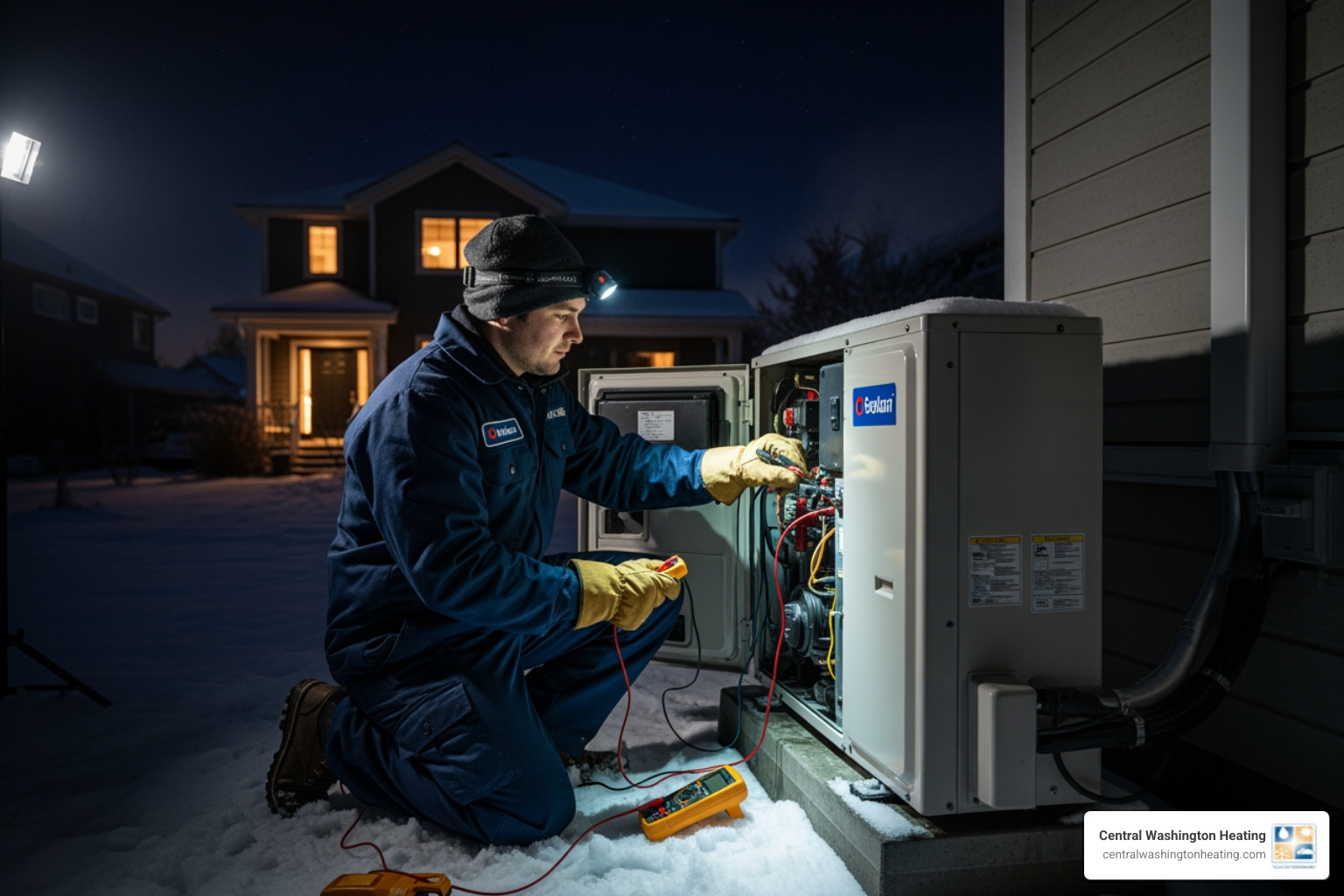

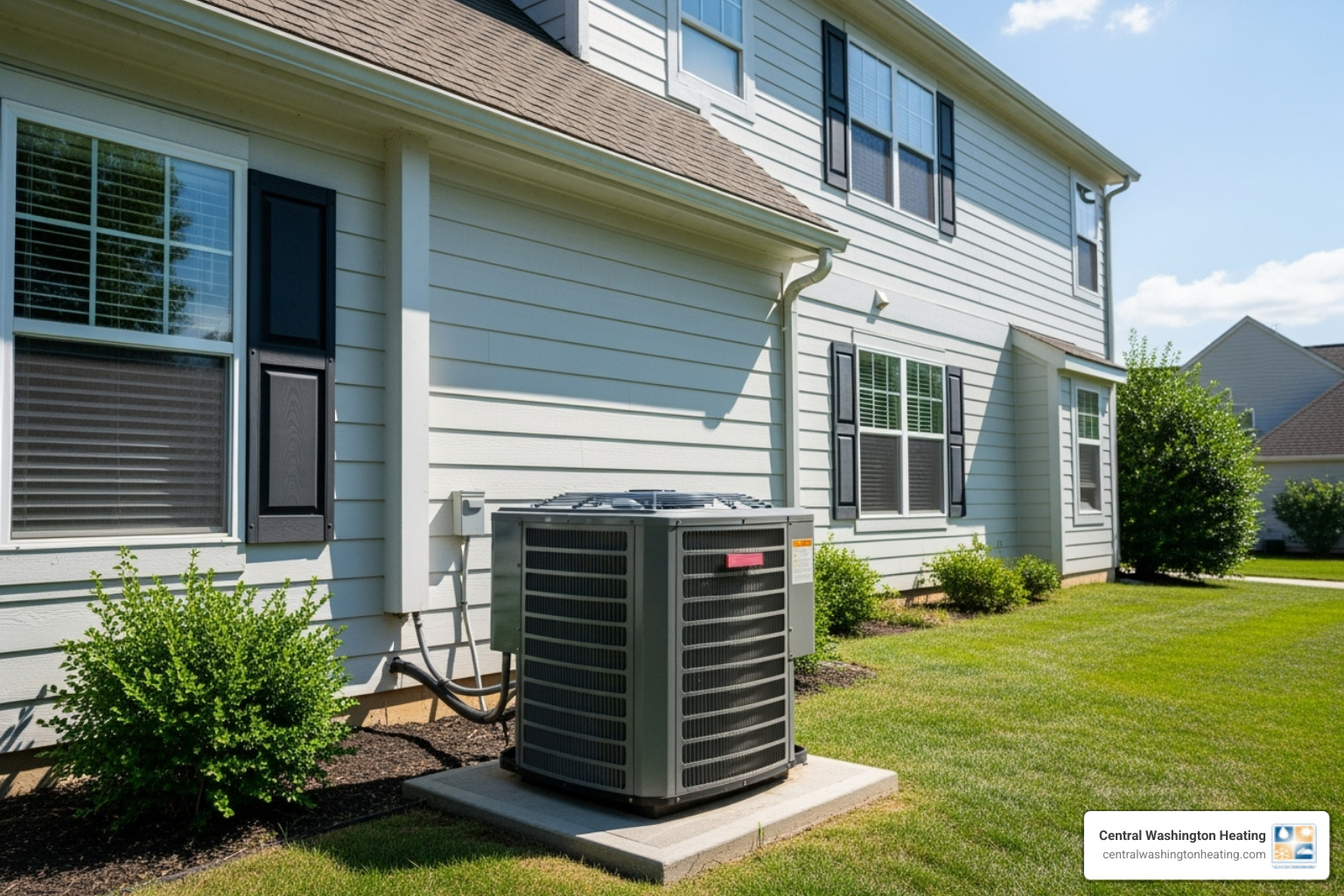

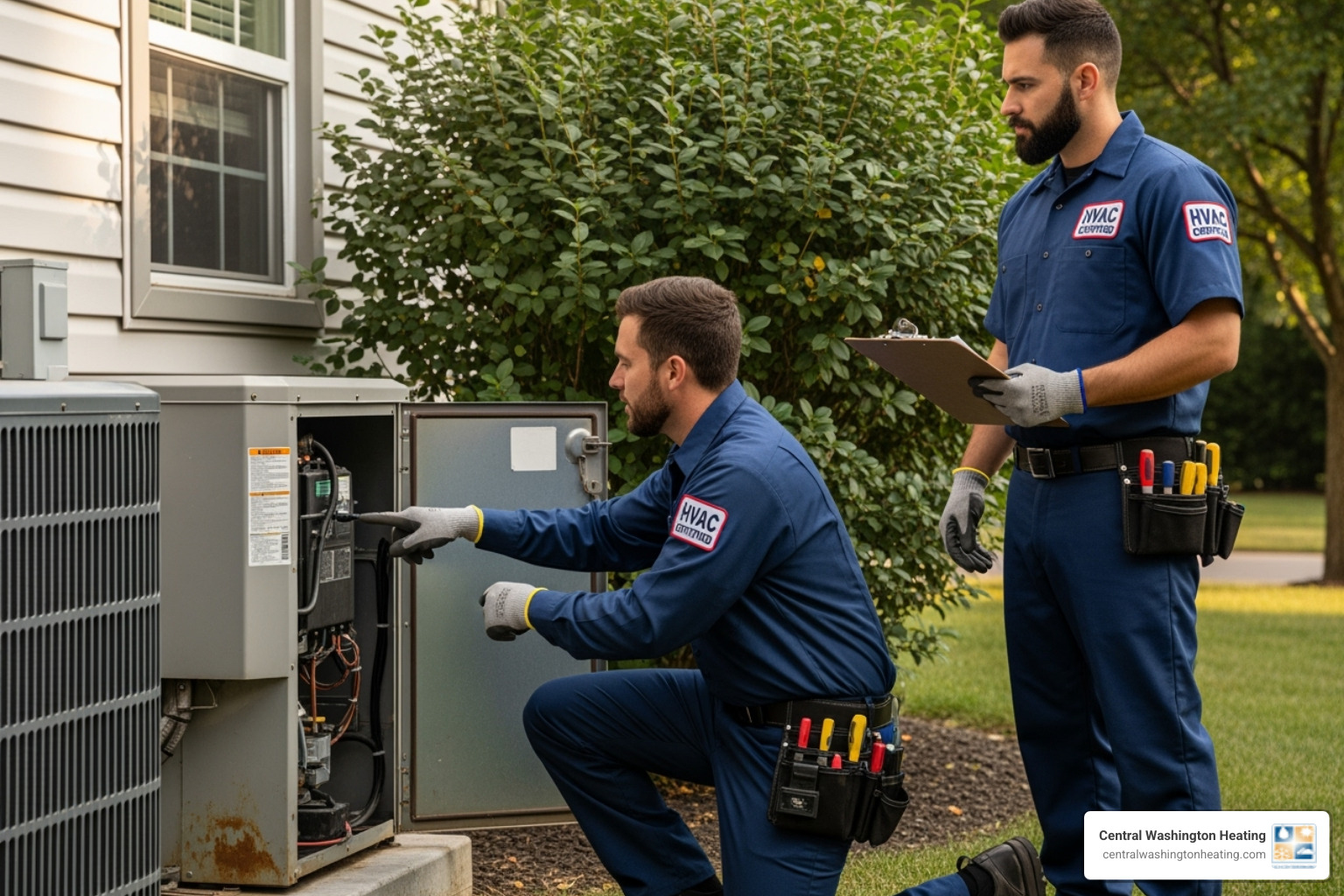
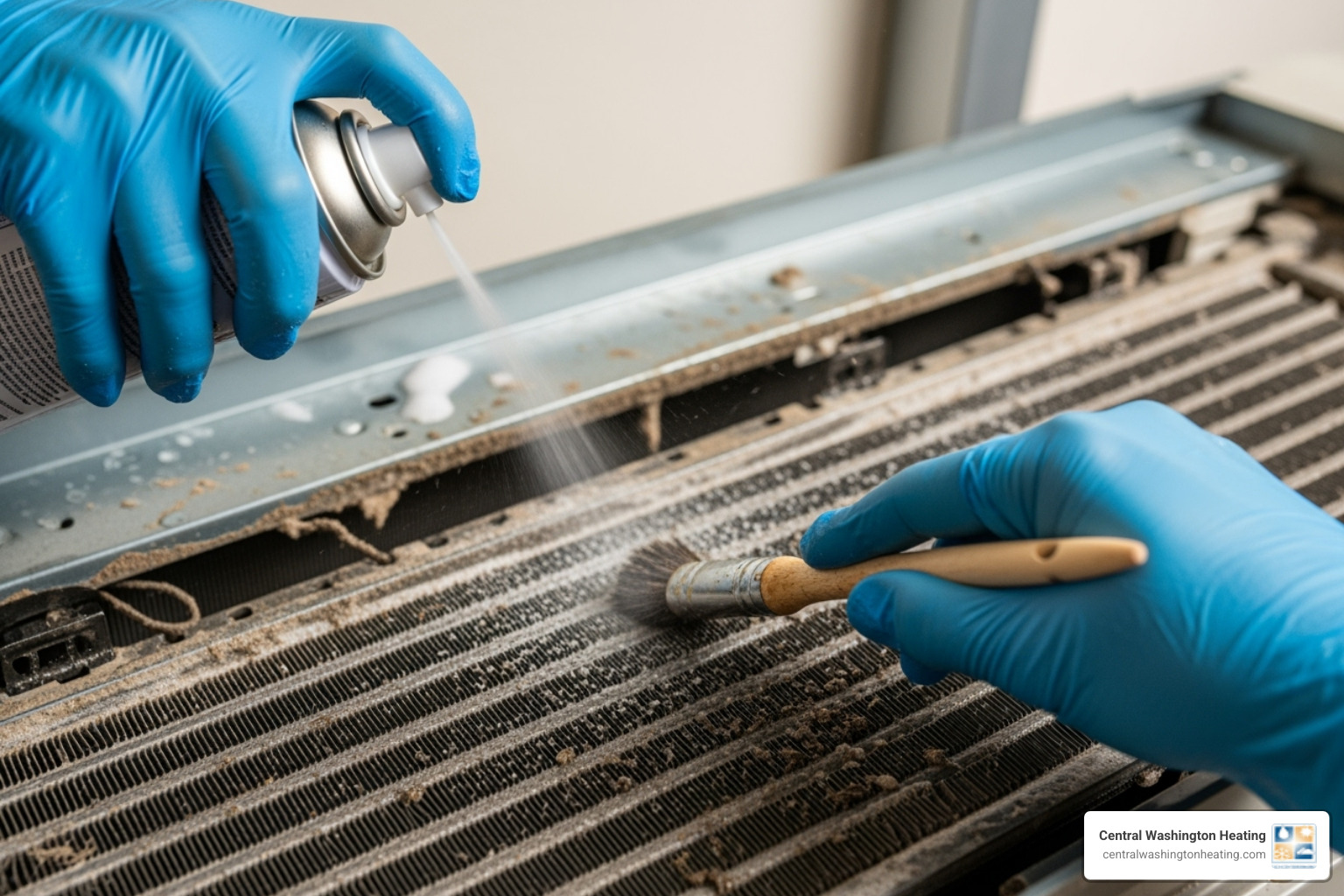
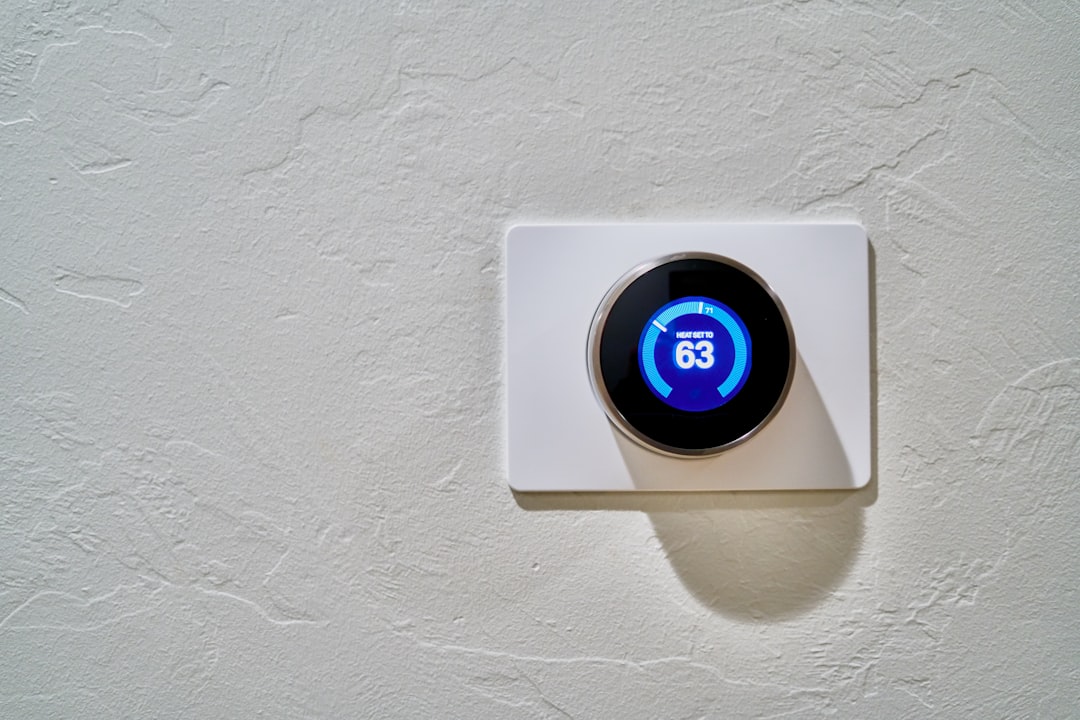
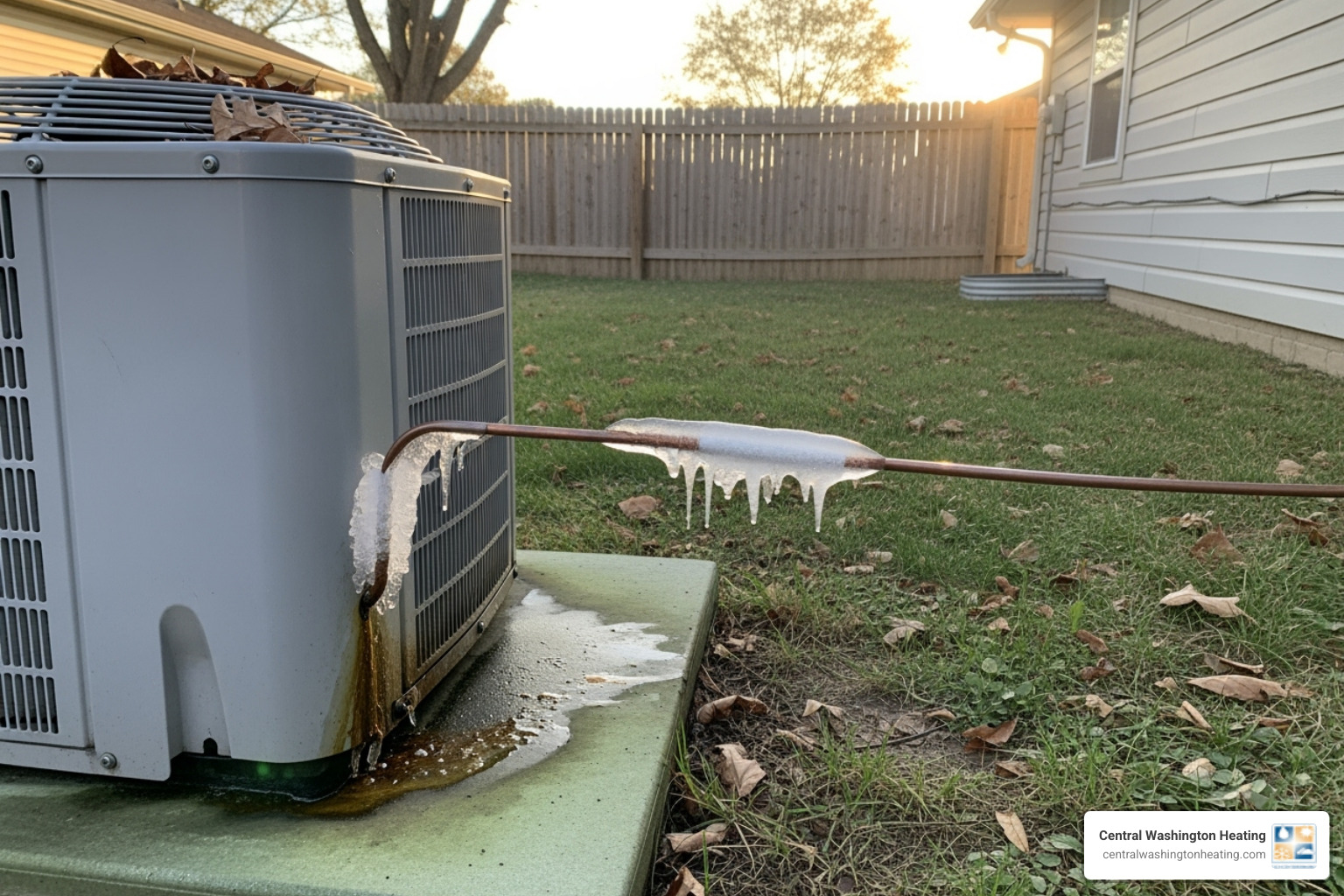
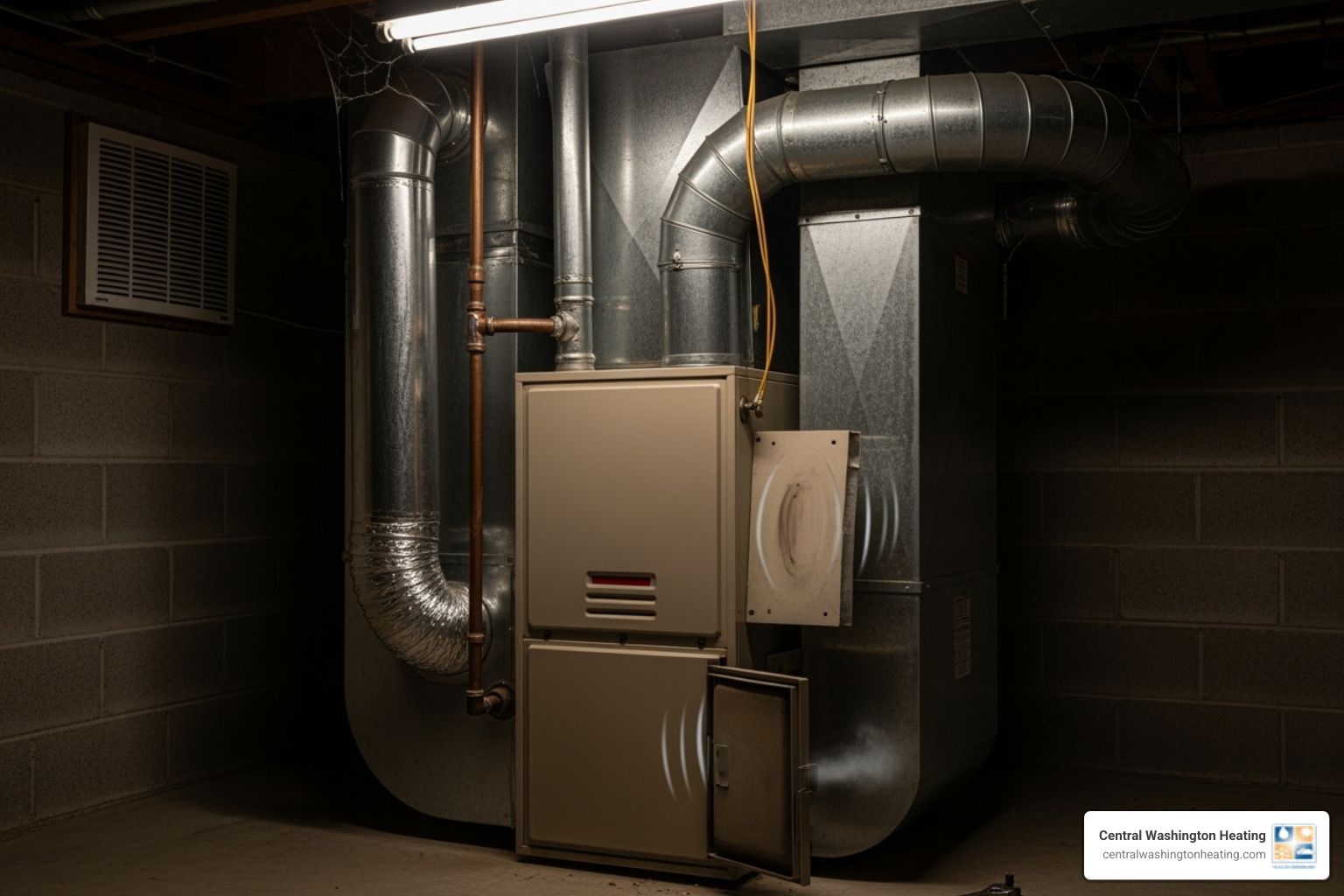
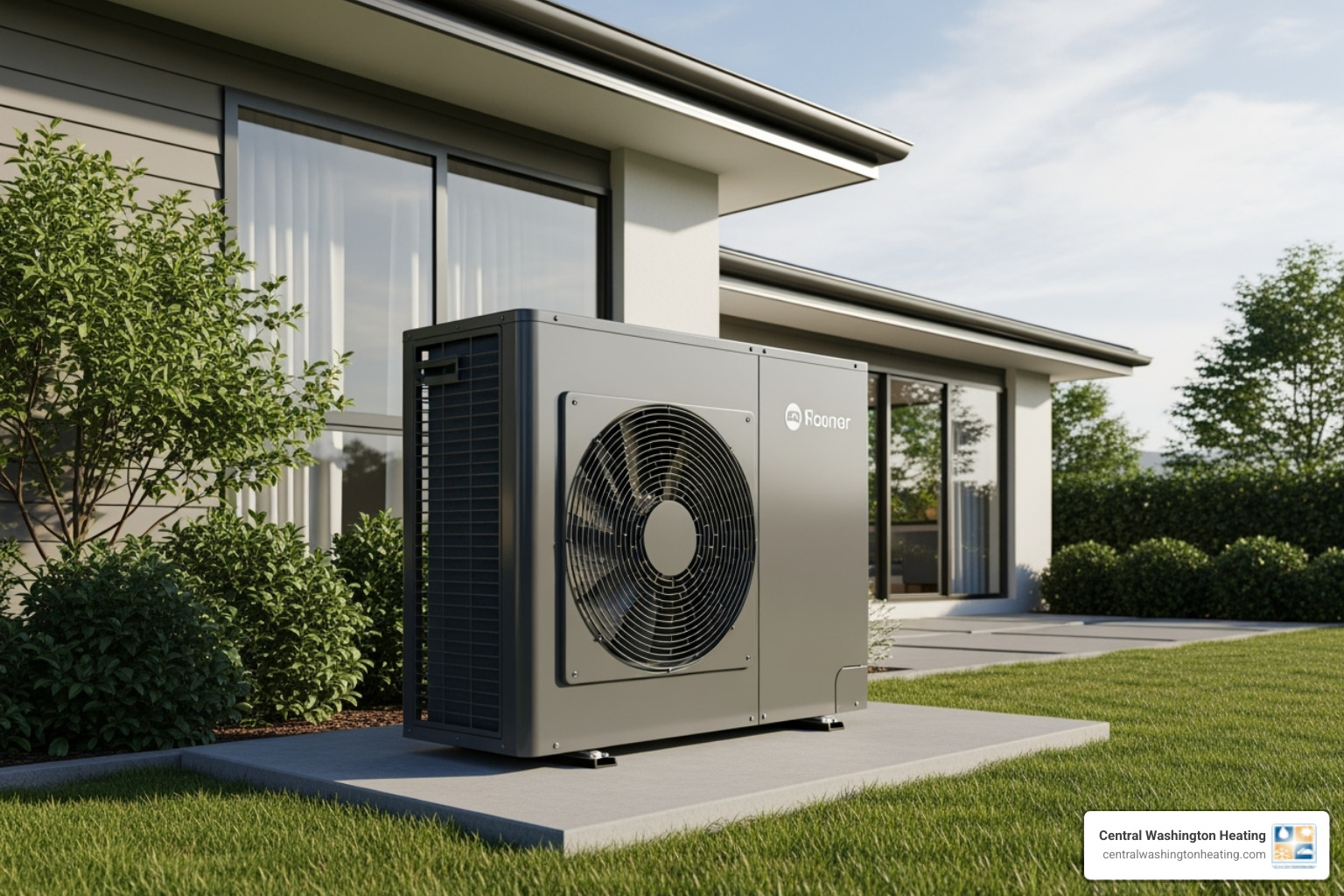
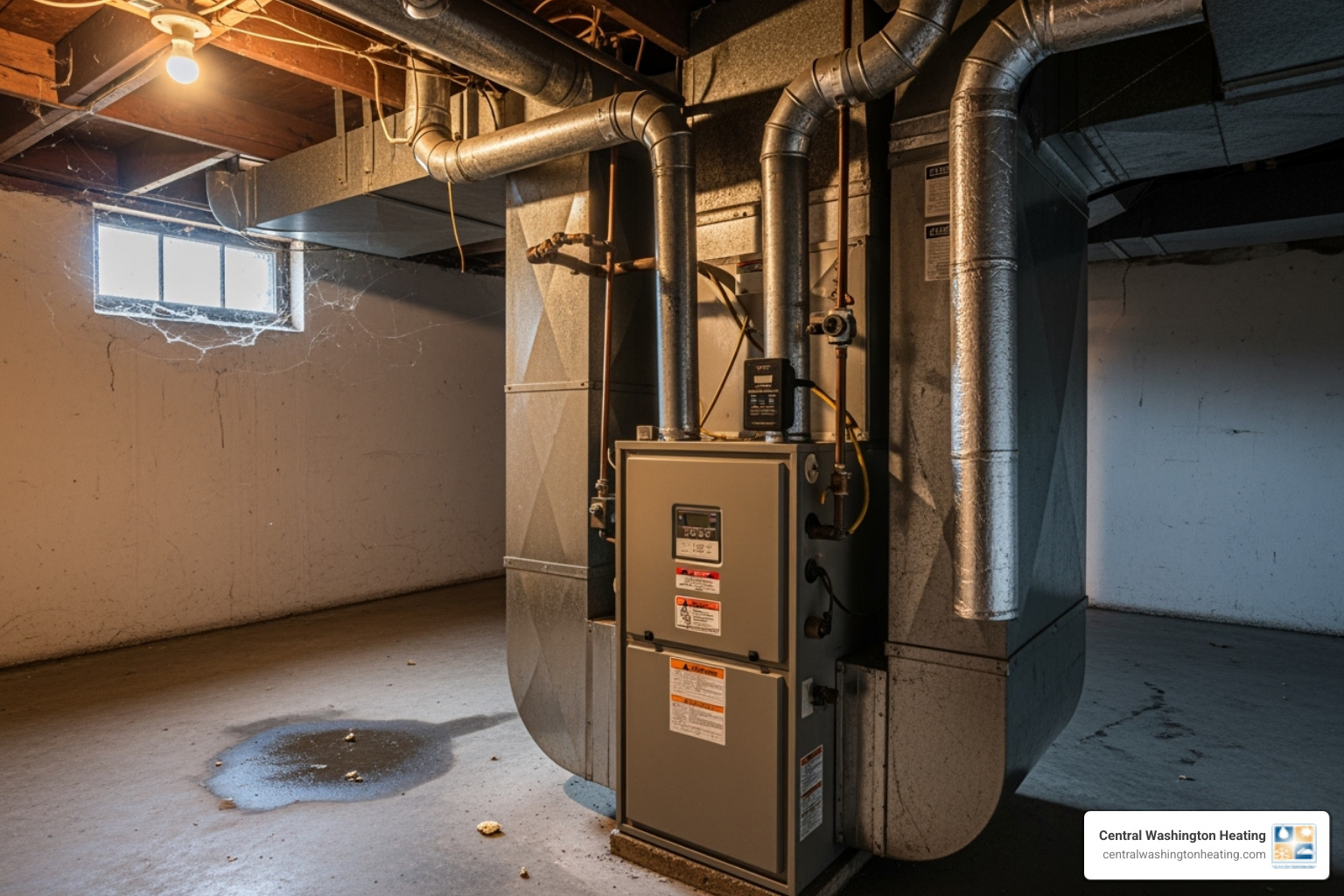
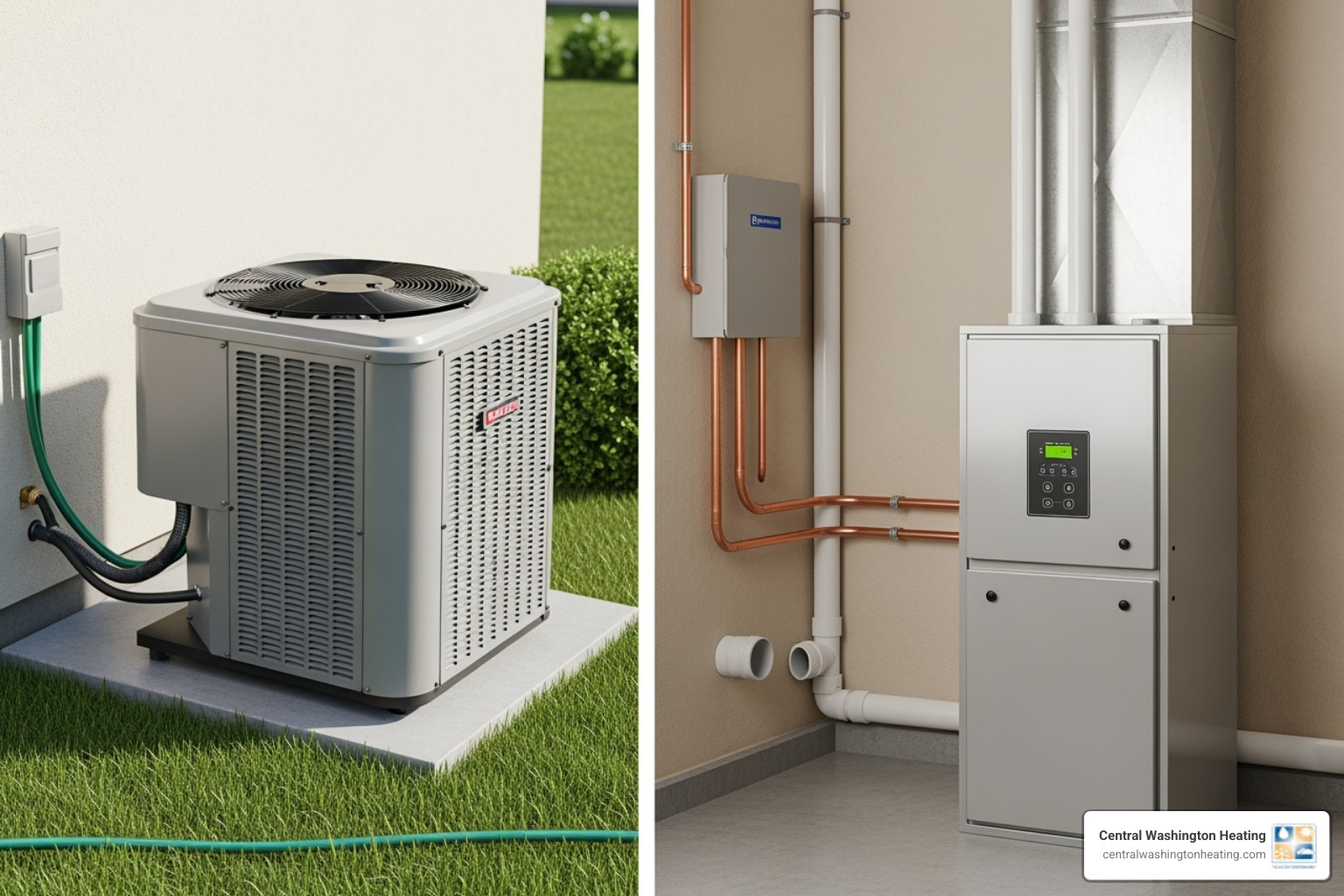
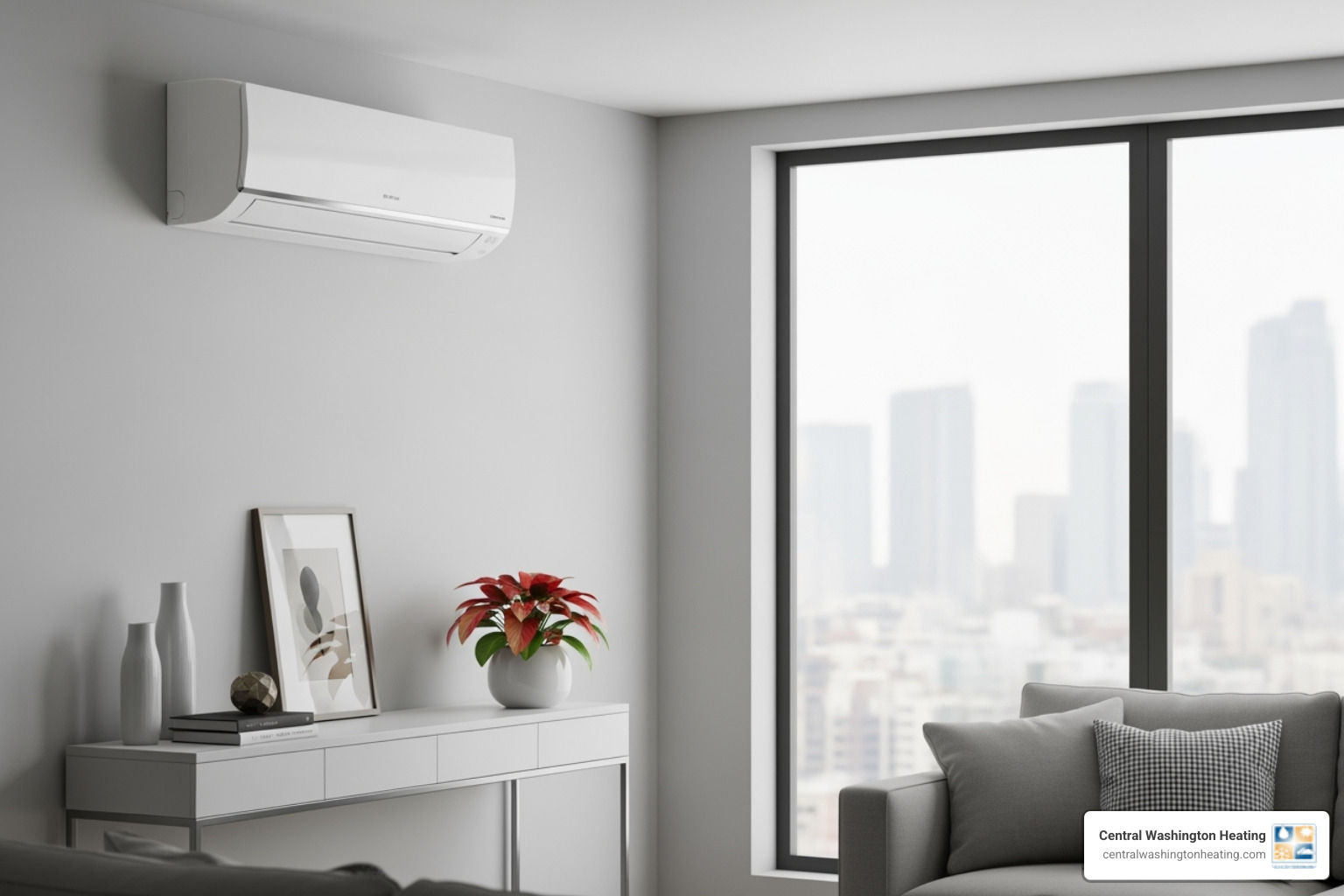
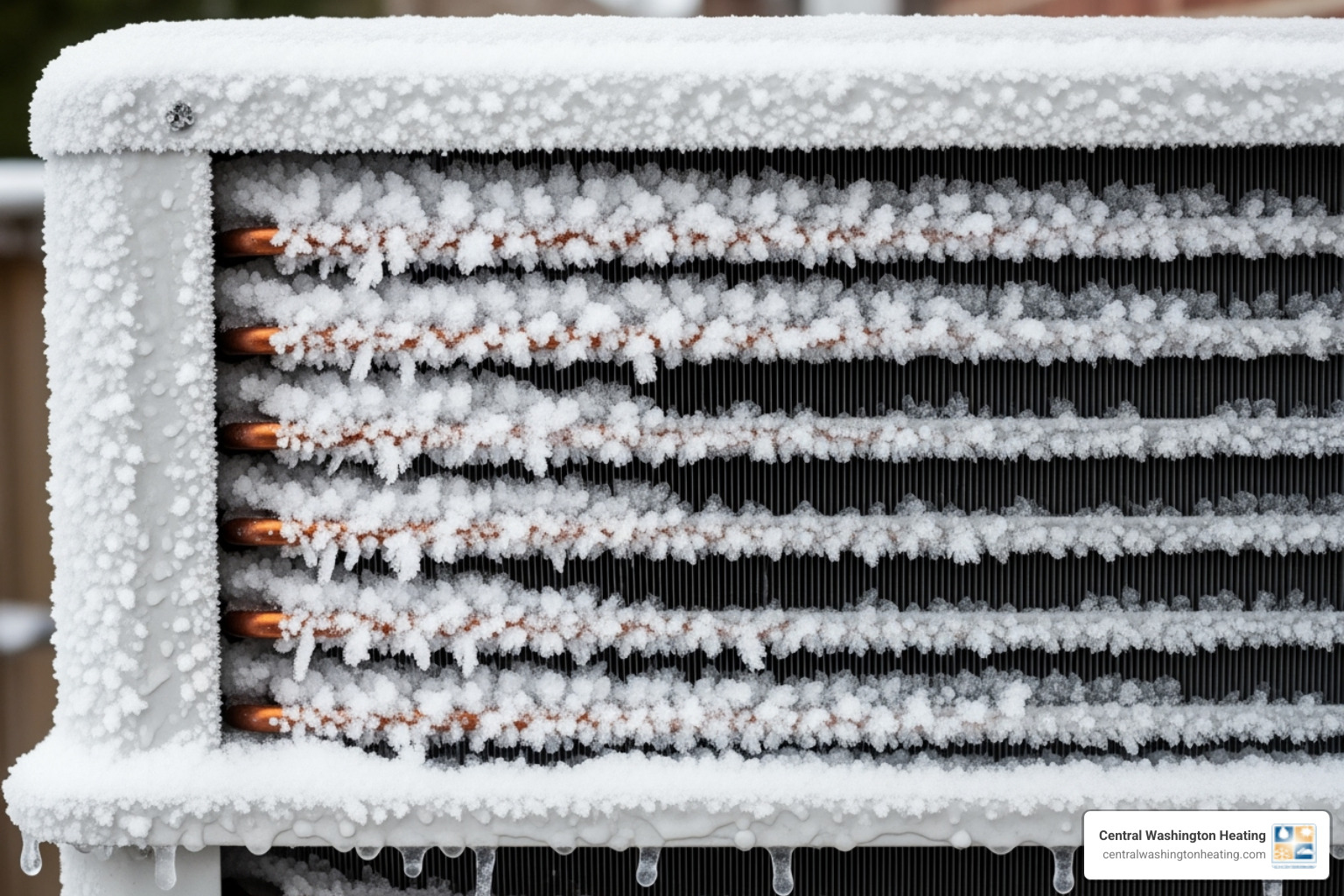

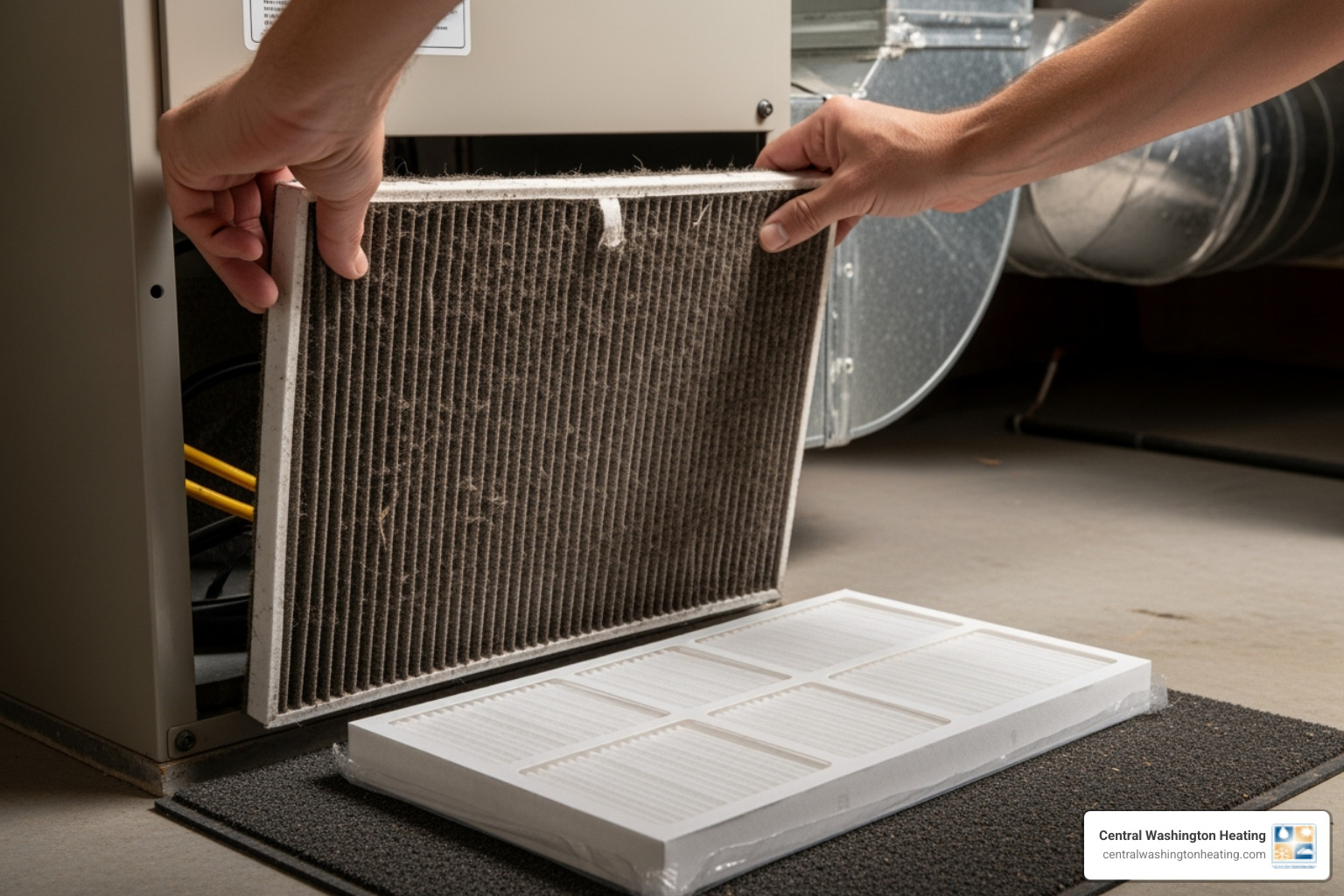

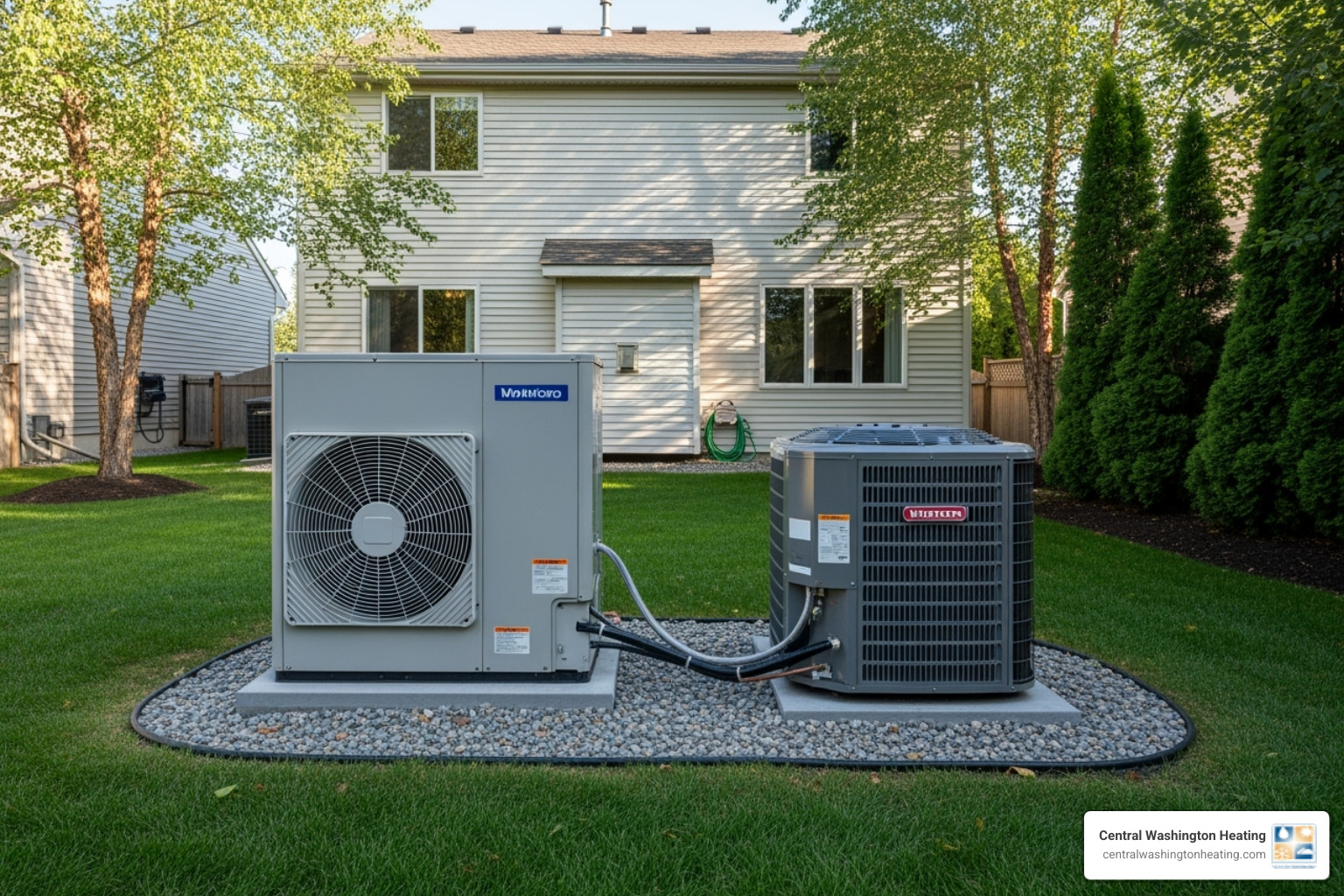
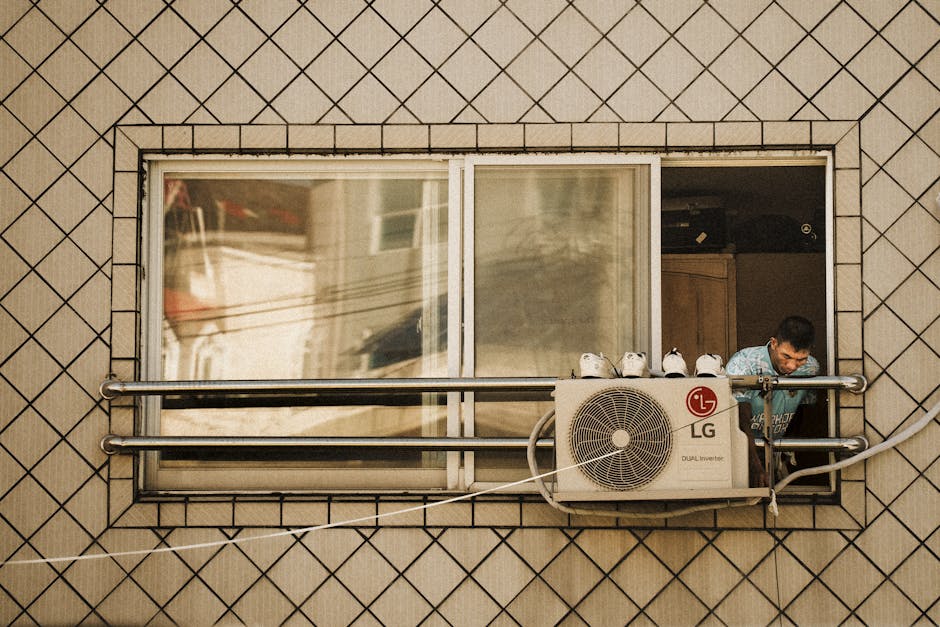
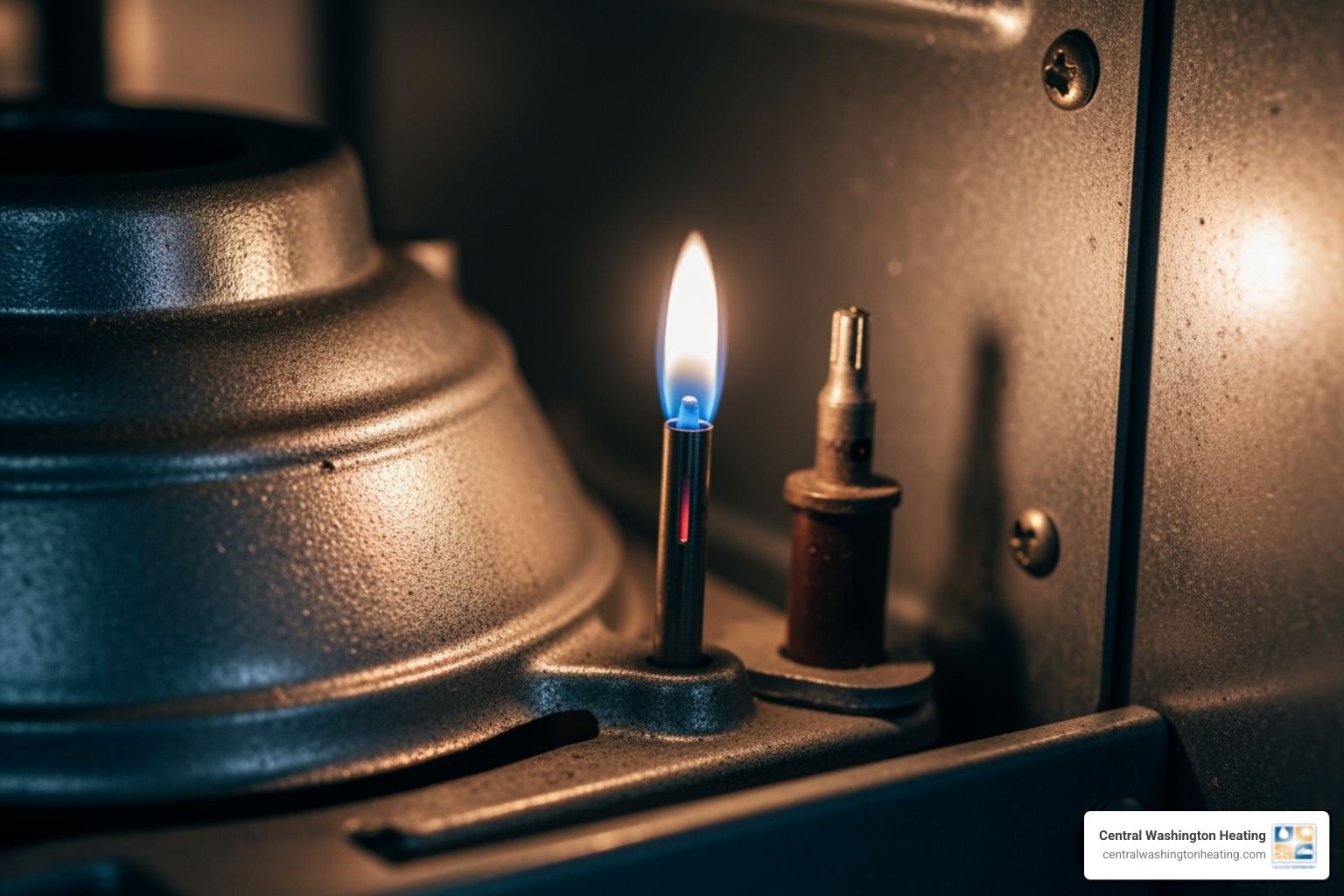
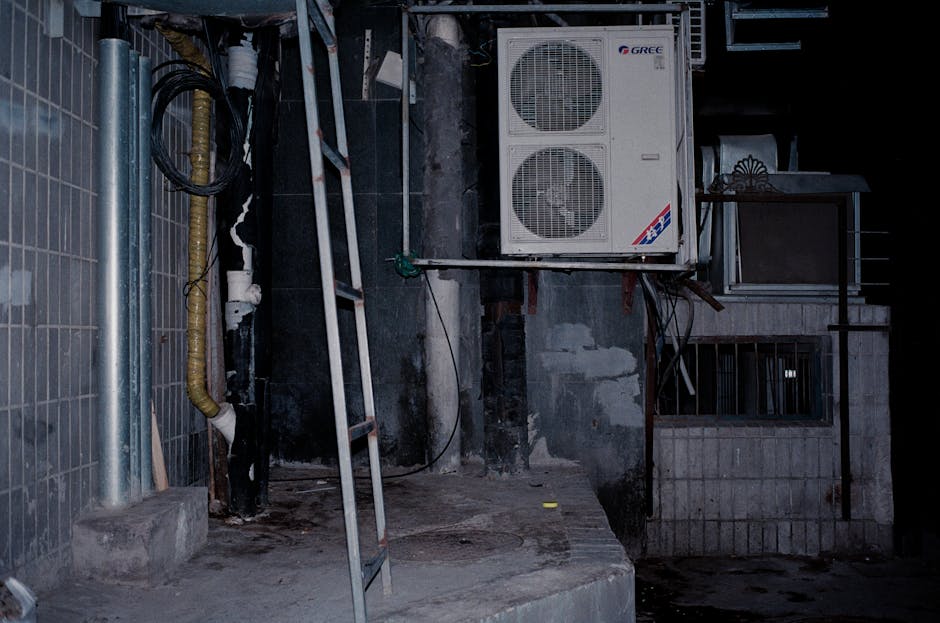
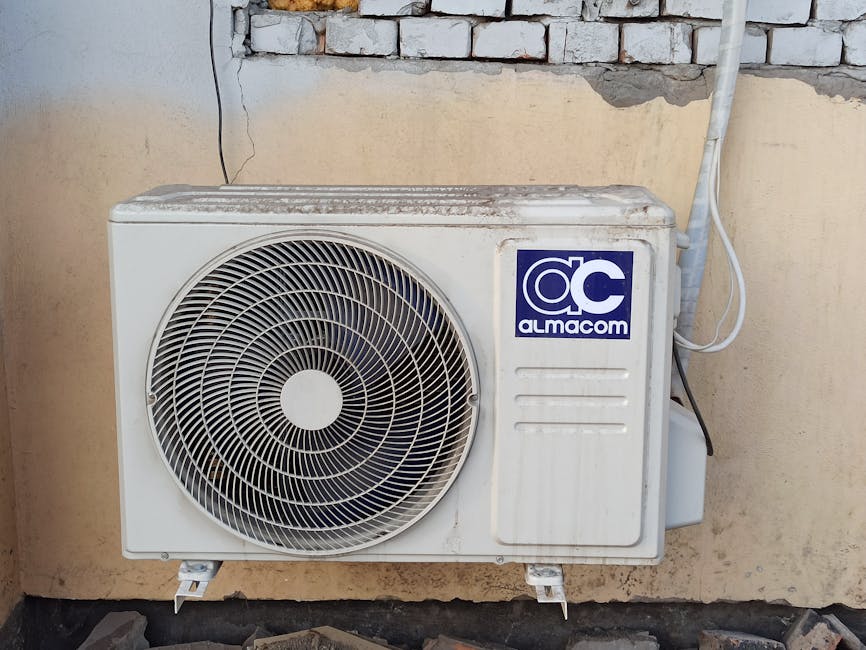

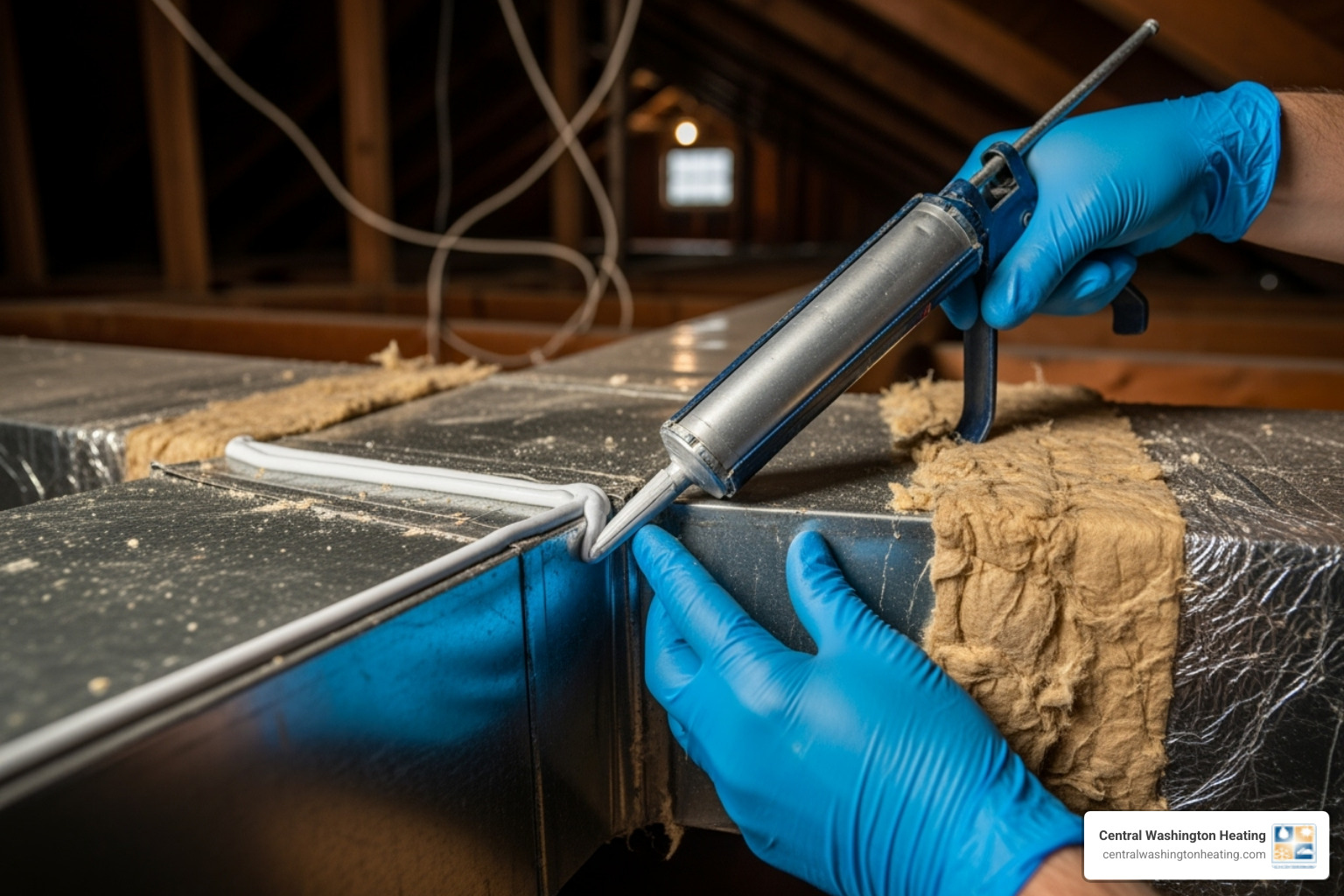

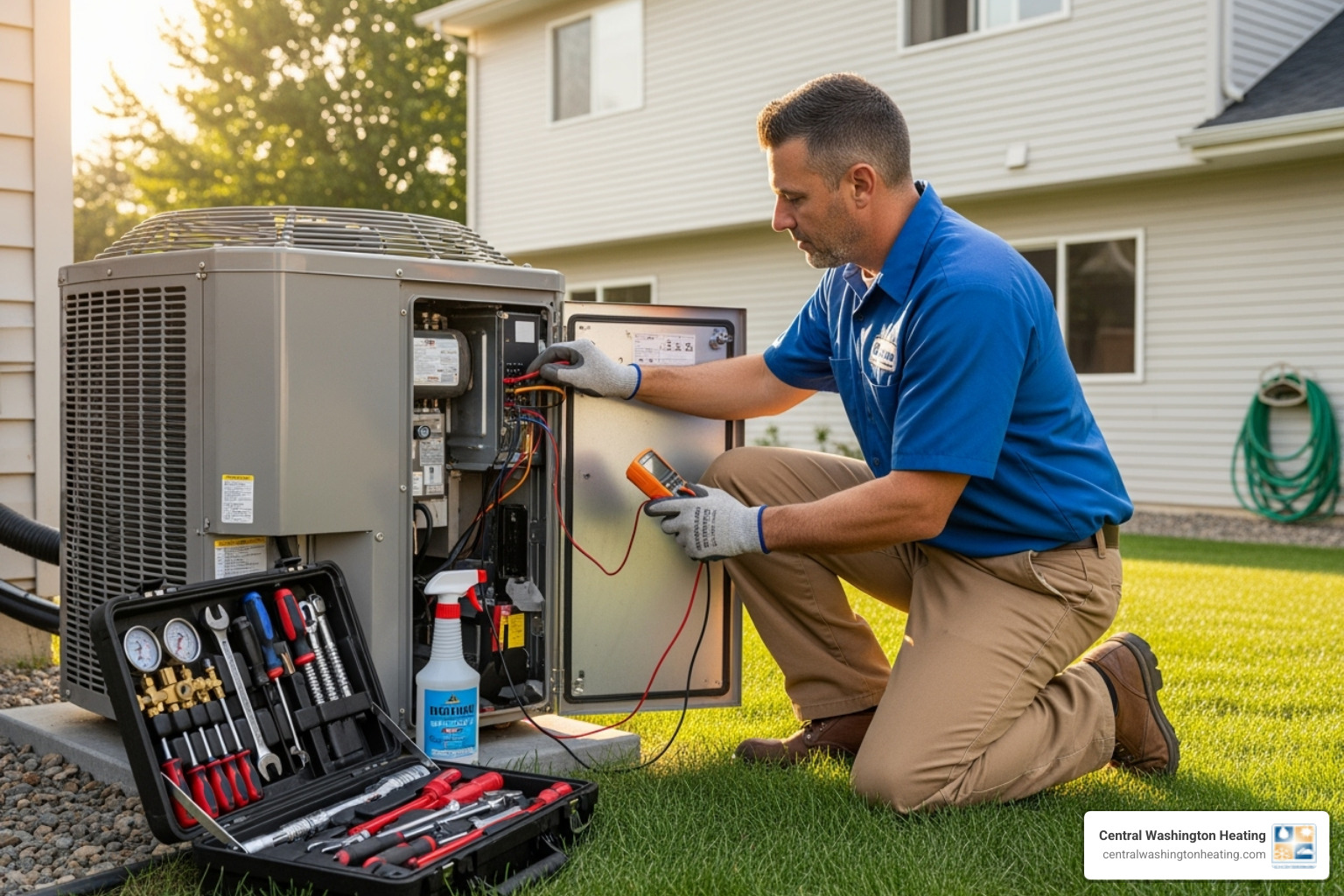

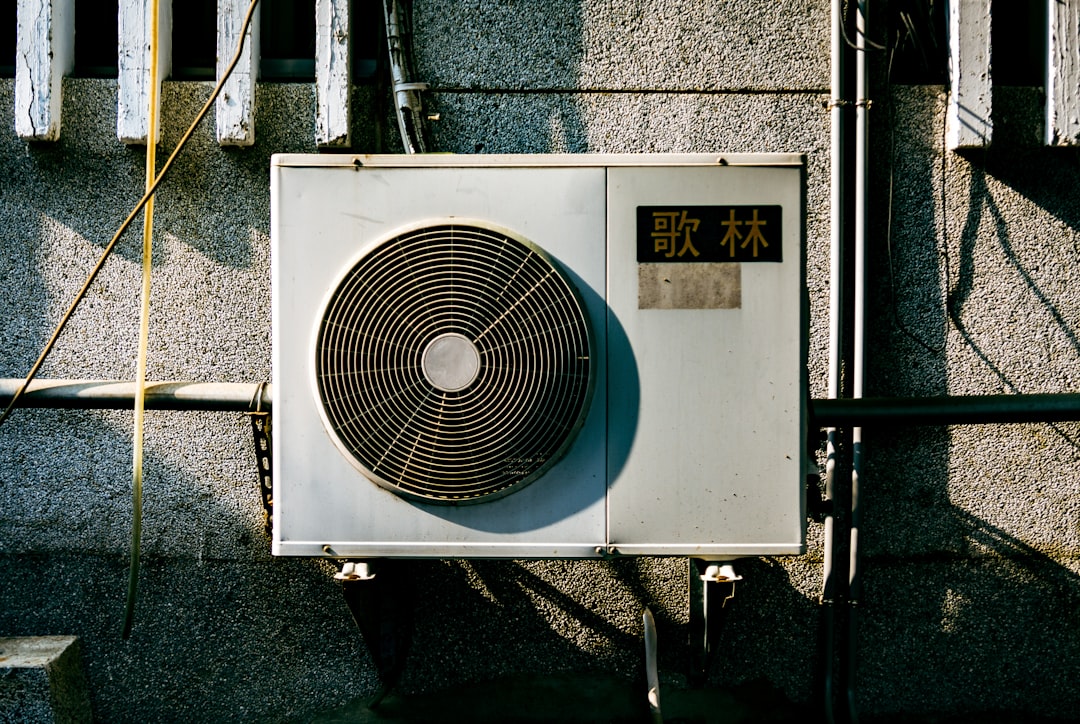

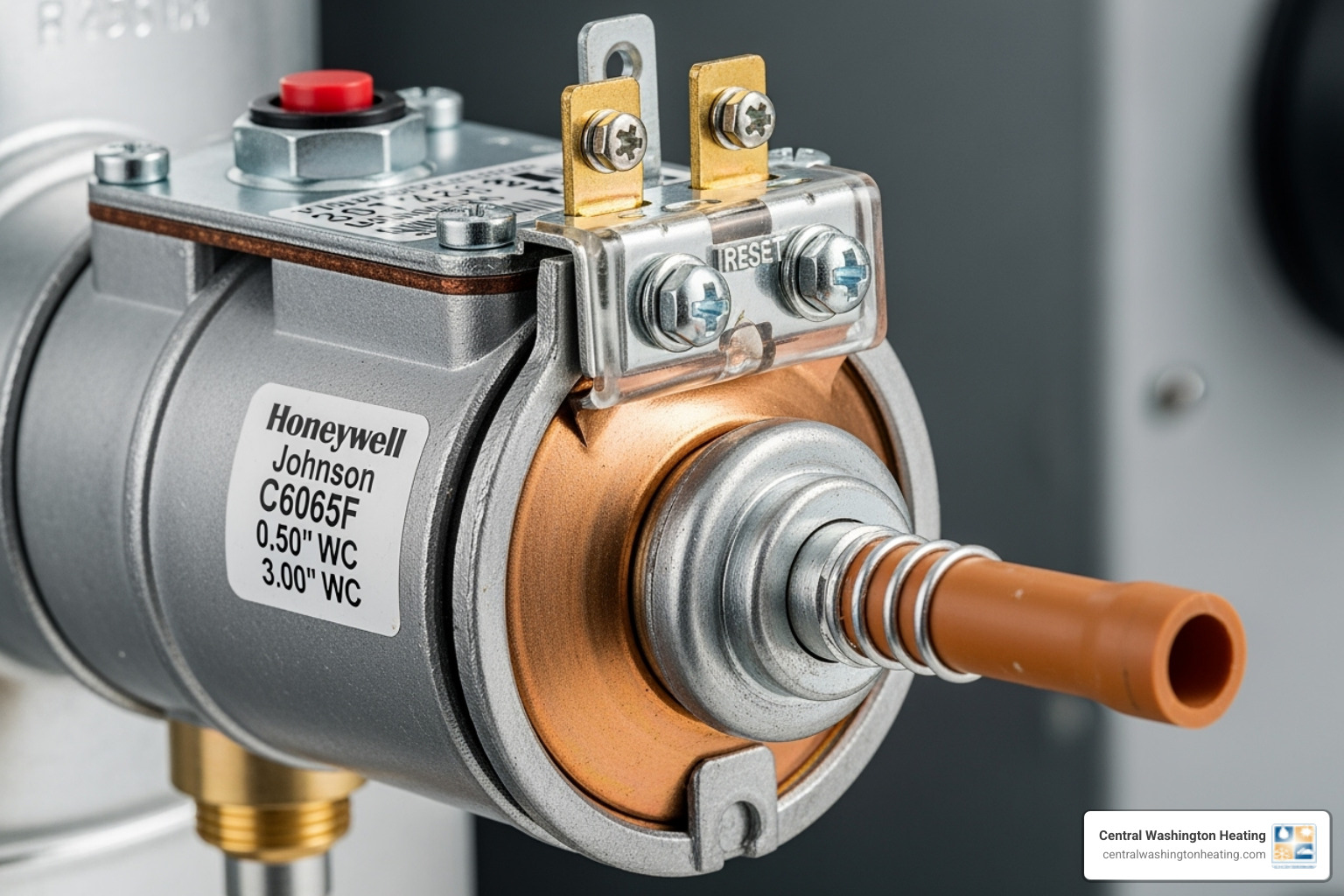
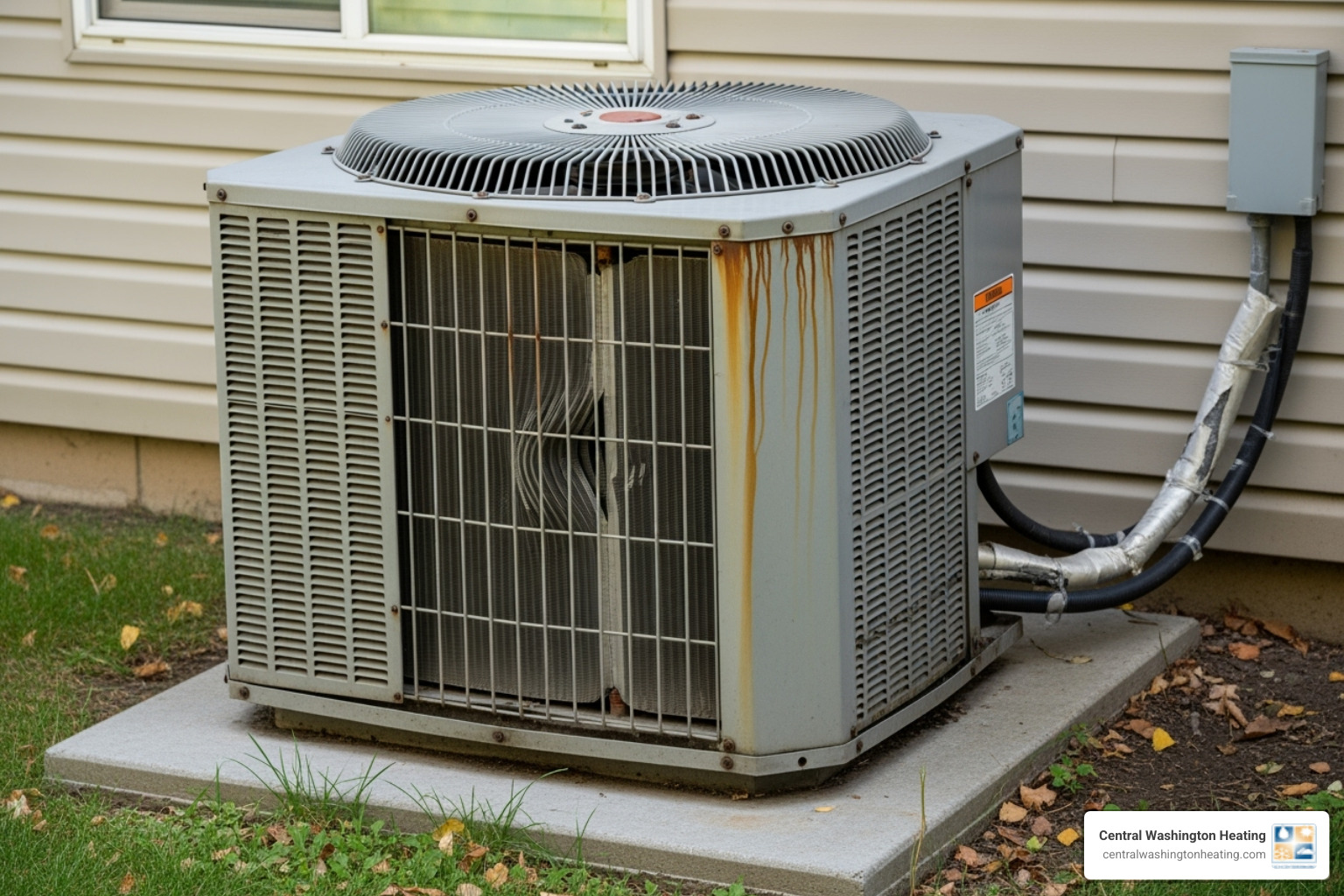
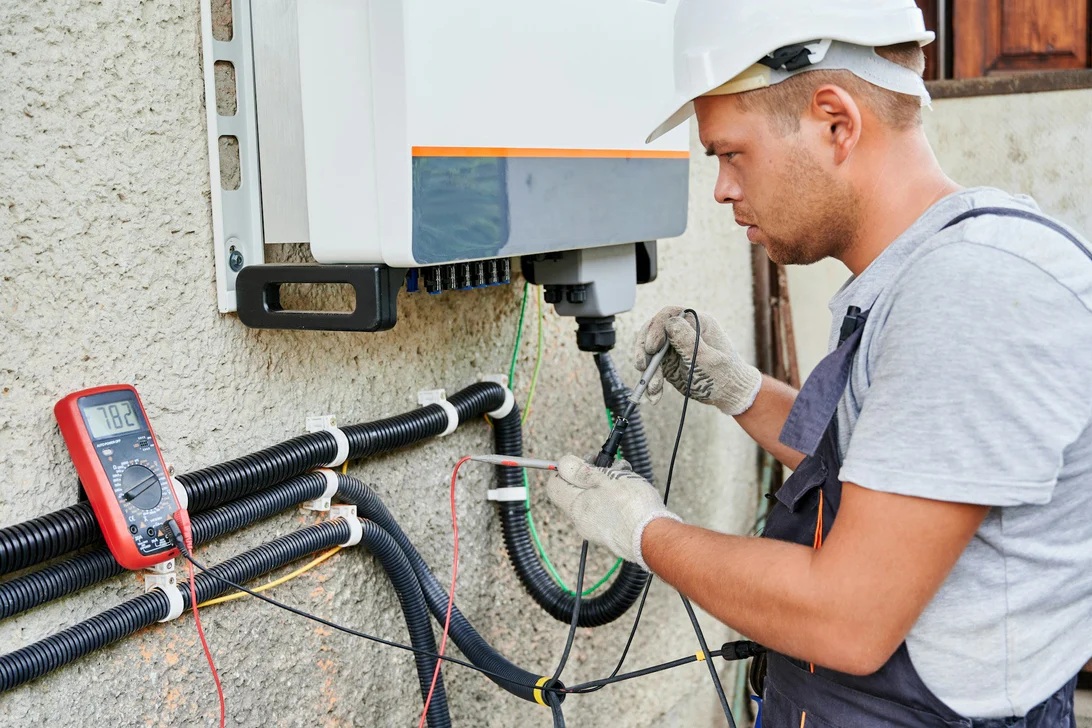
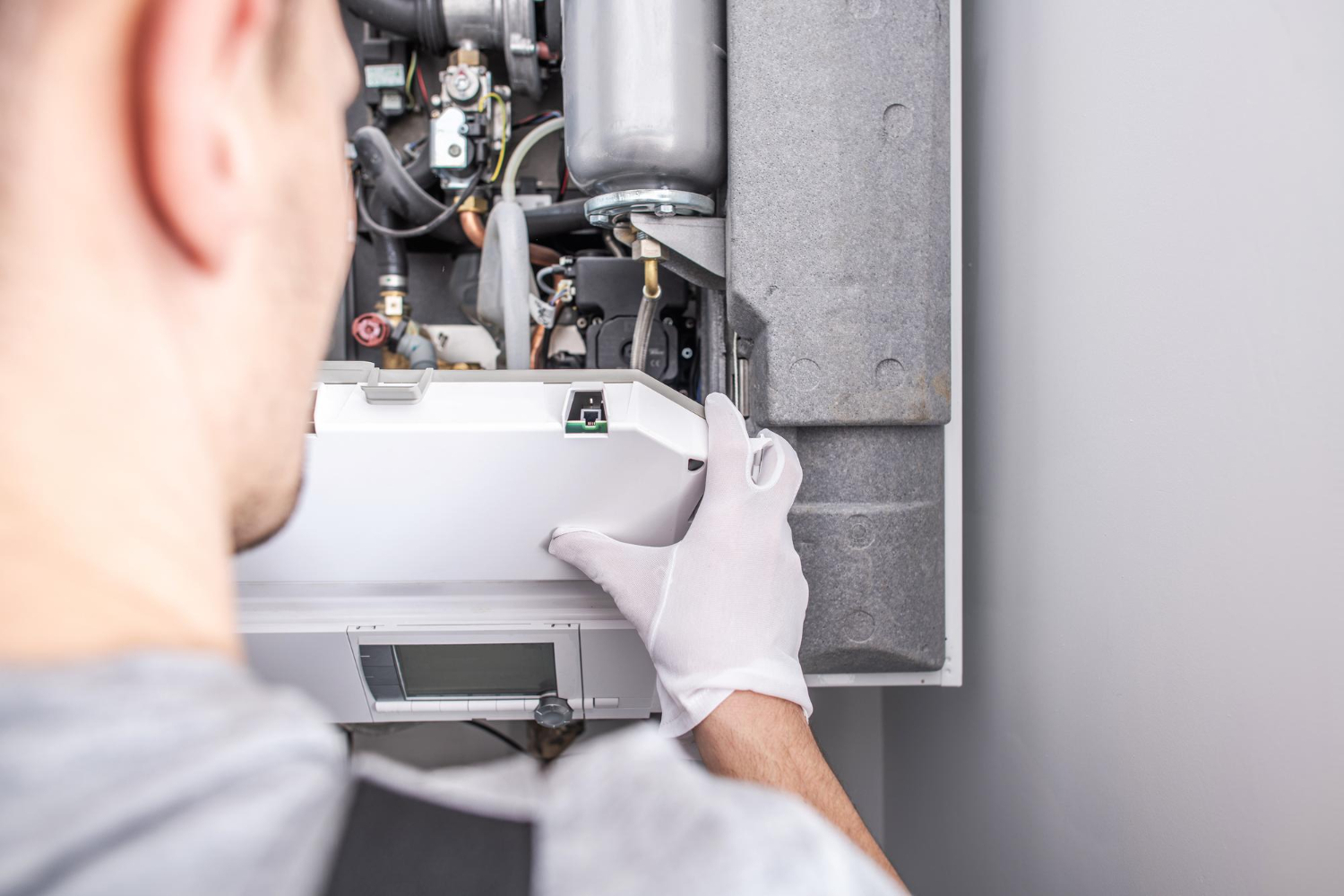
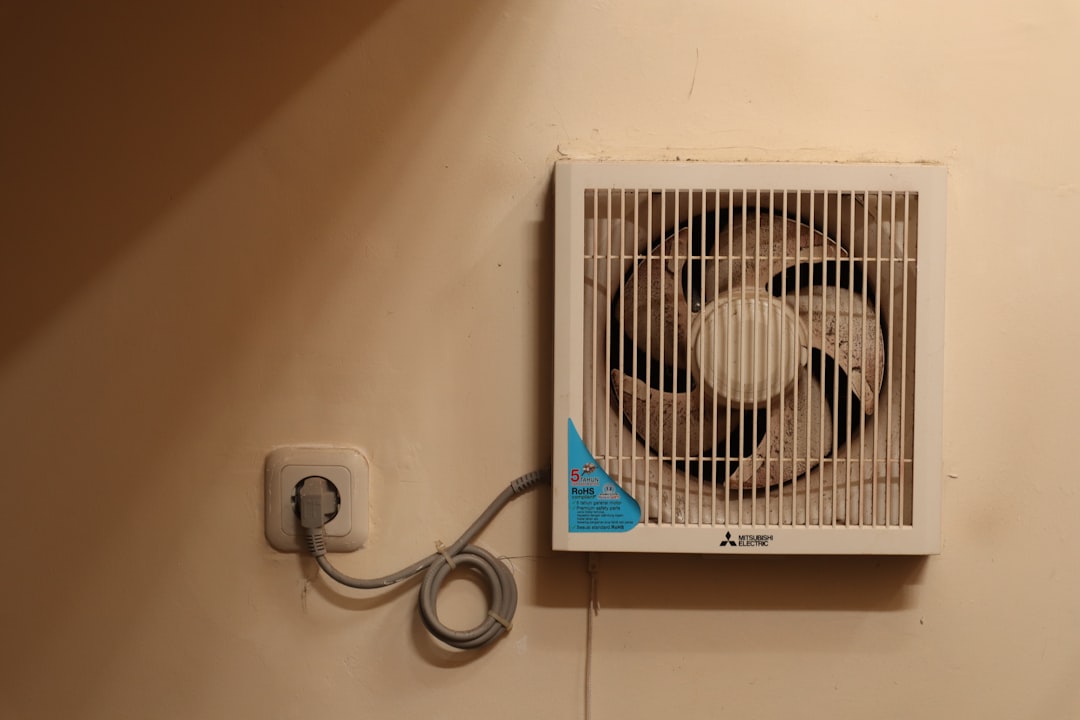

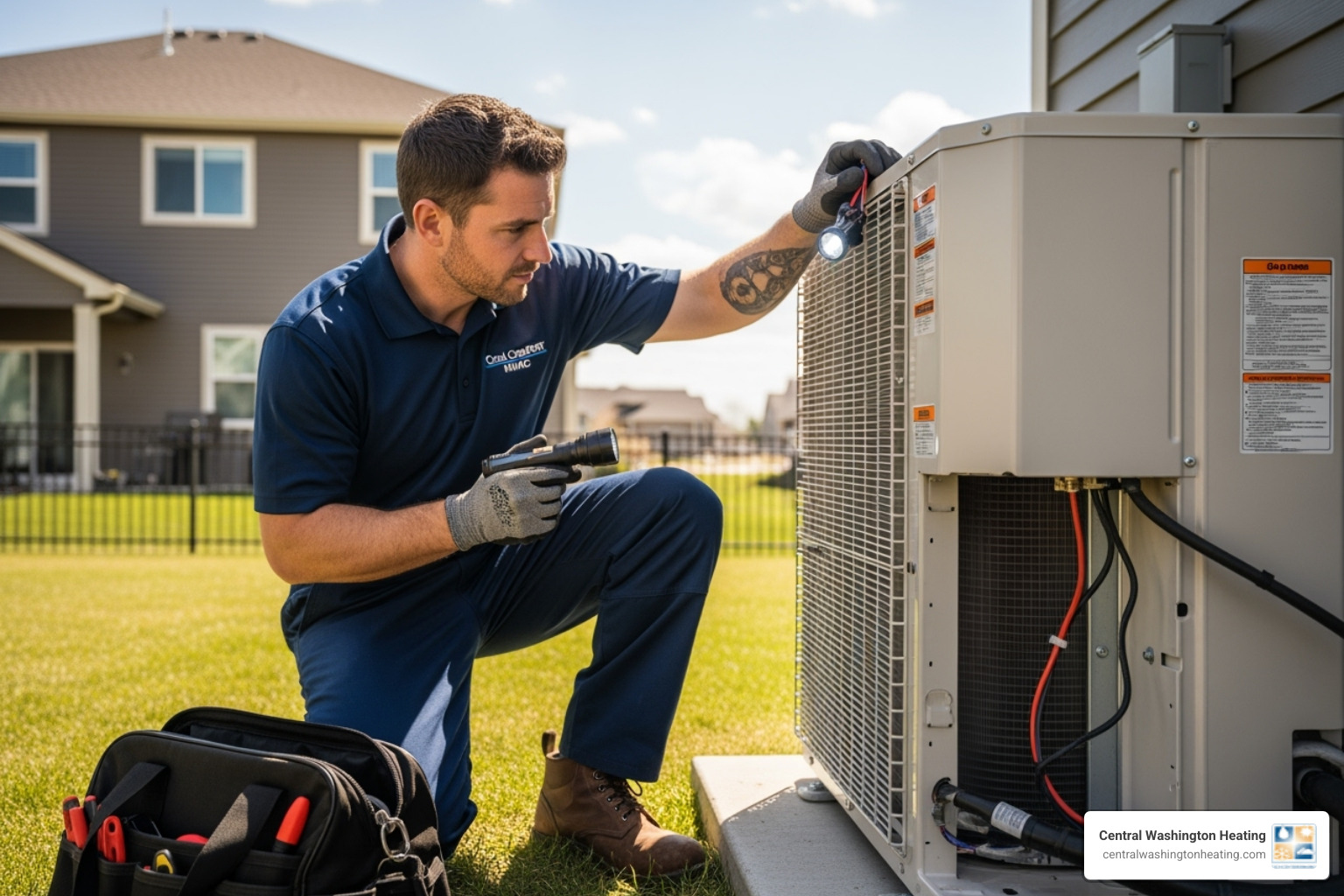
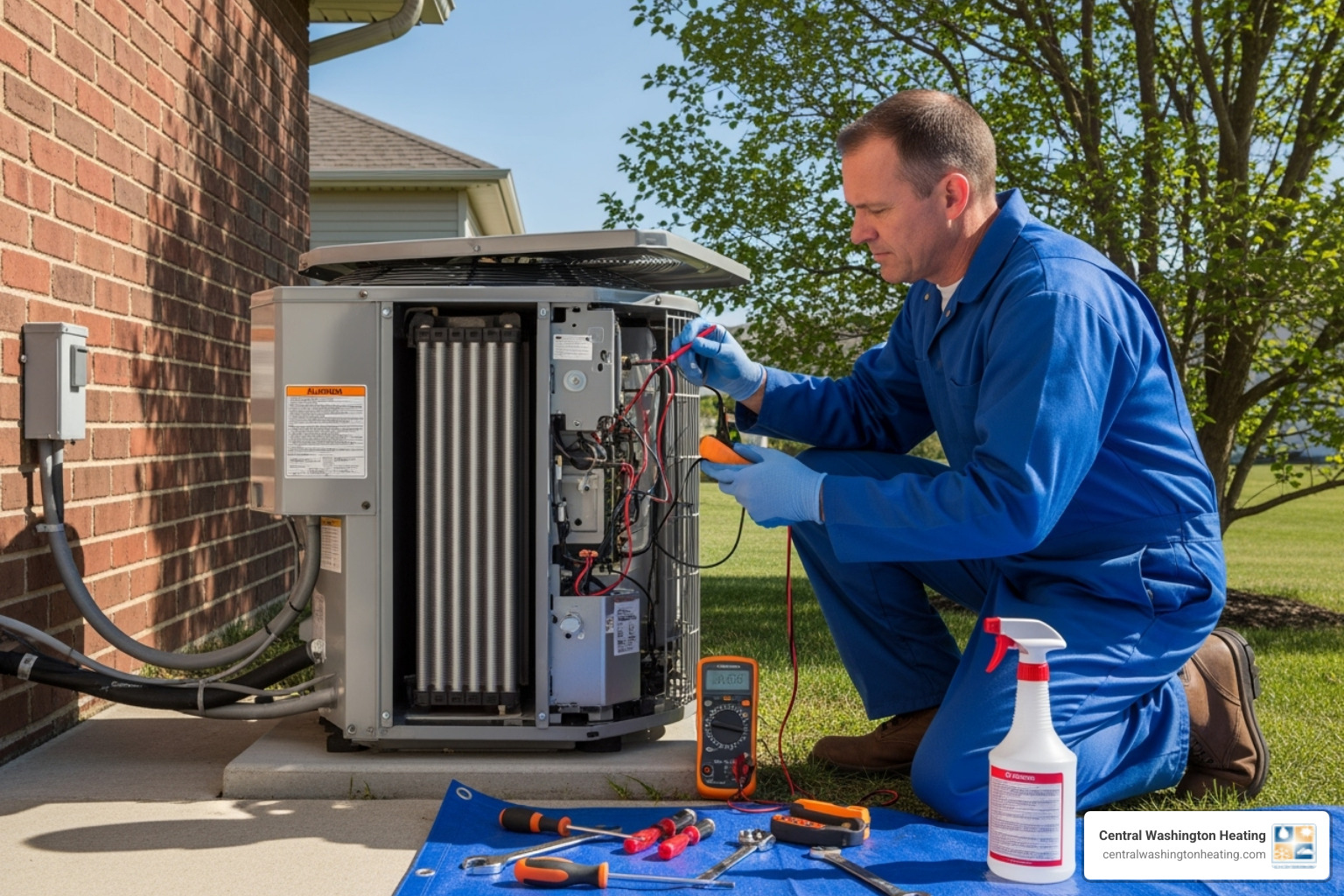



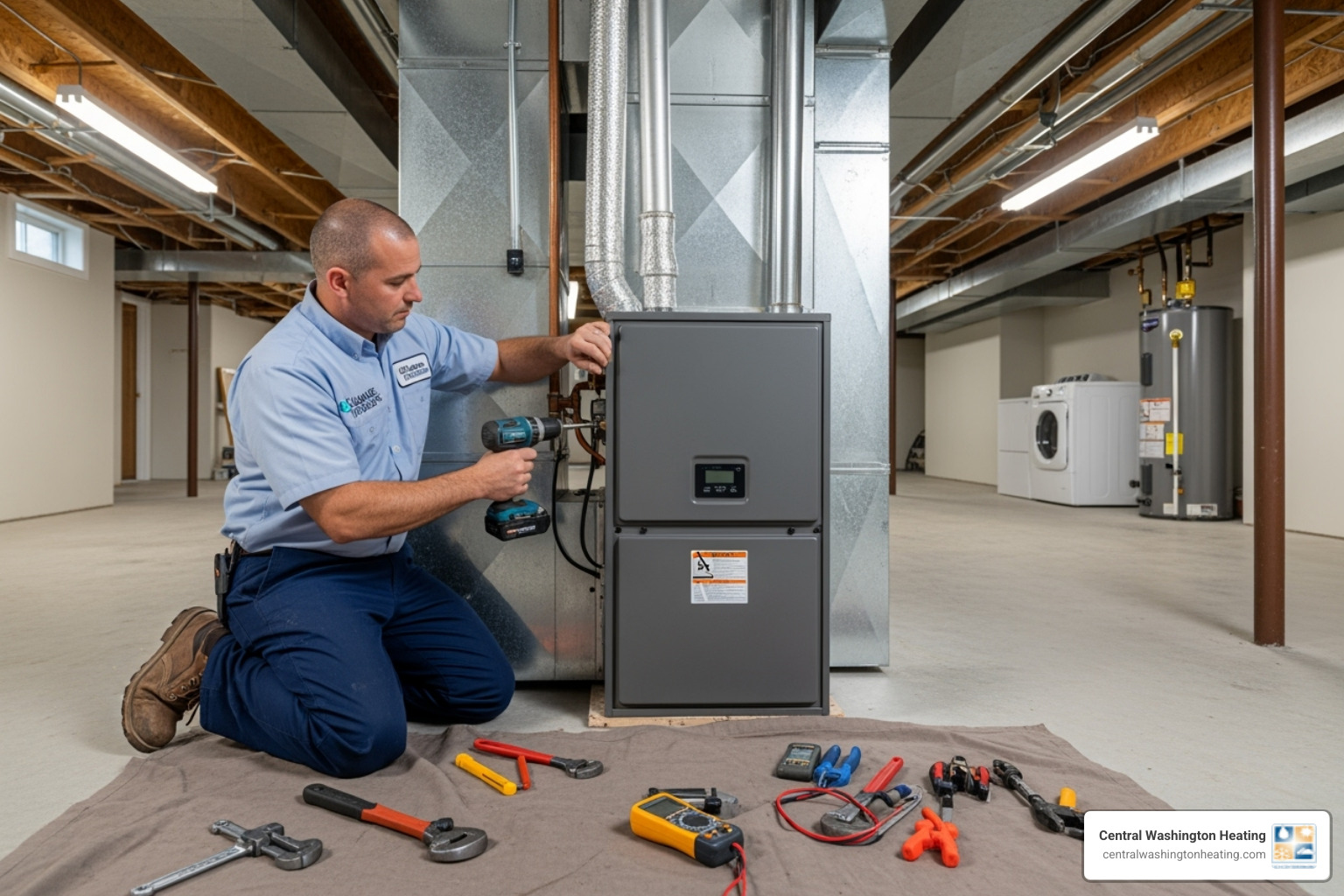

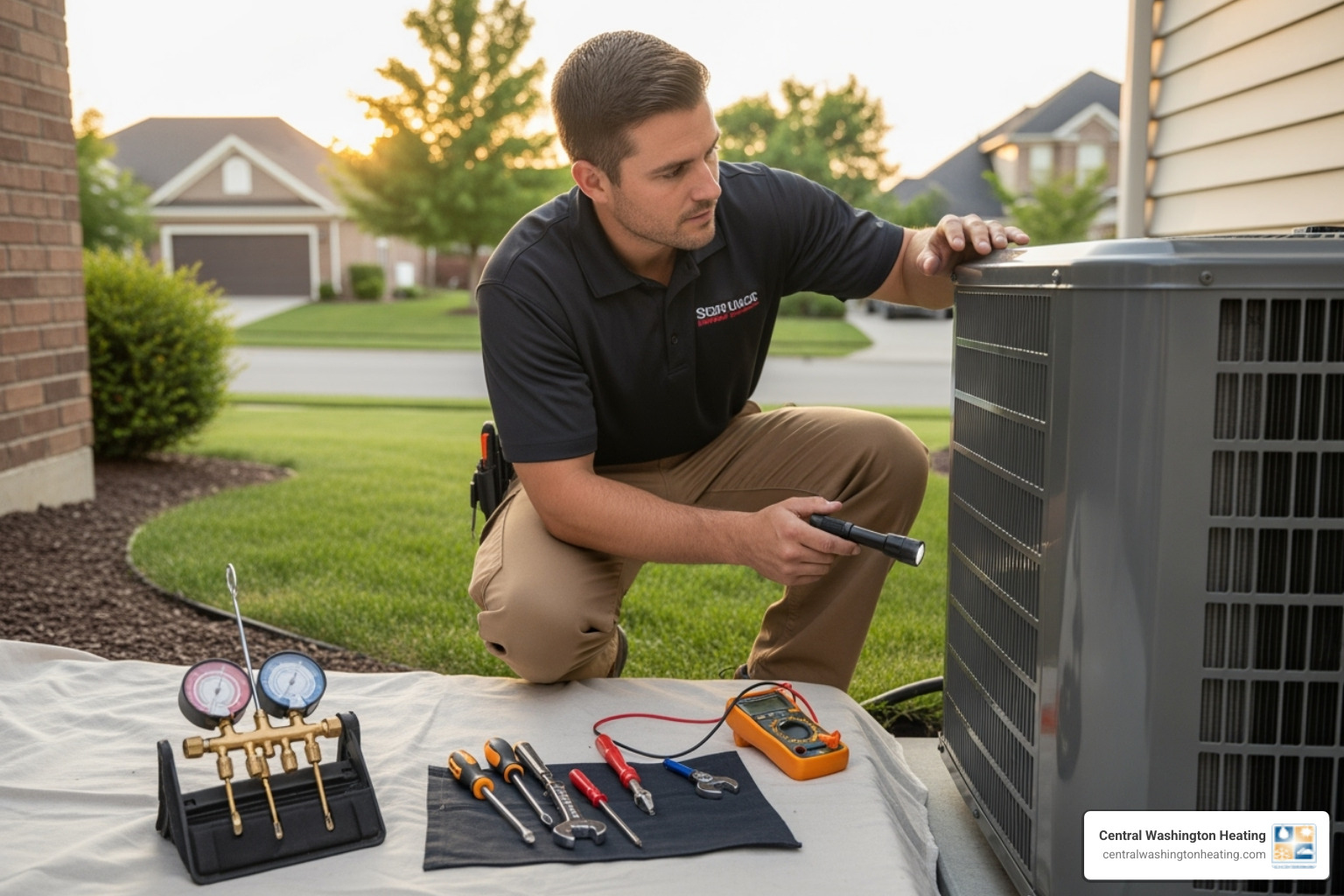
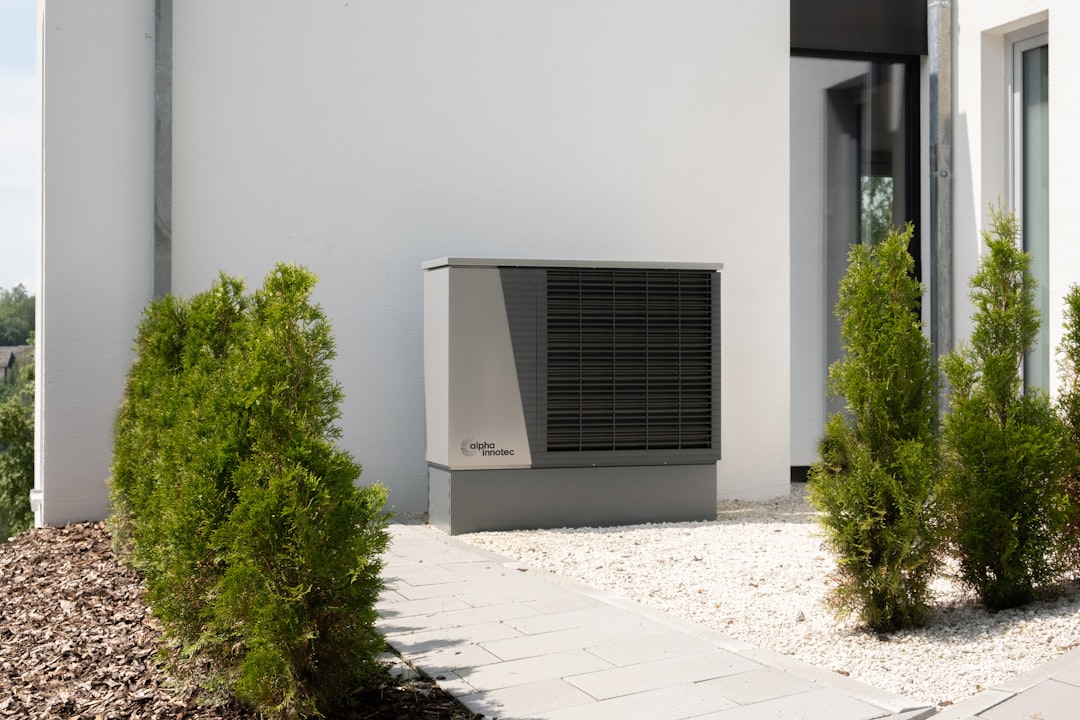
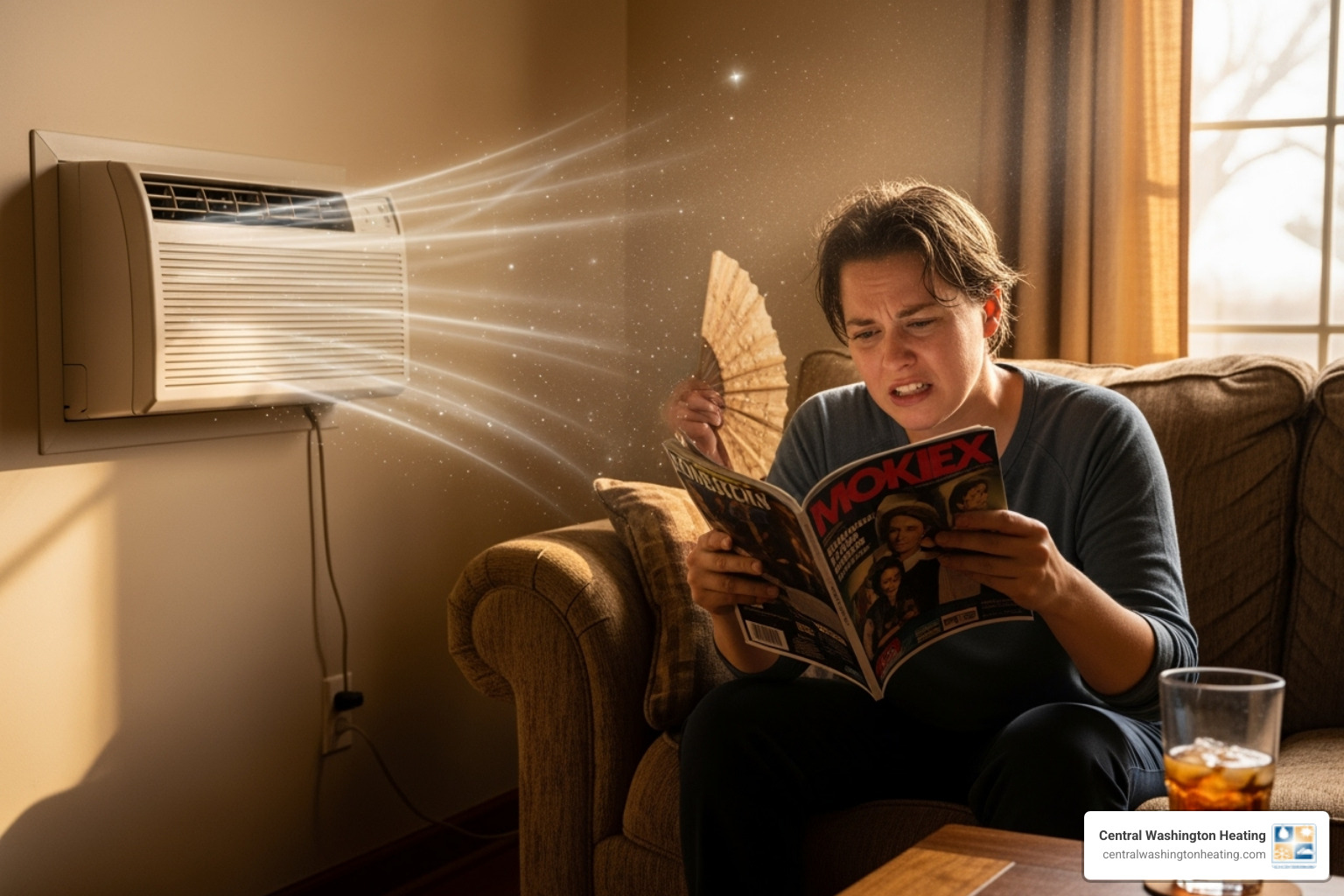


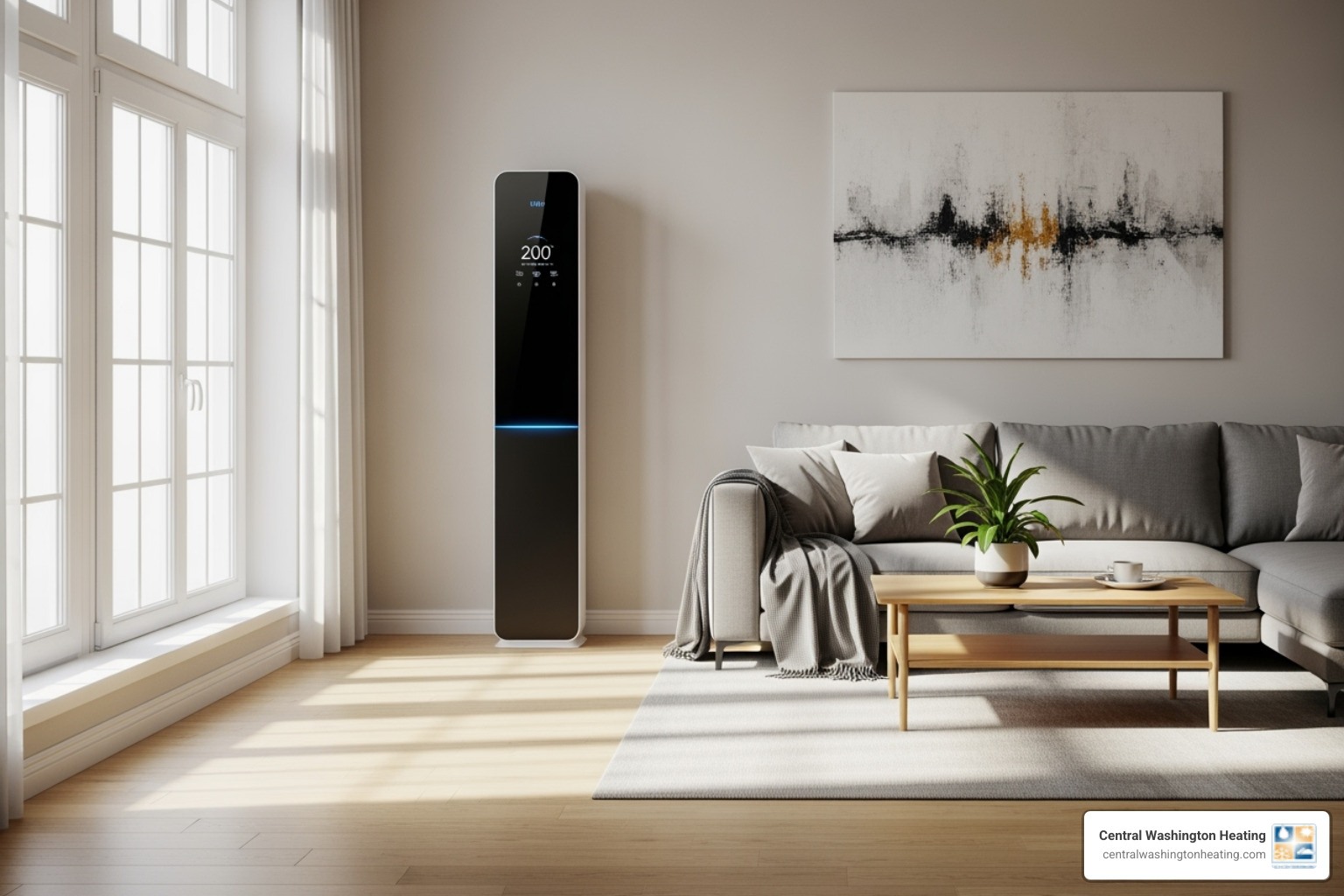
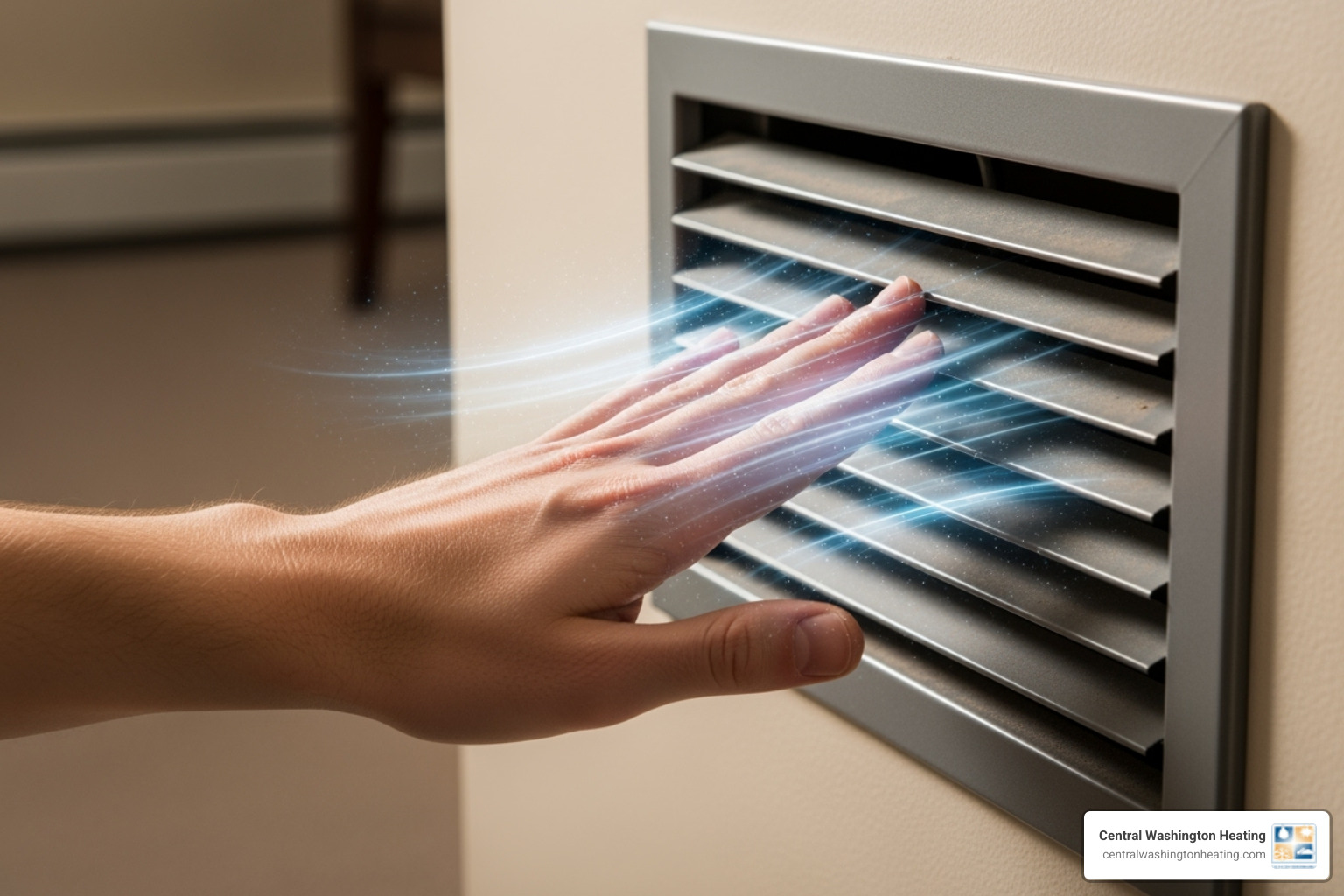
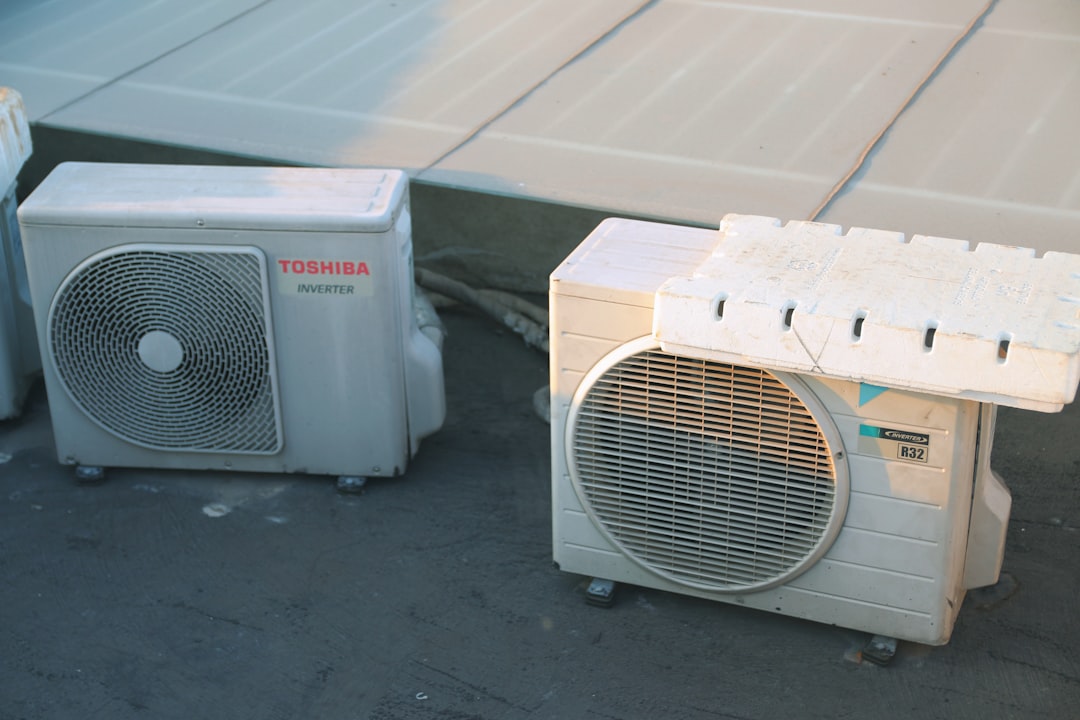
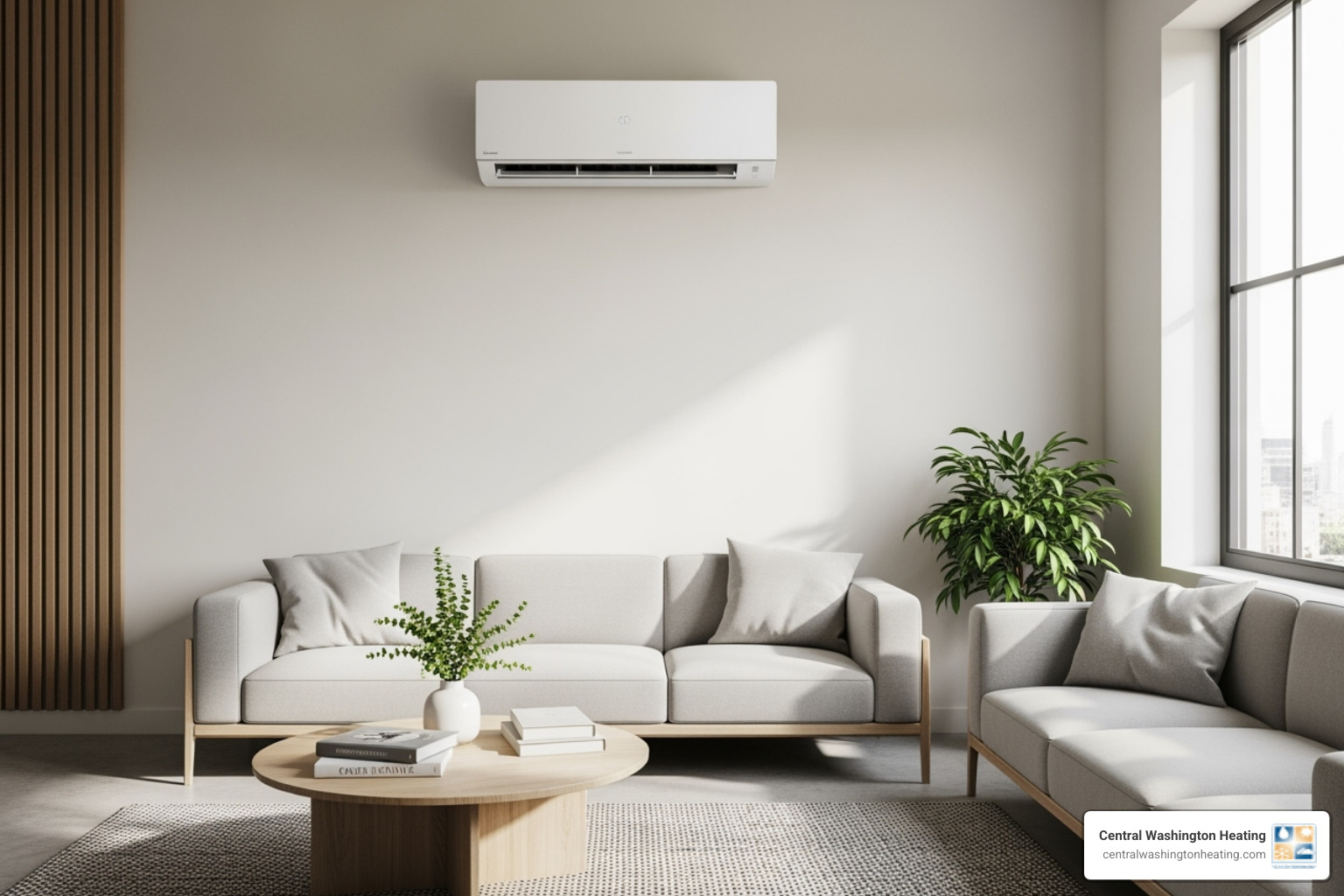
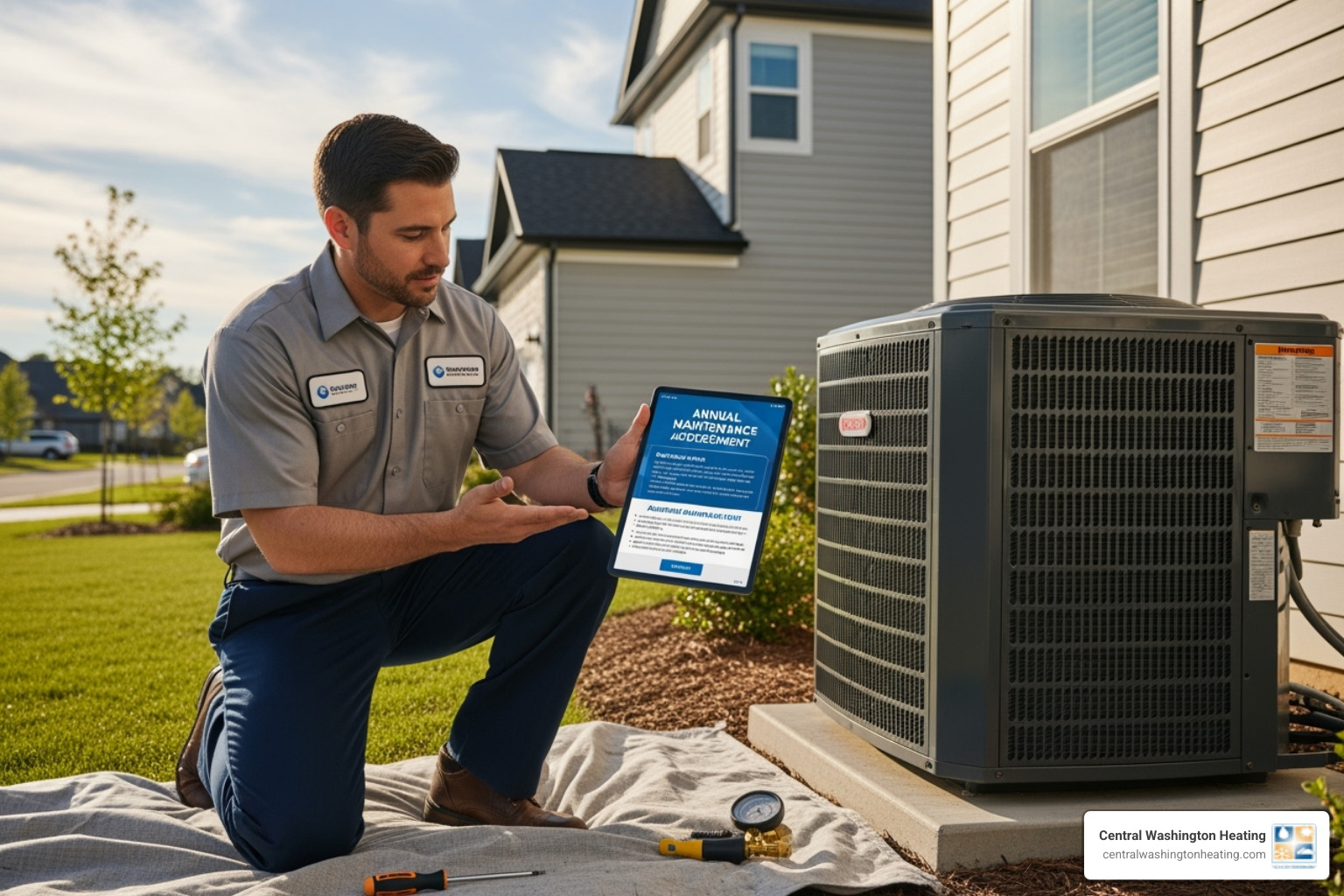
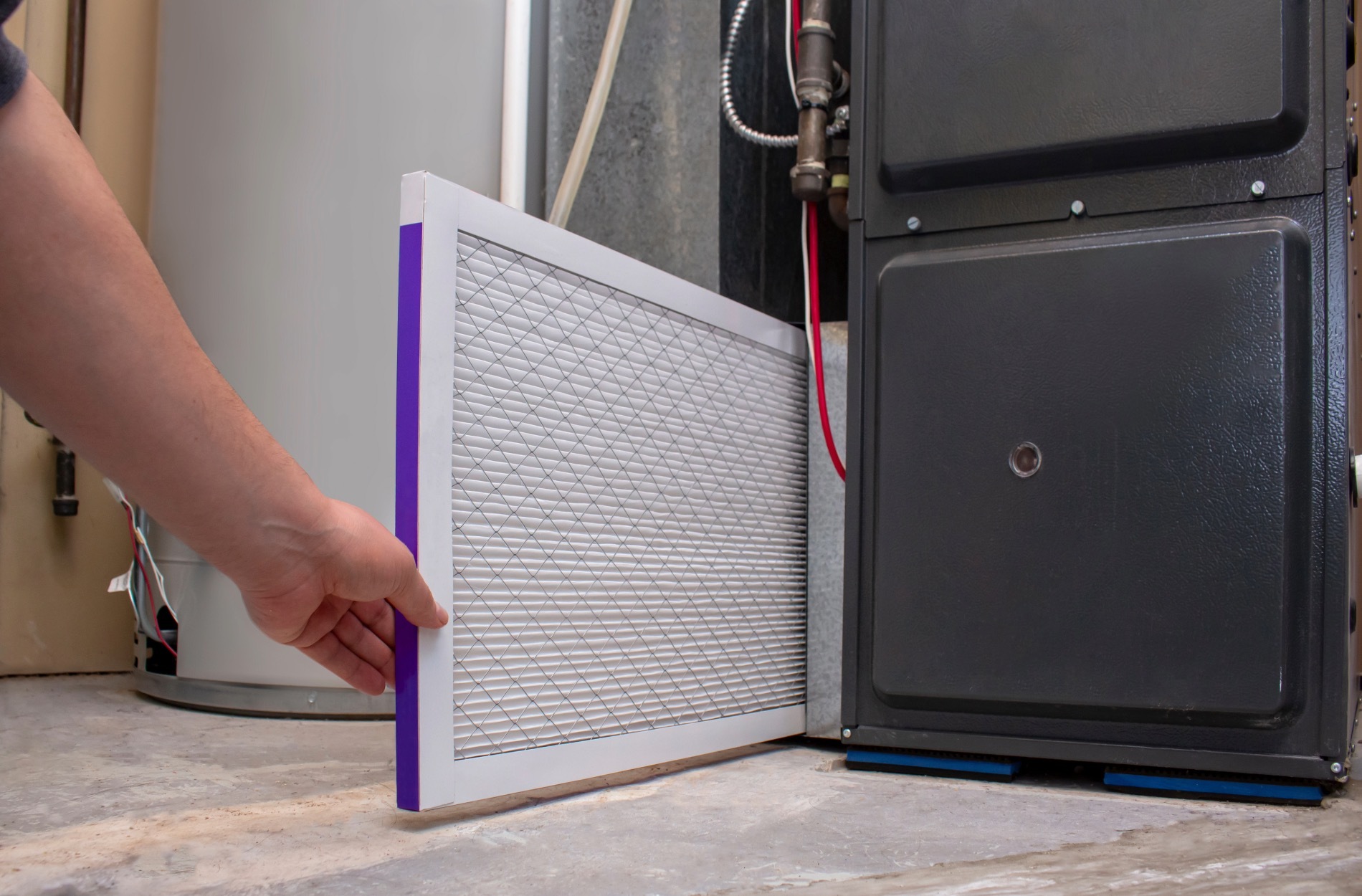

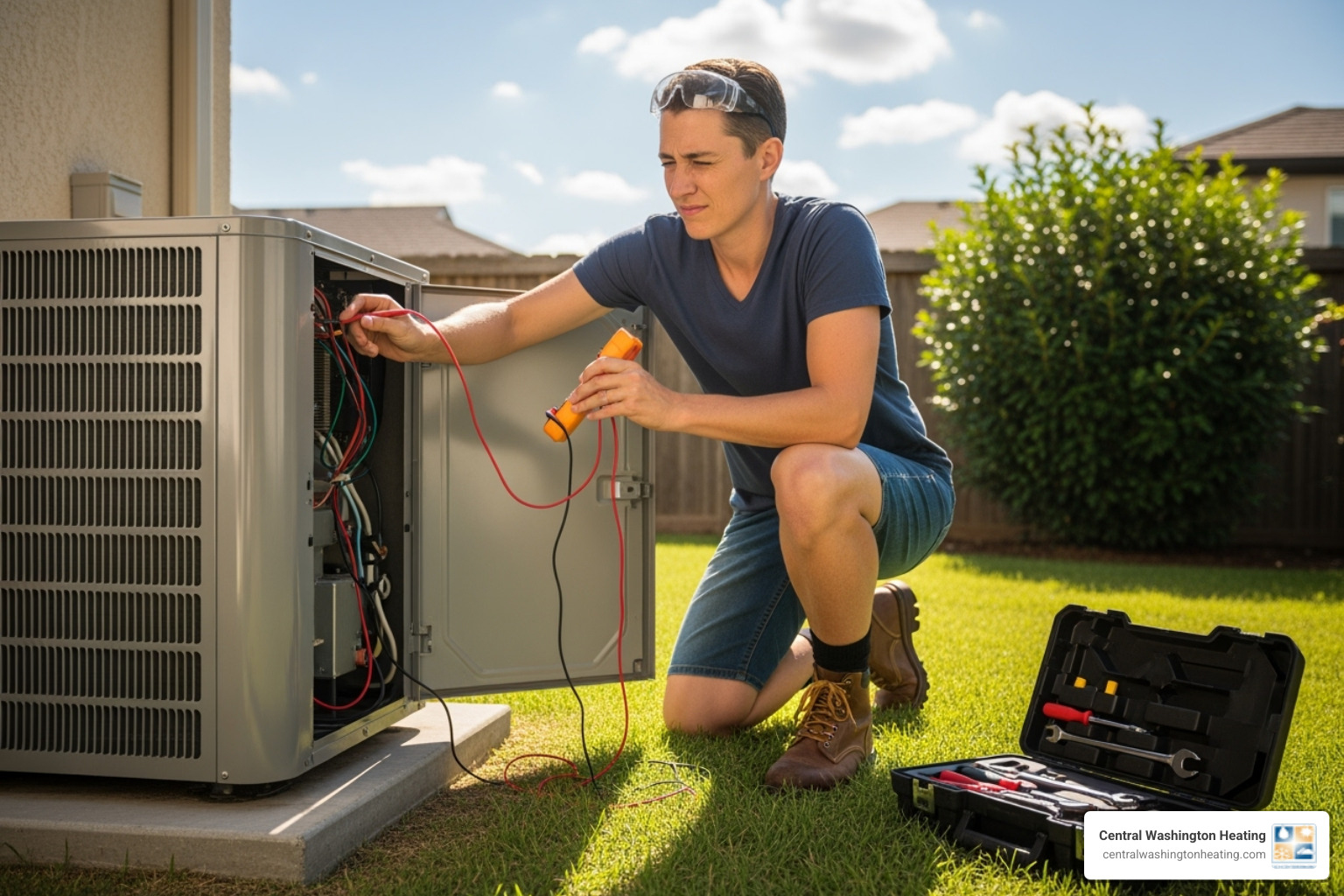

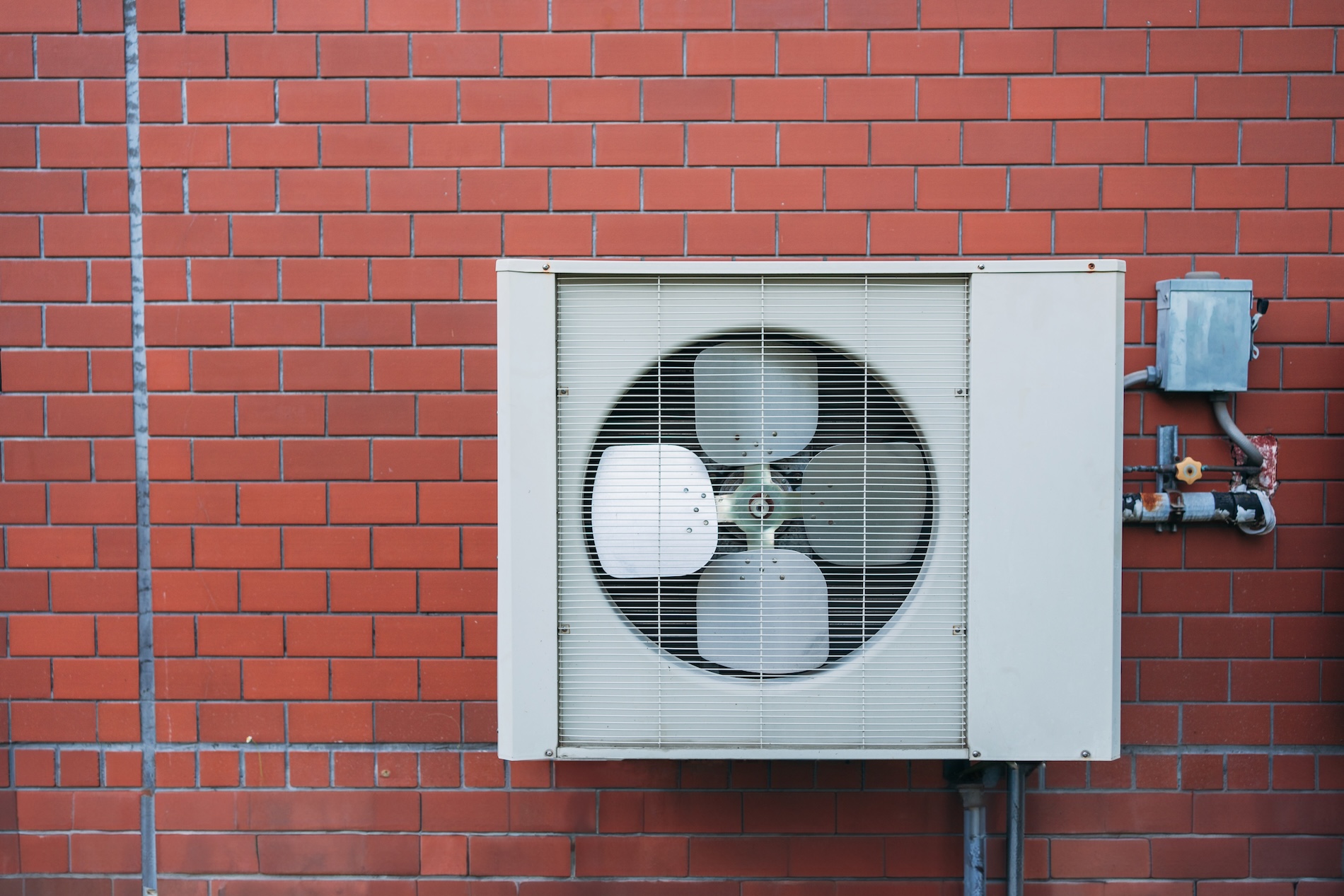



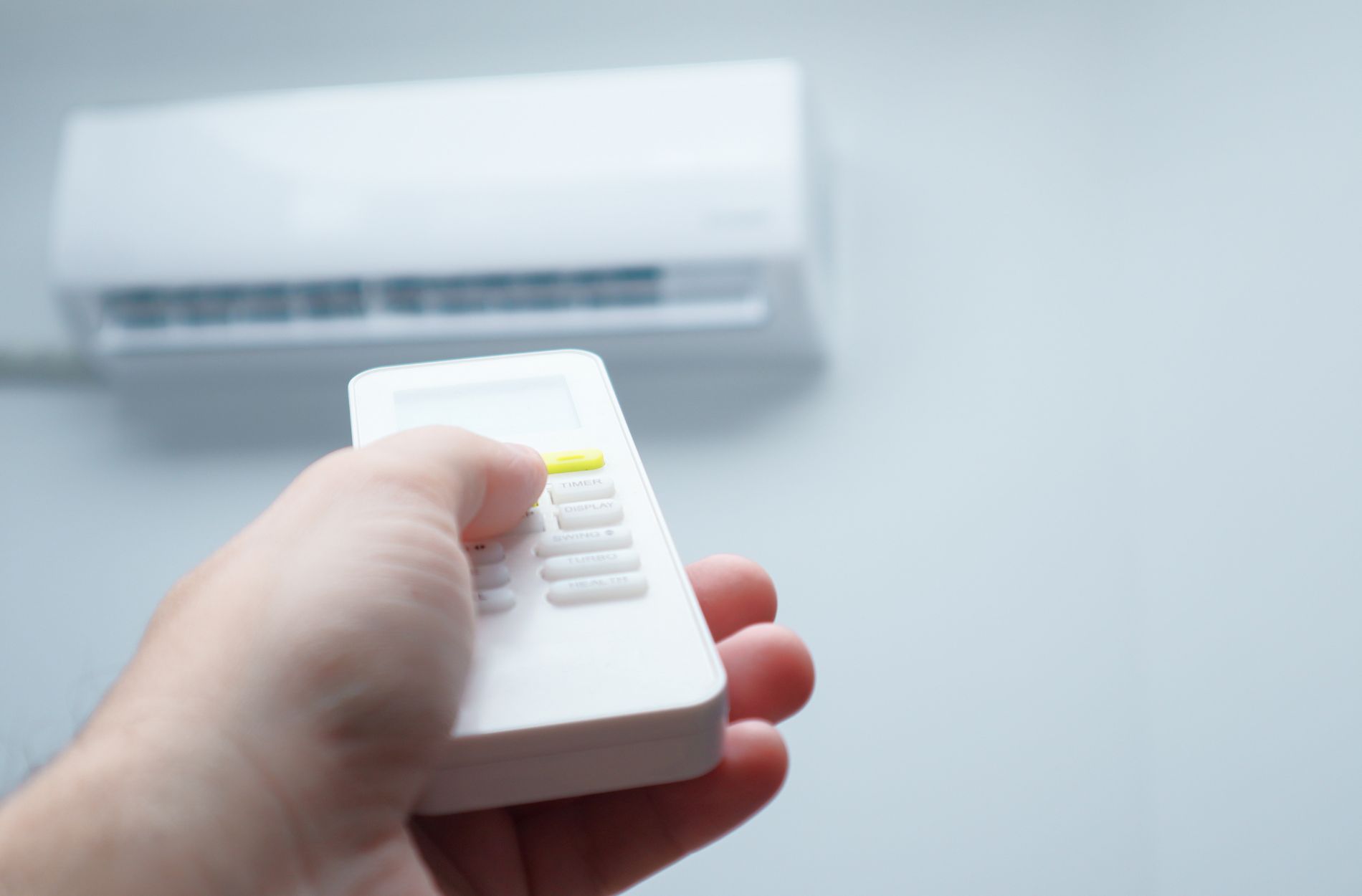
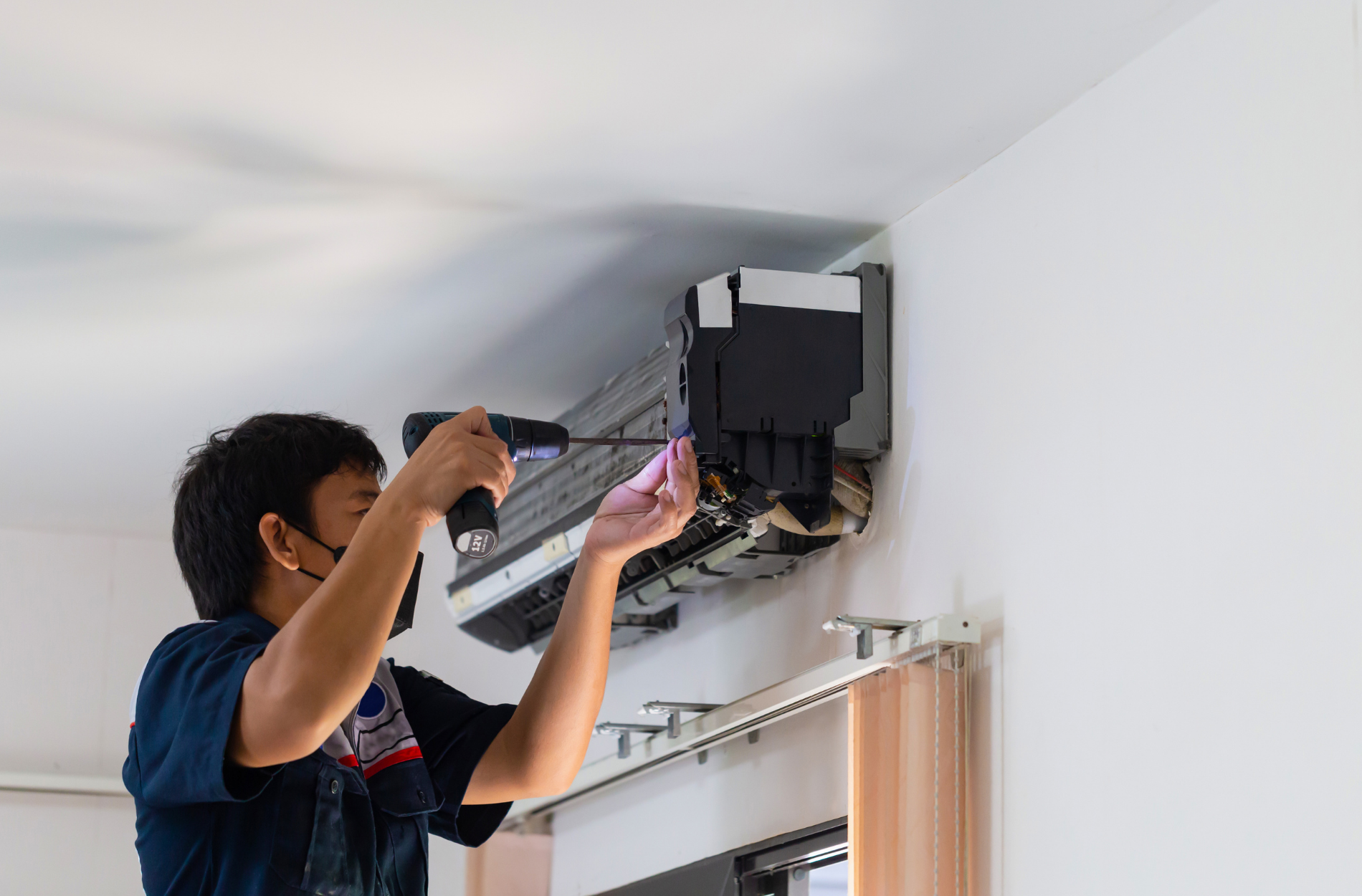
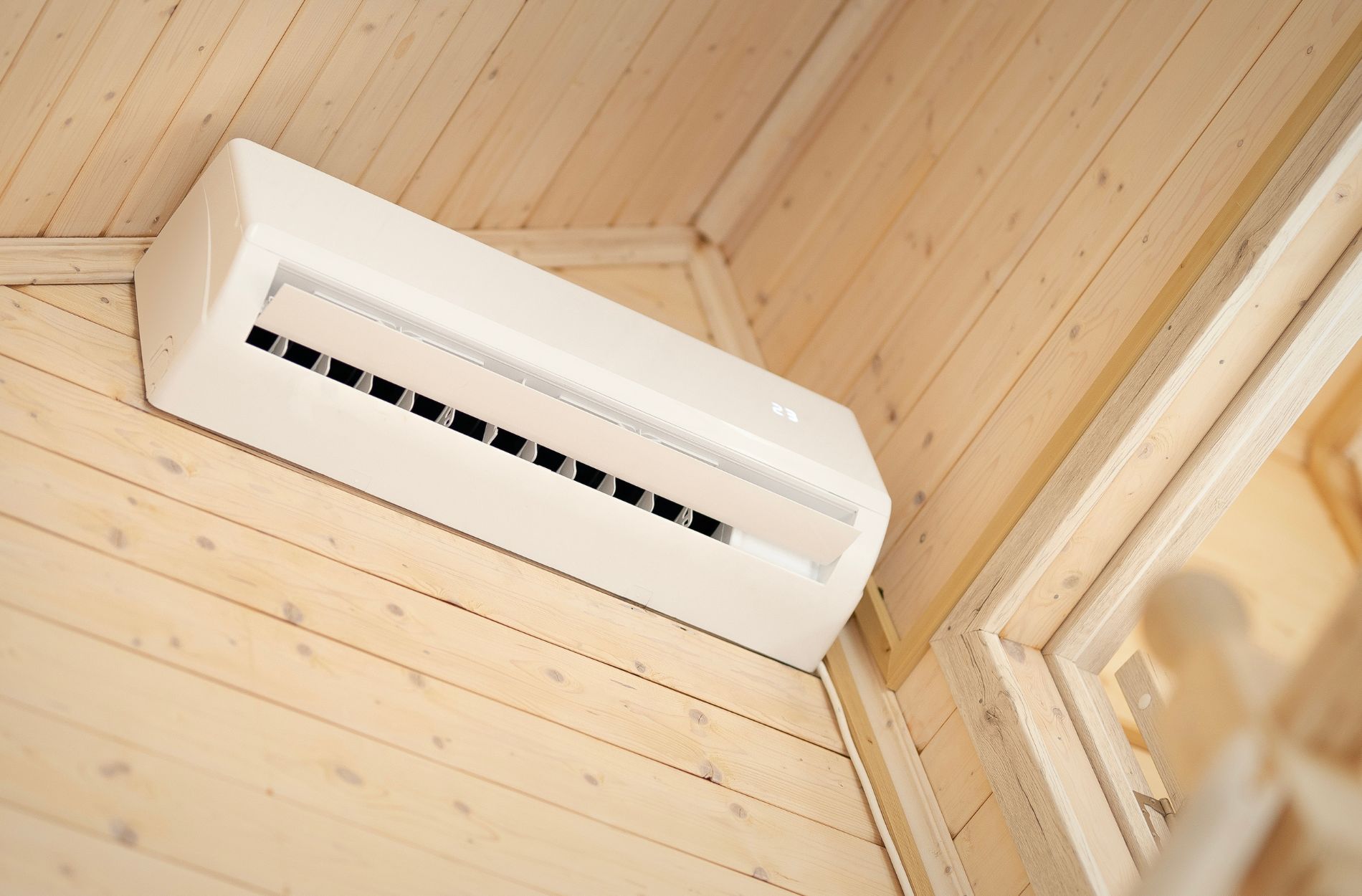
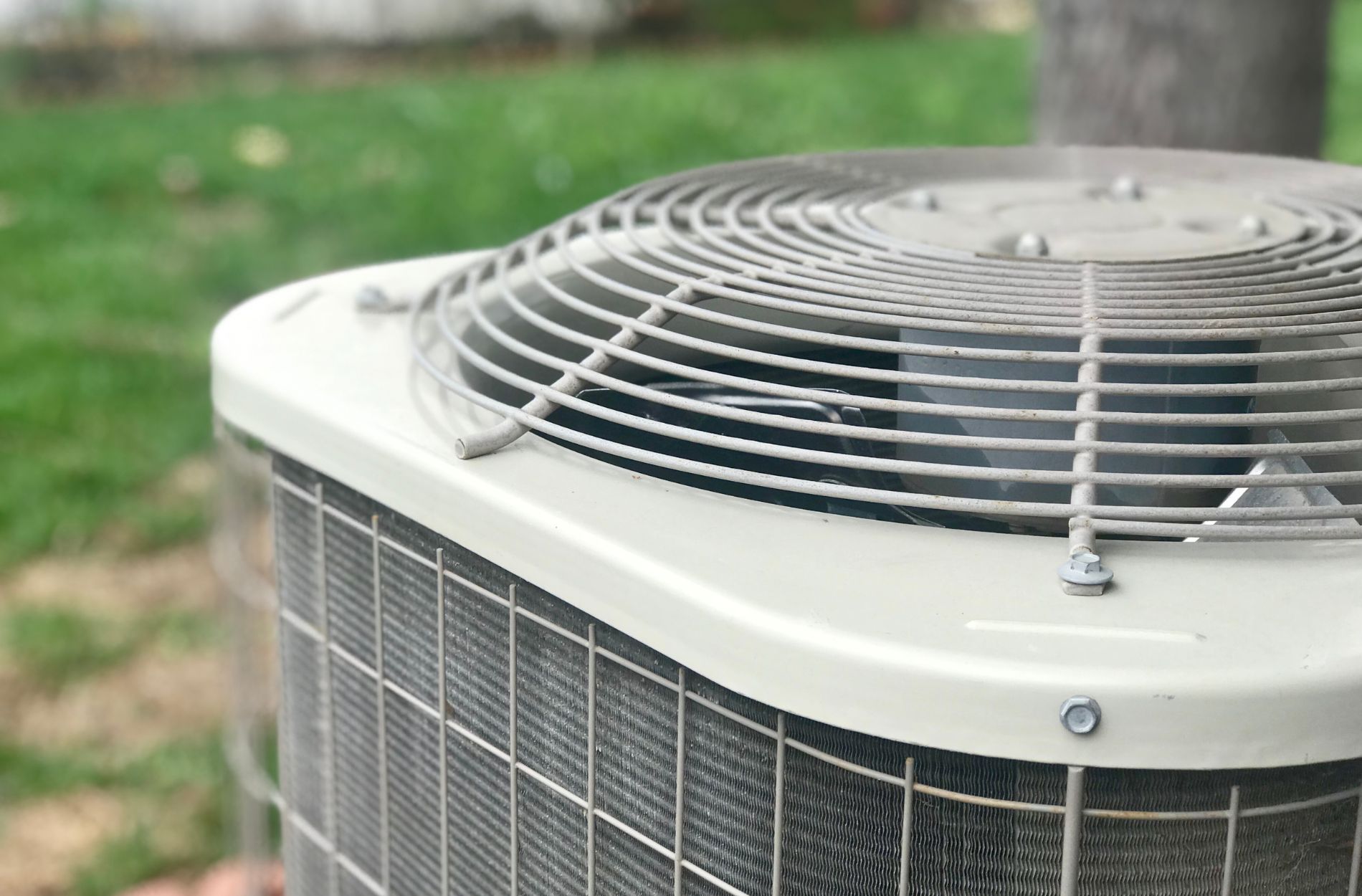
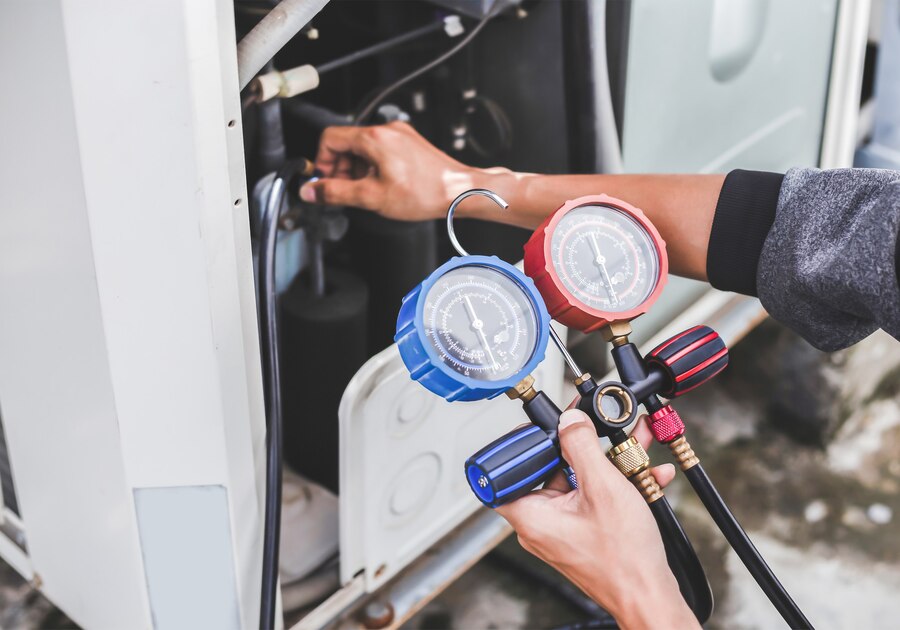

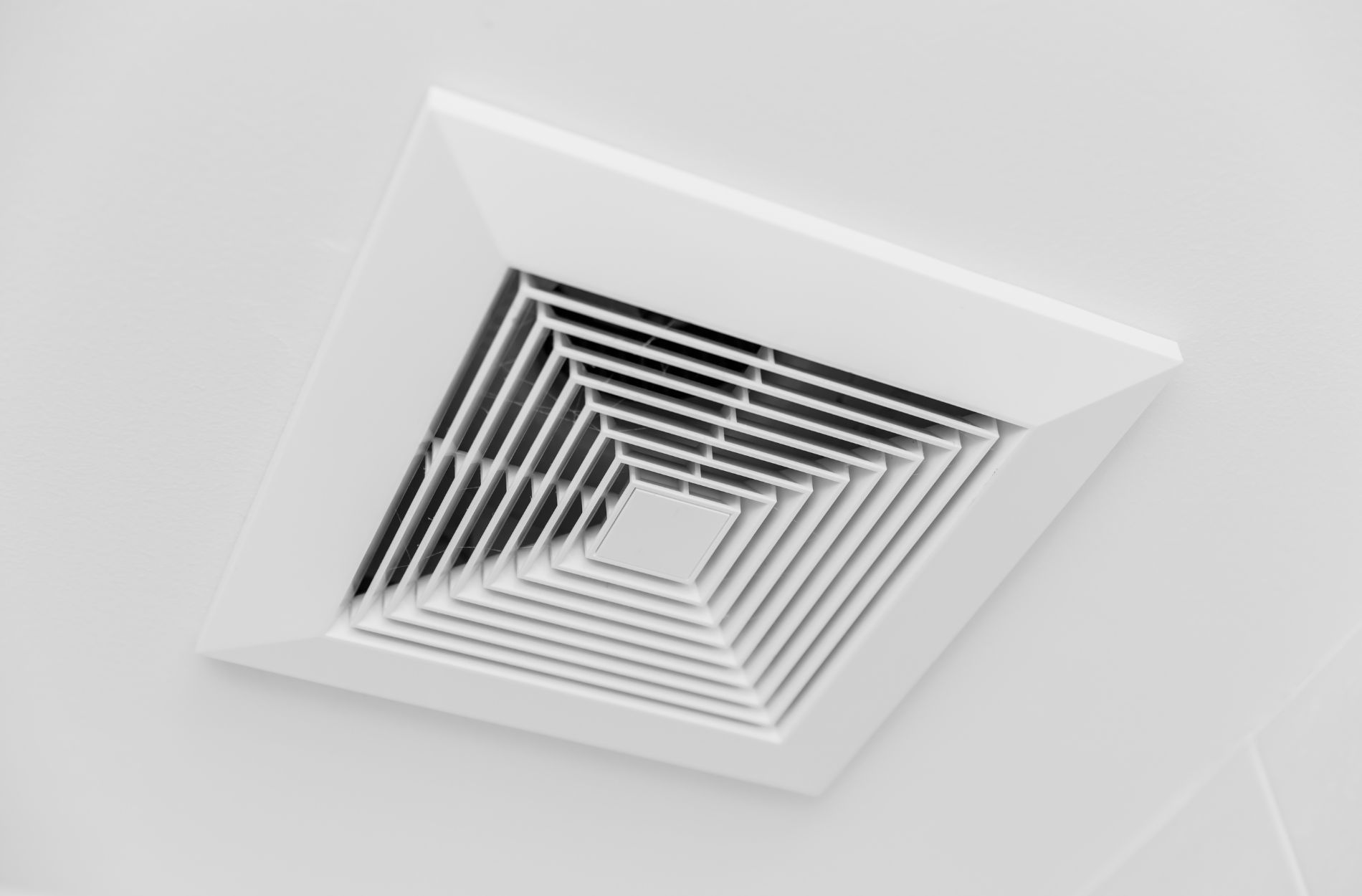
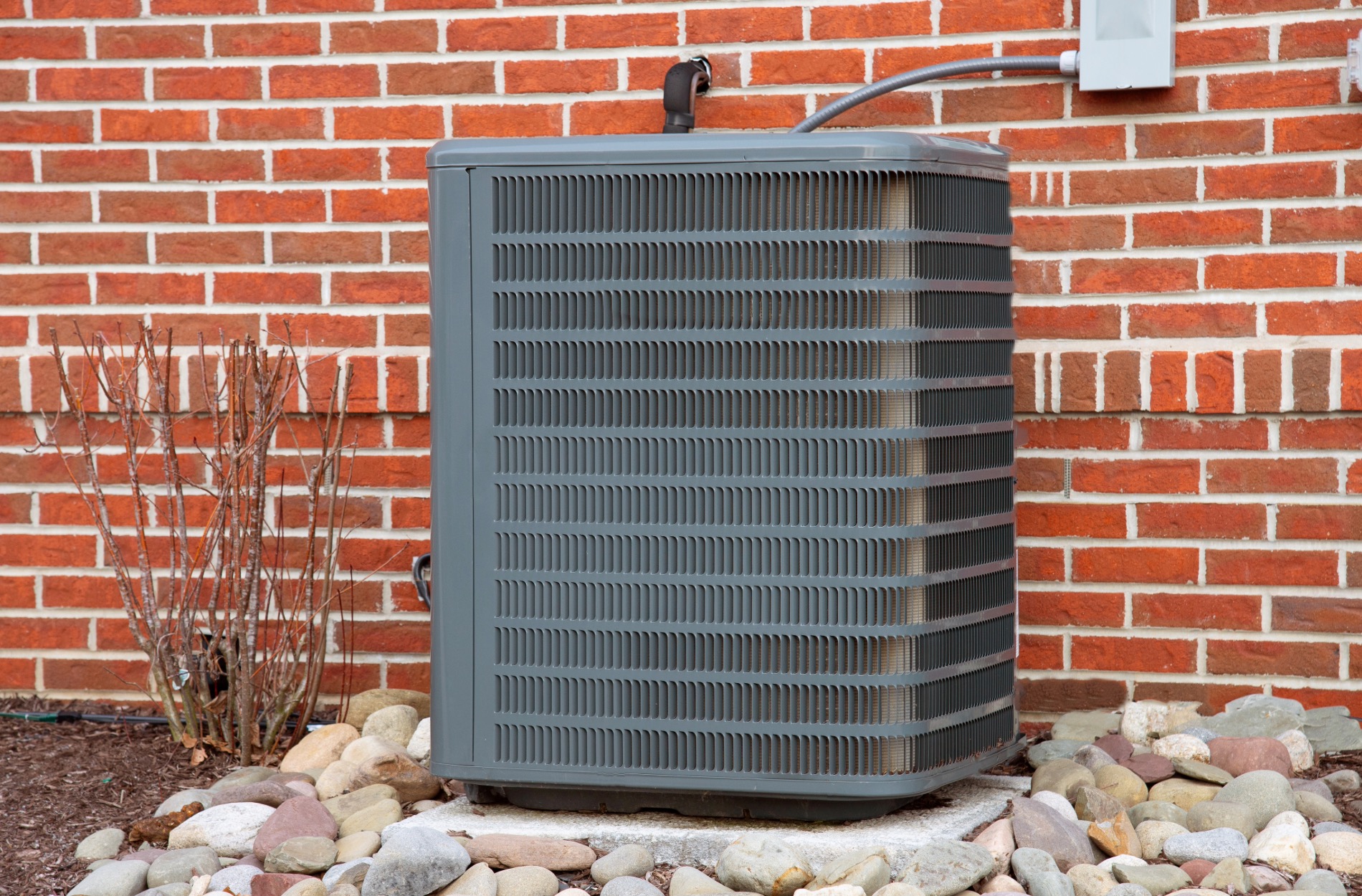
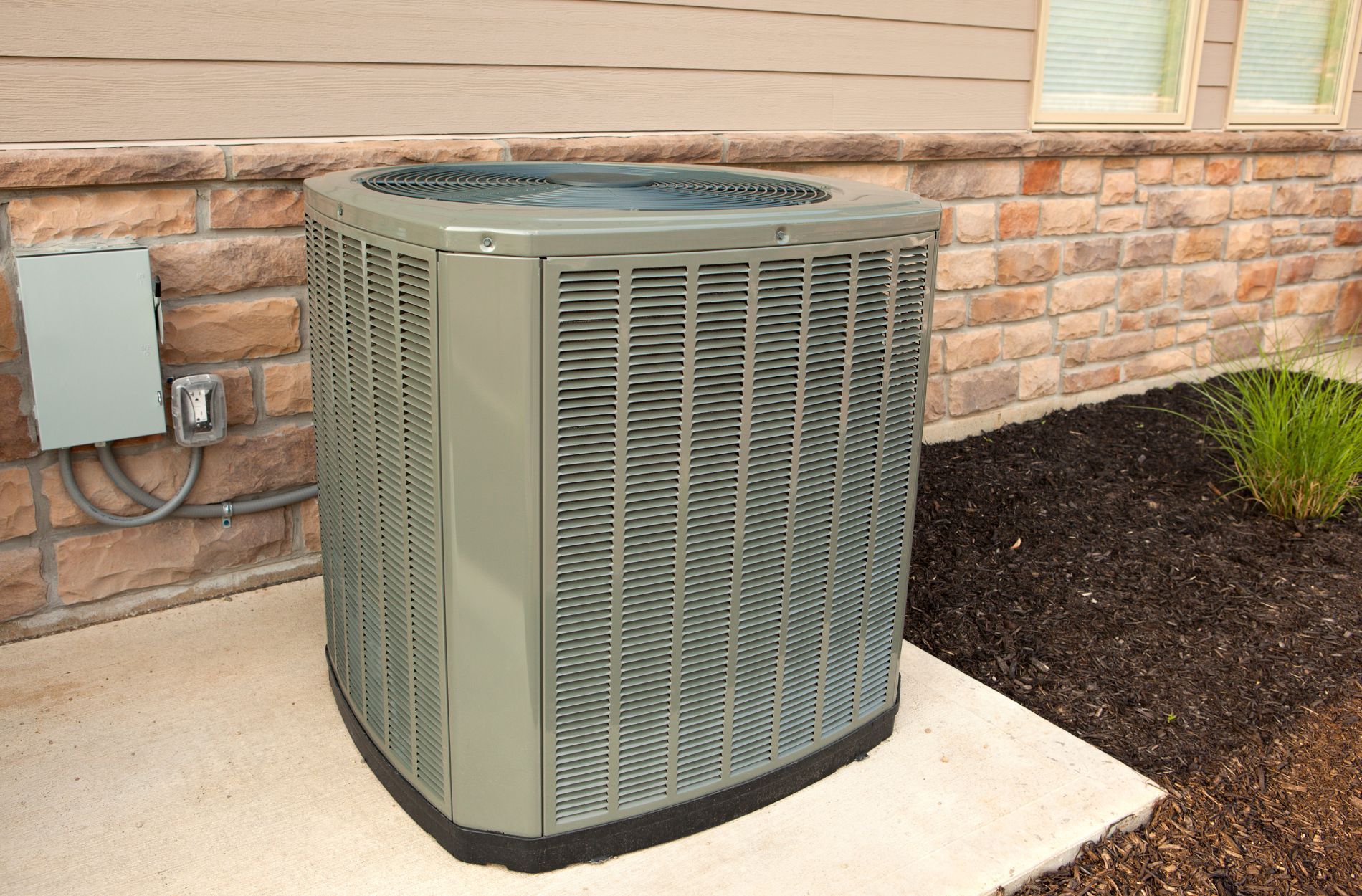
.jpg)

.svg)


.svg)





